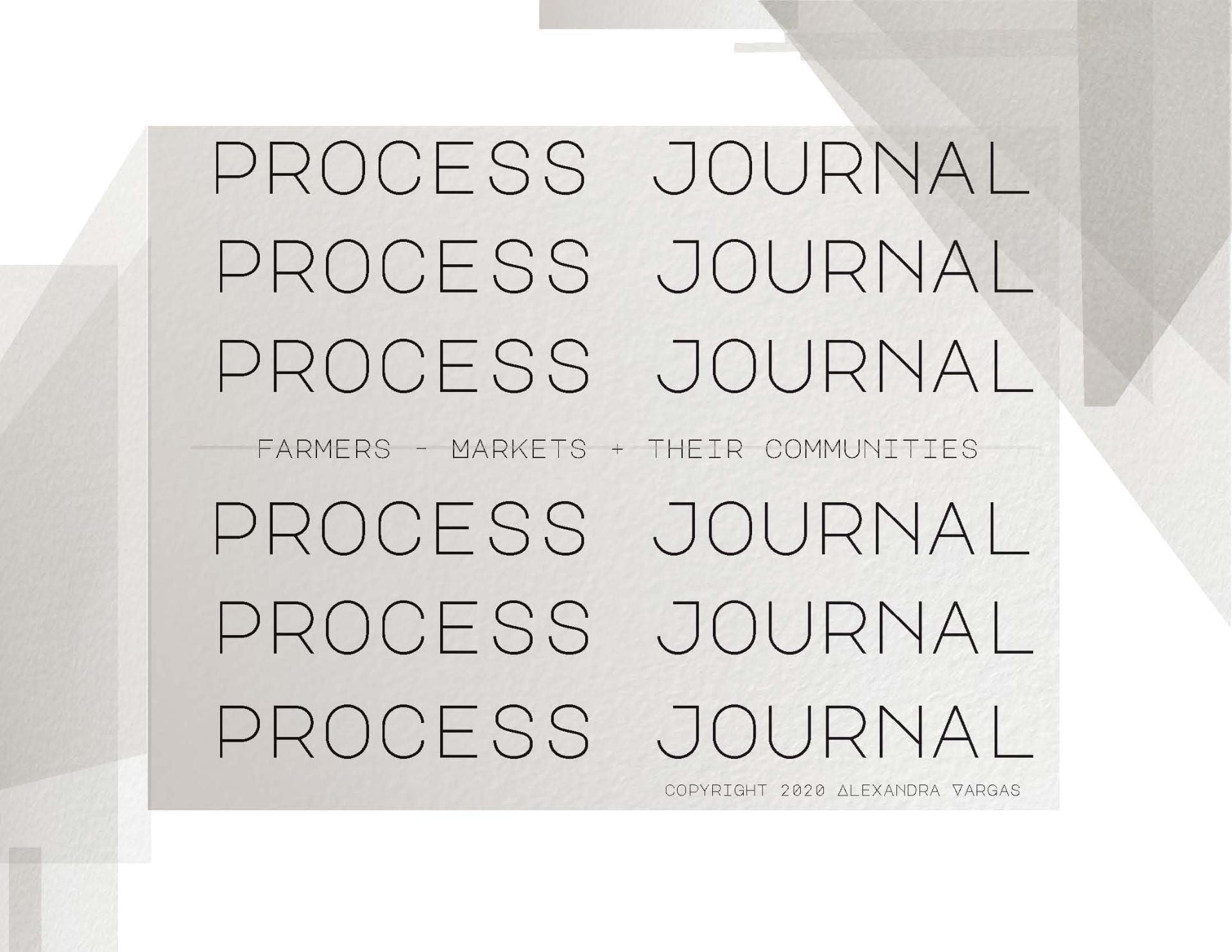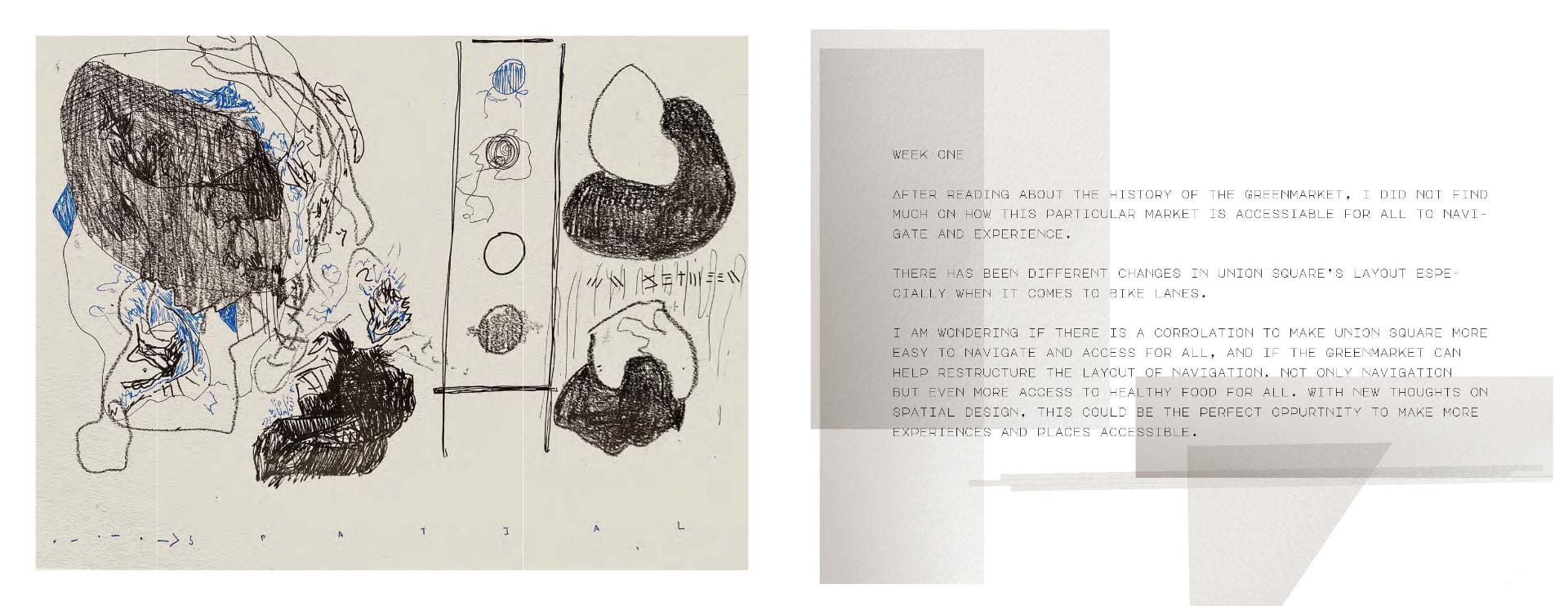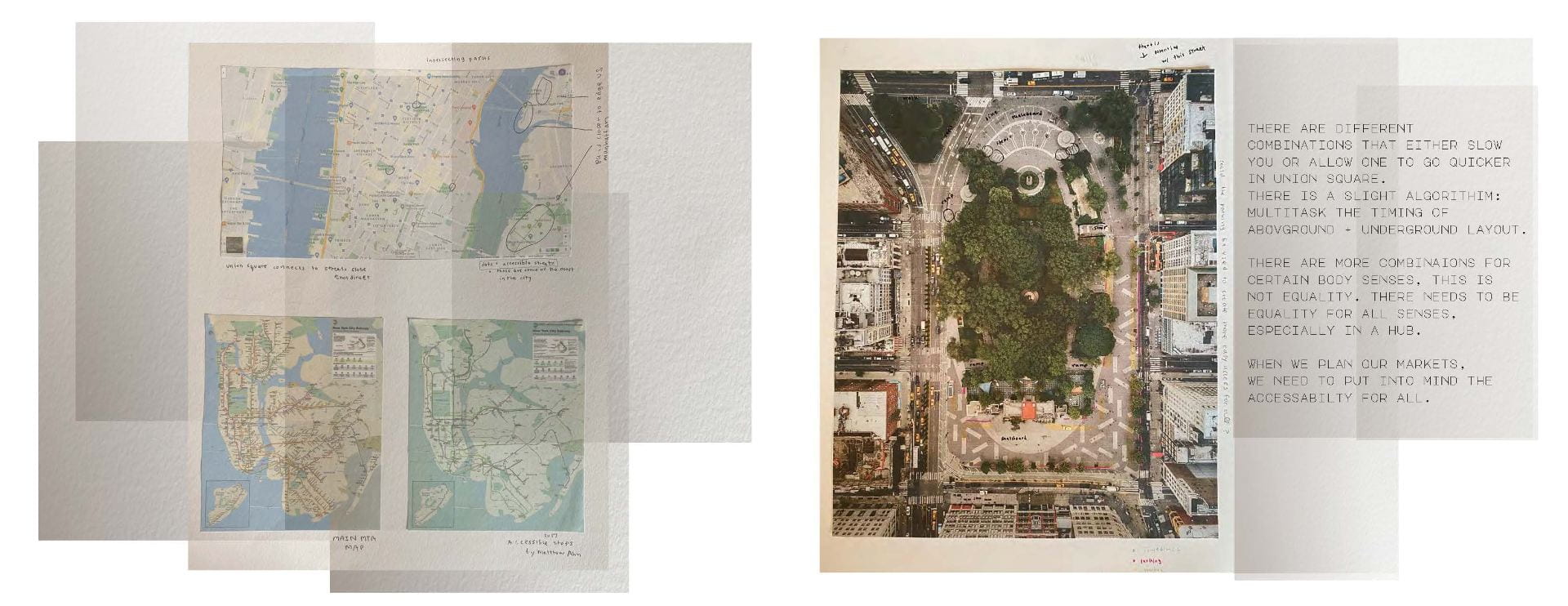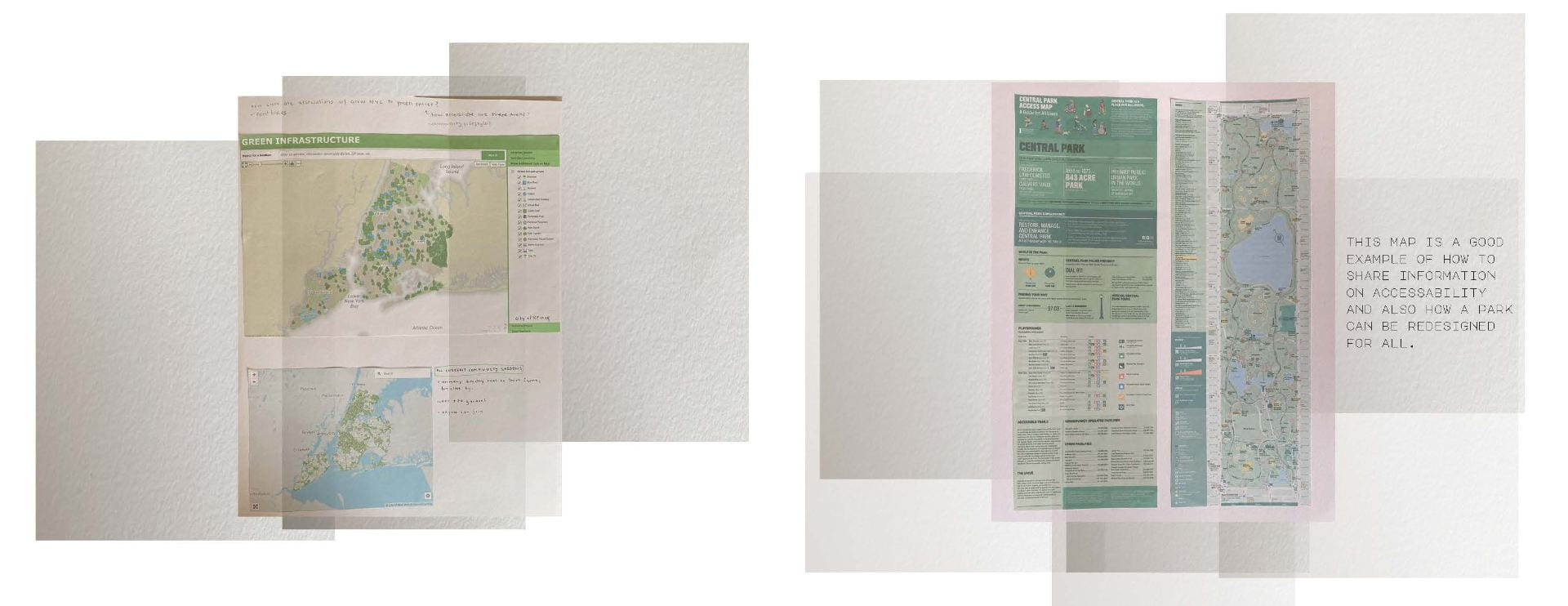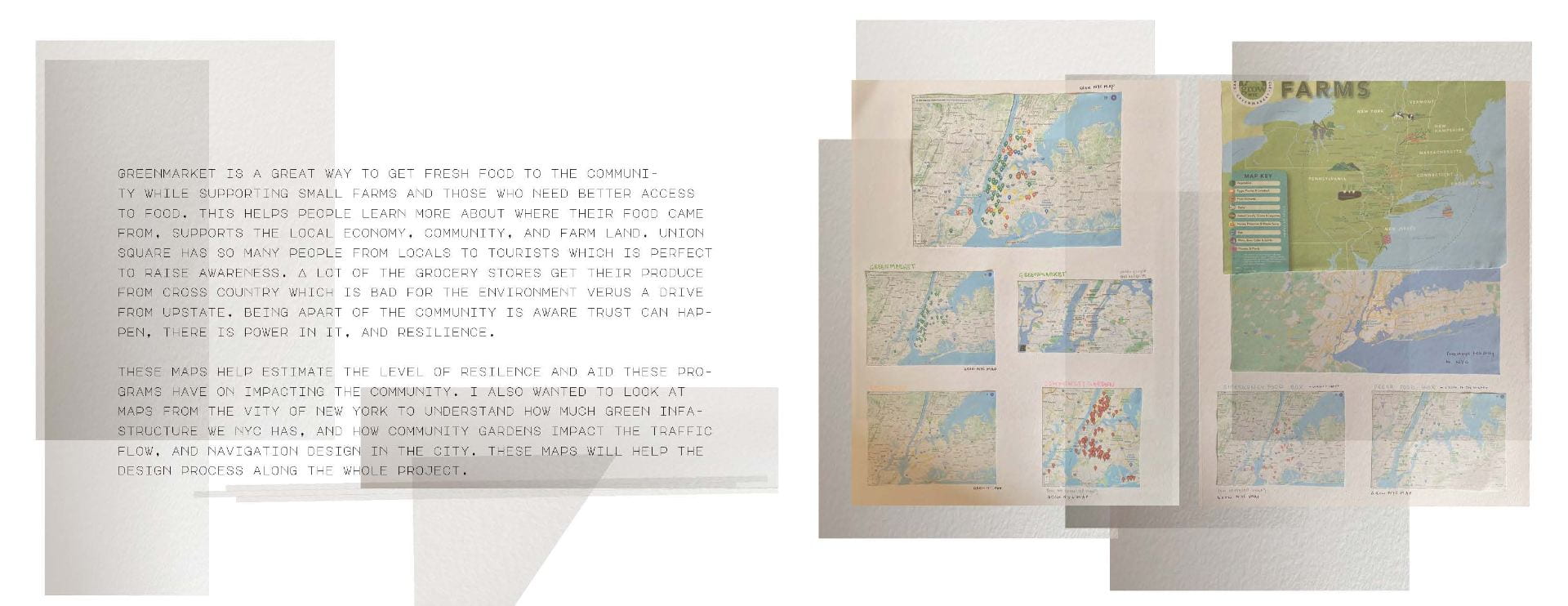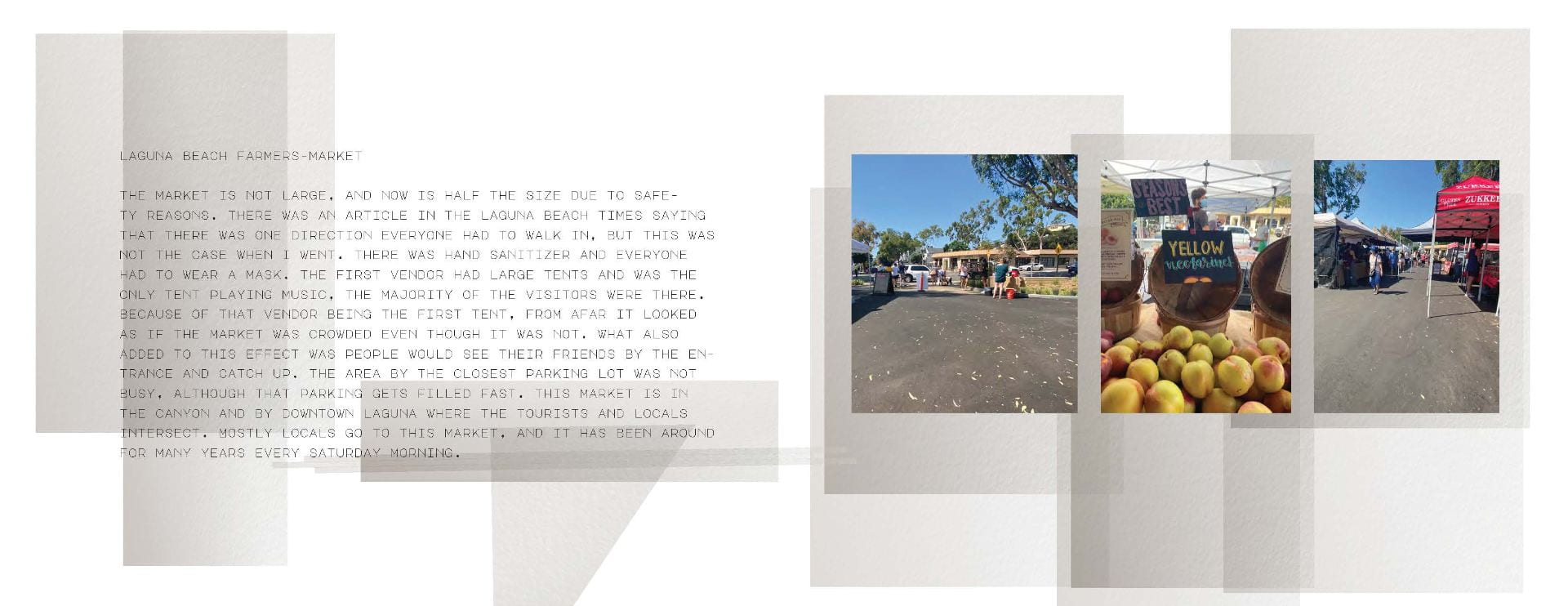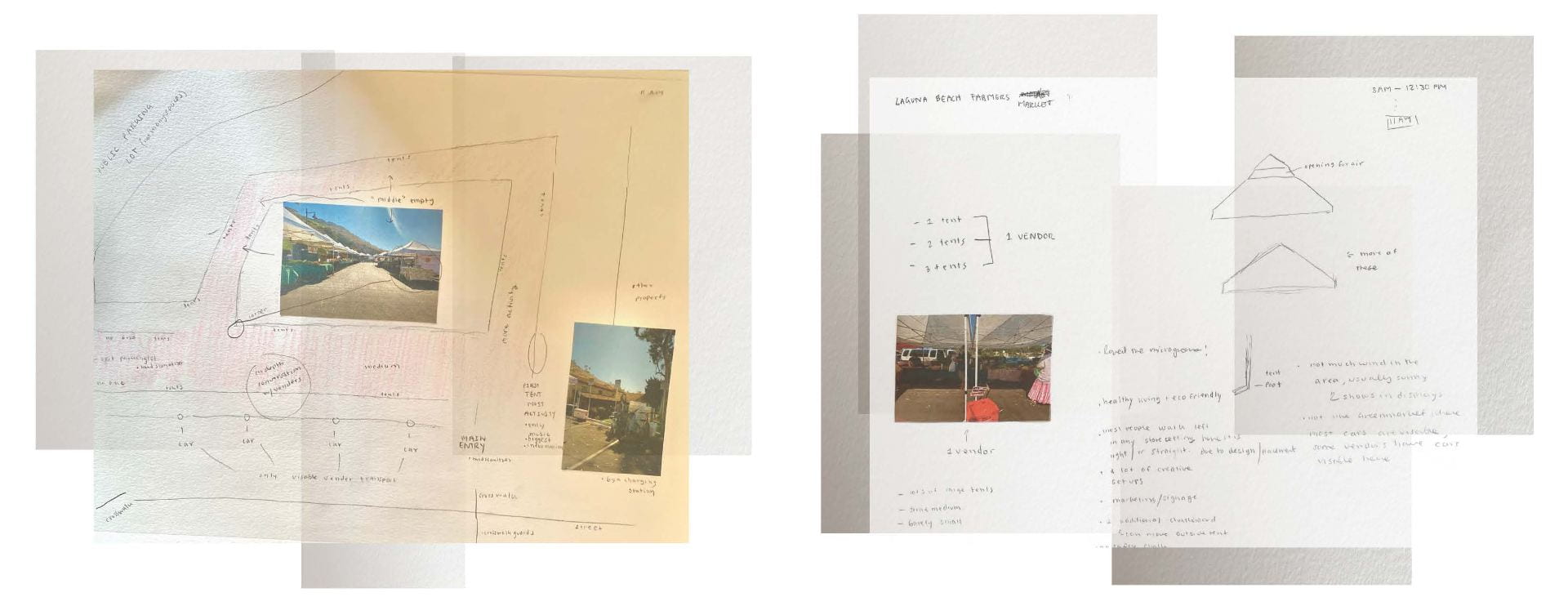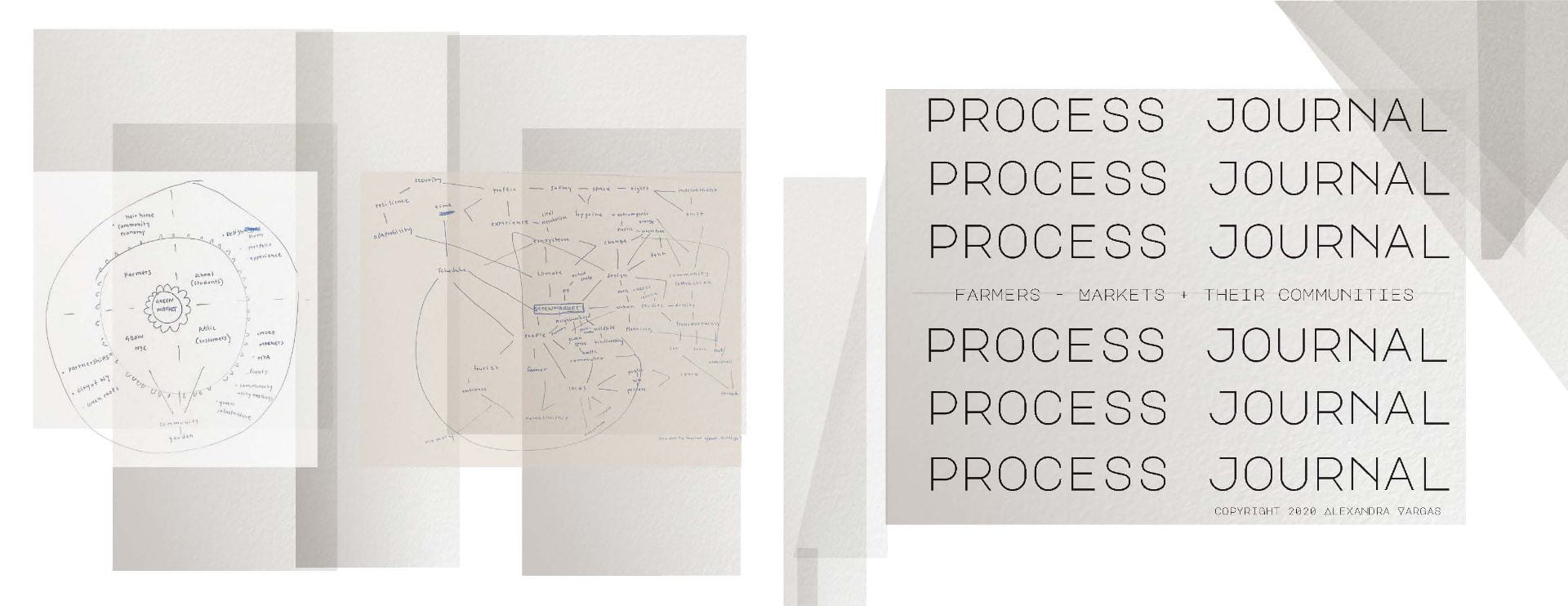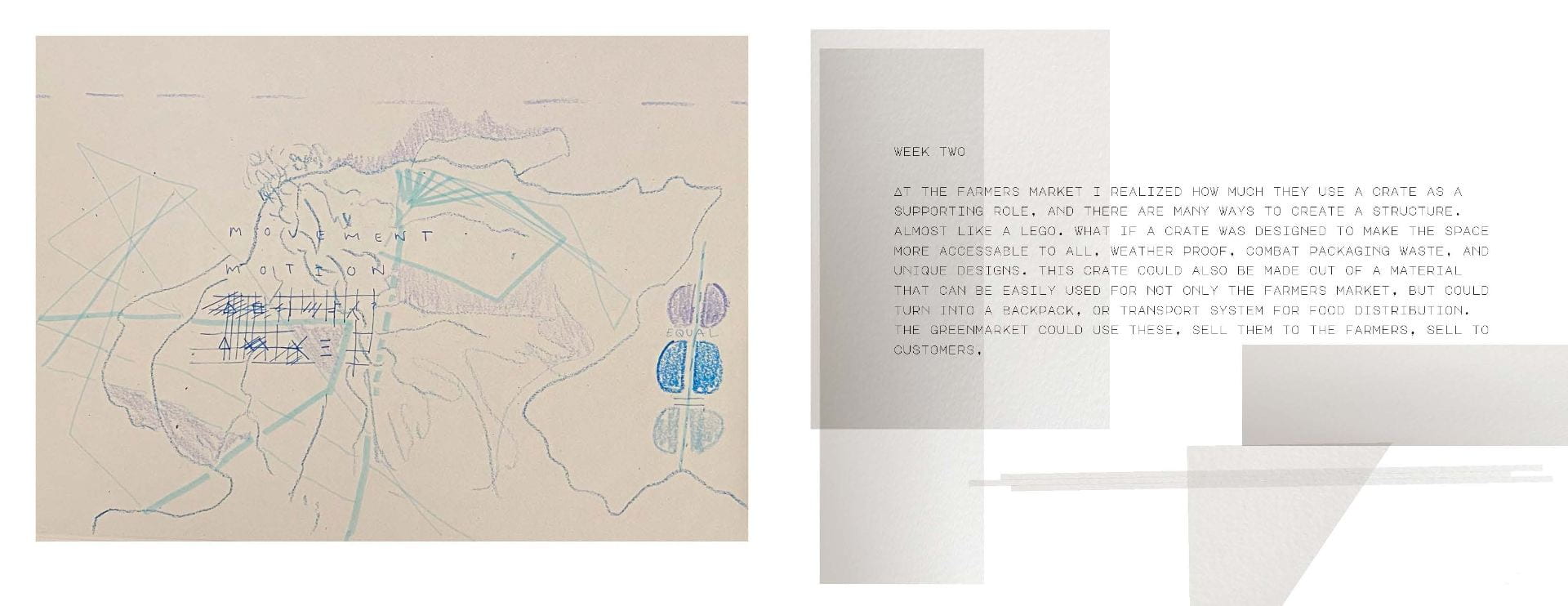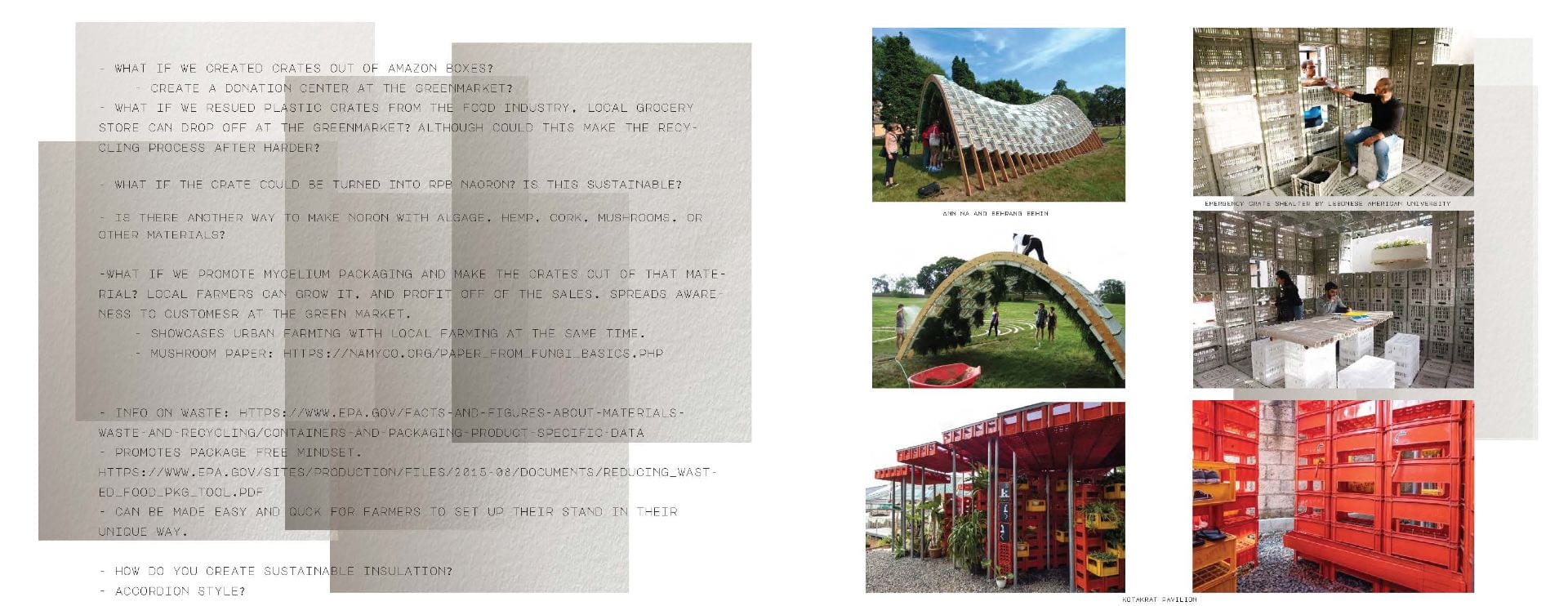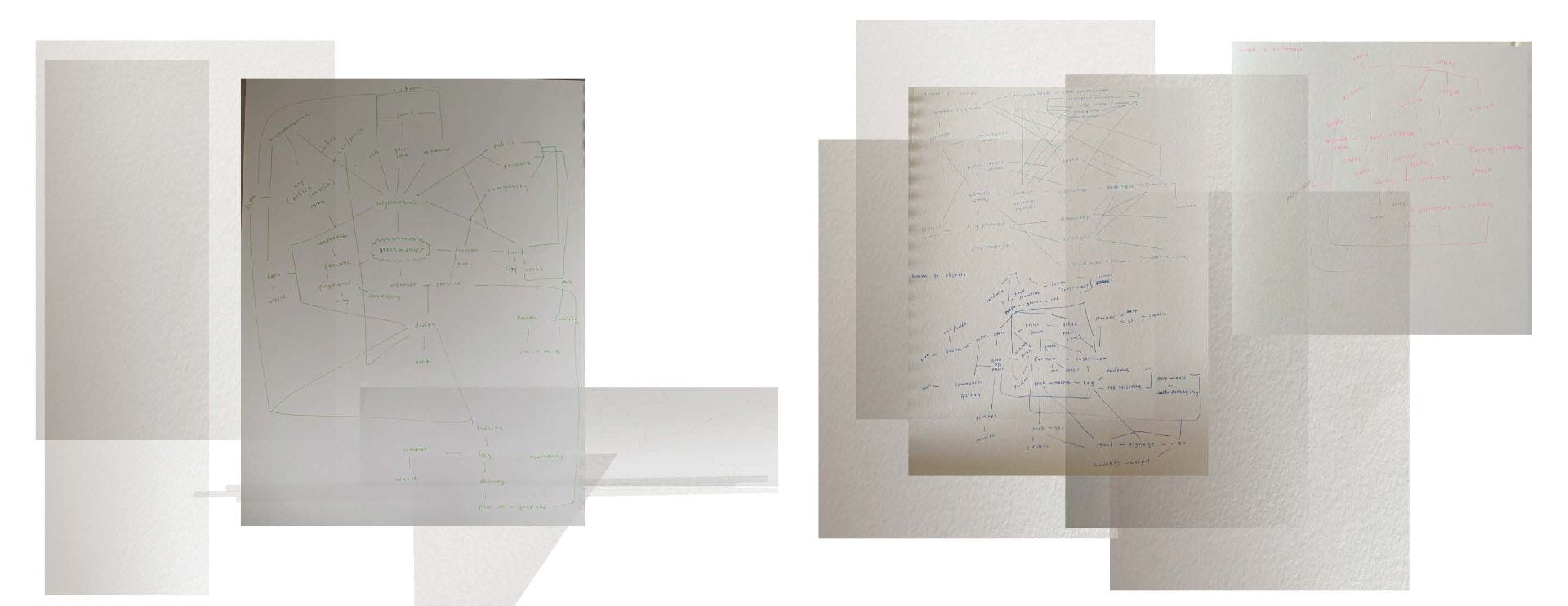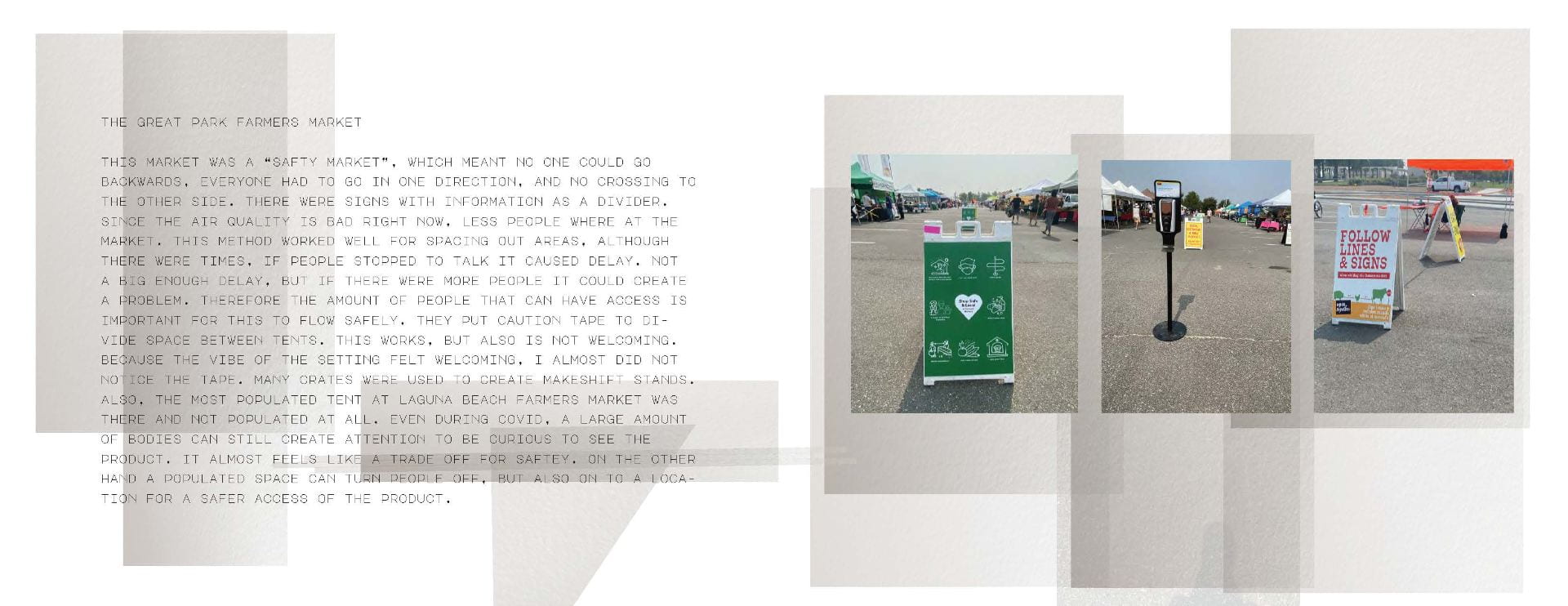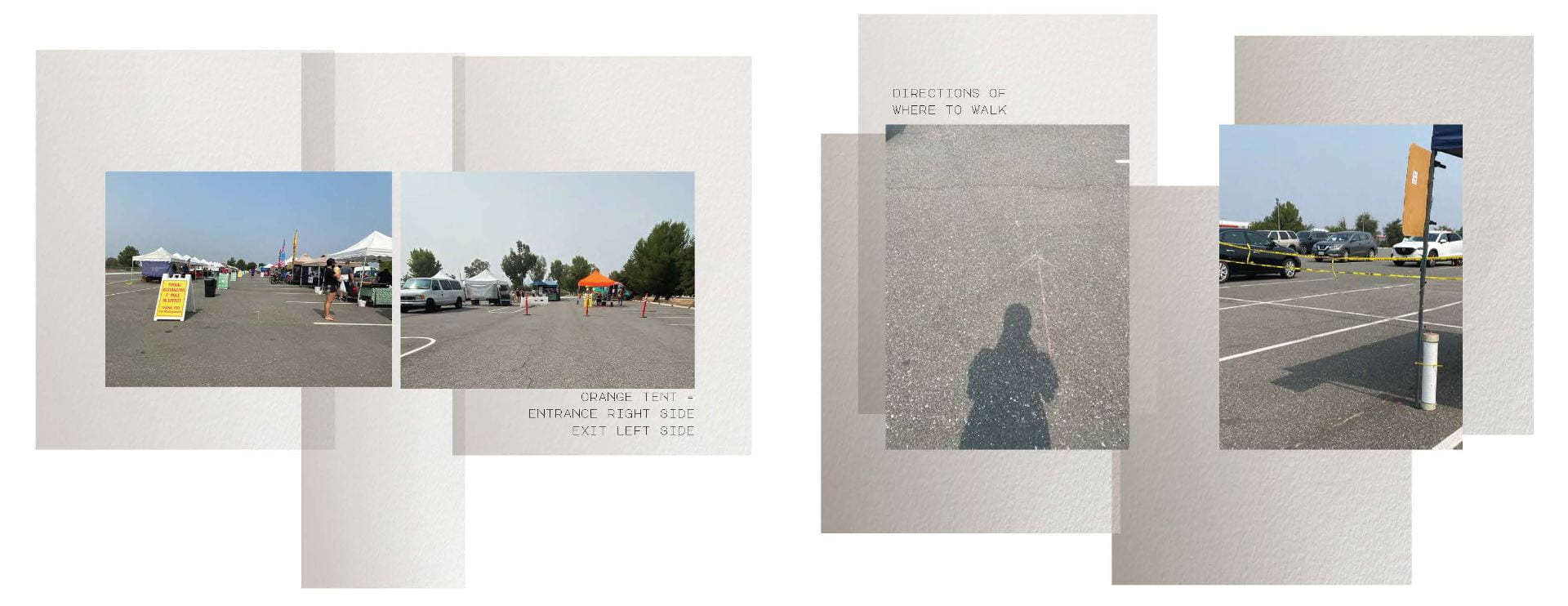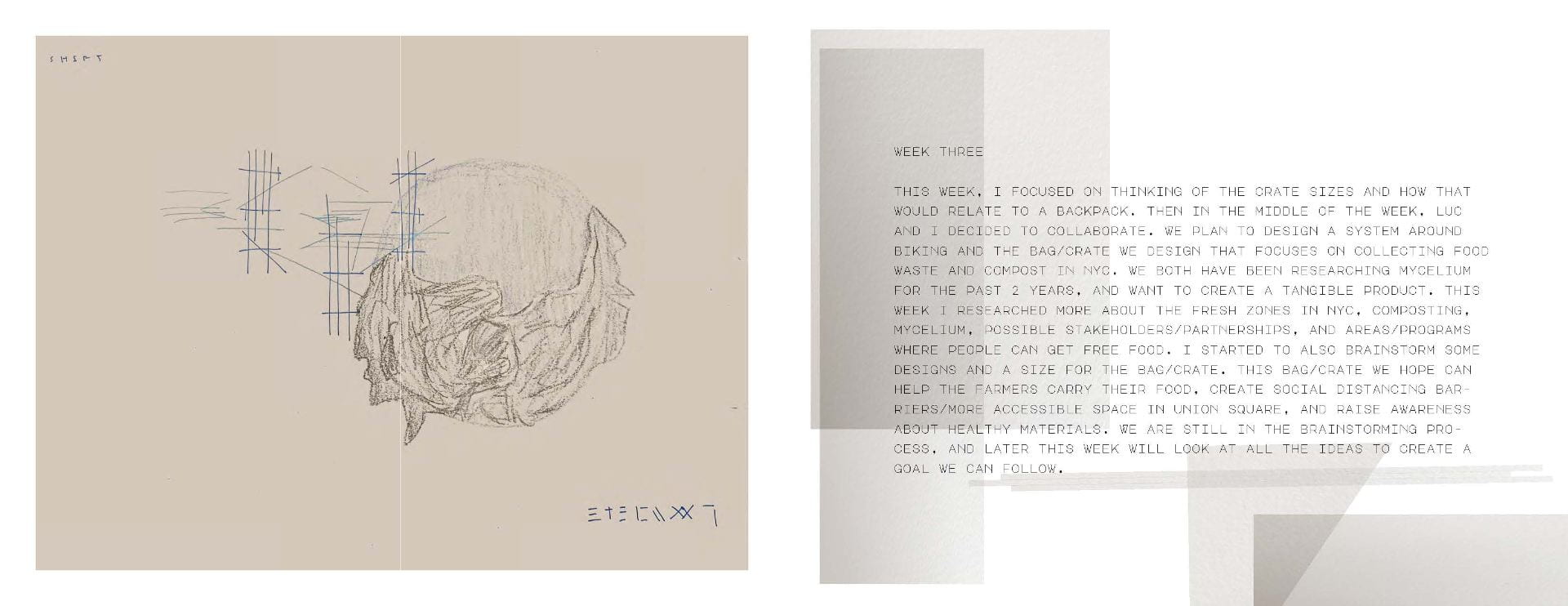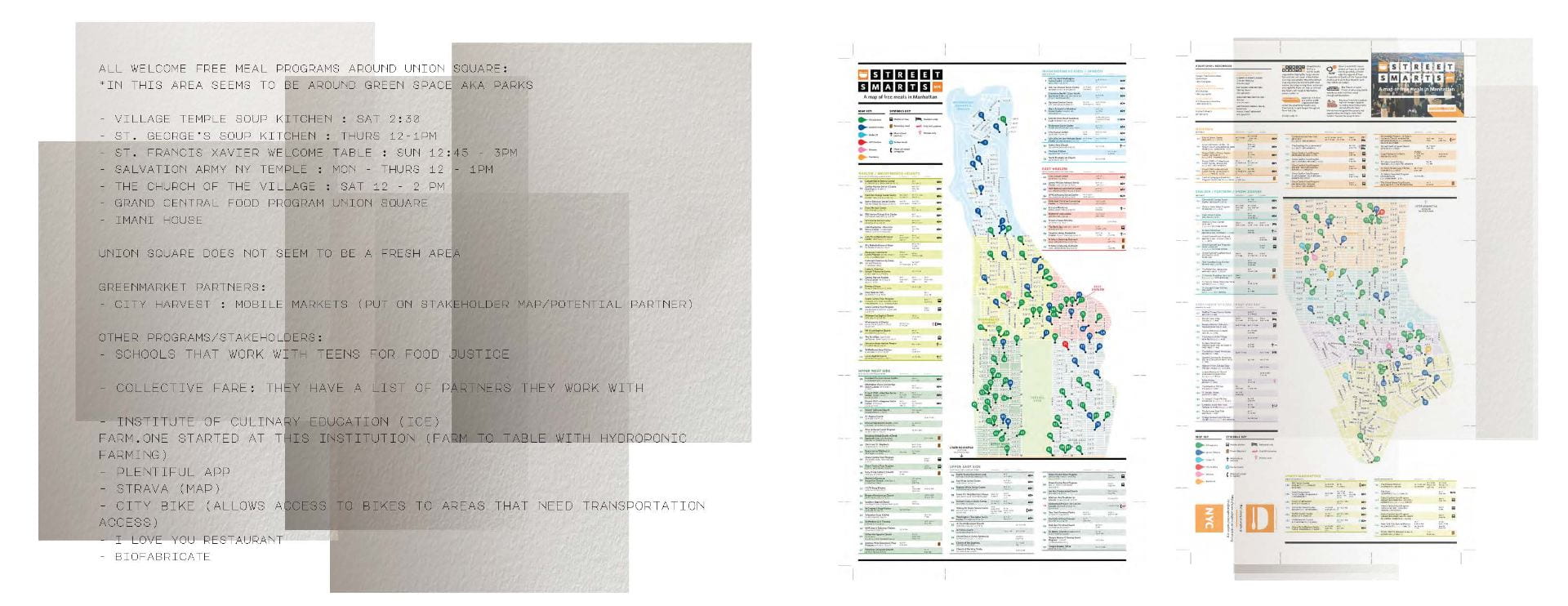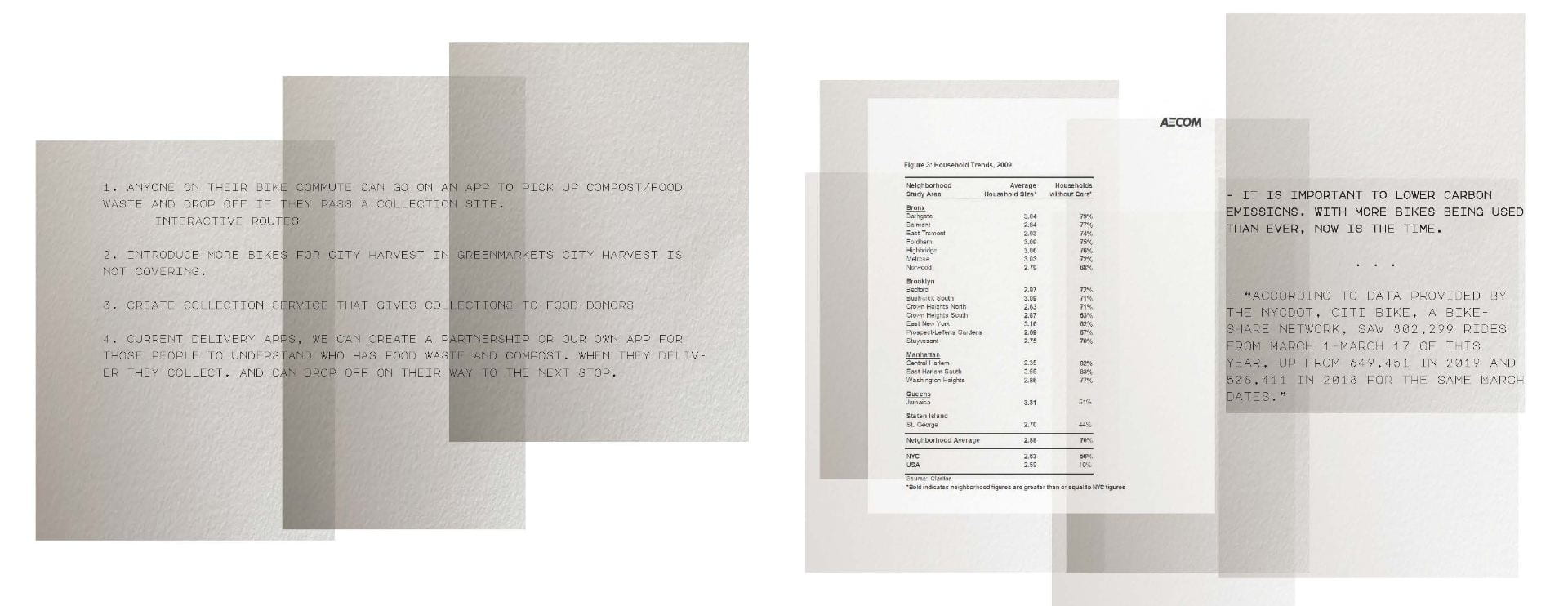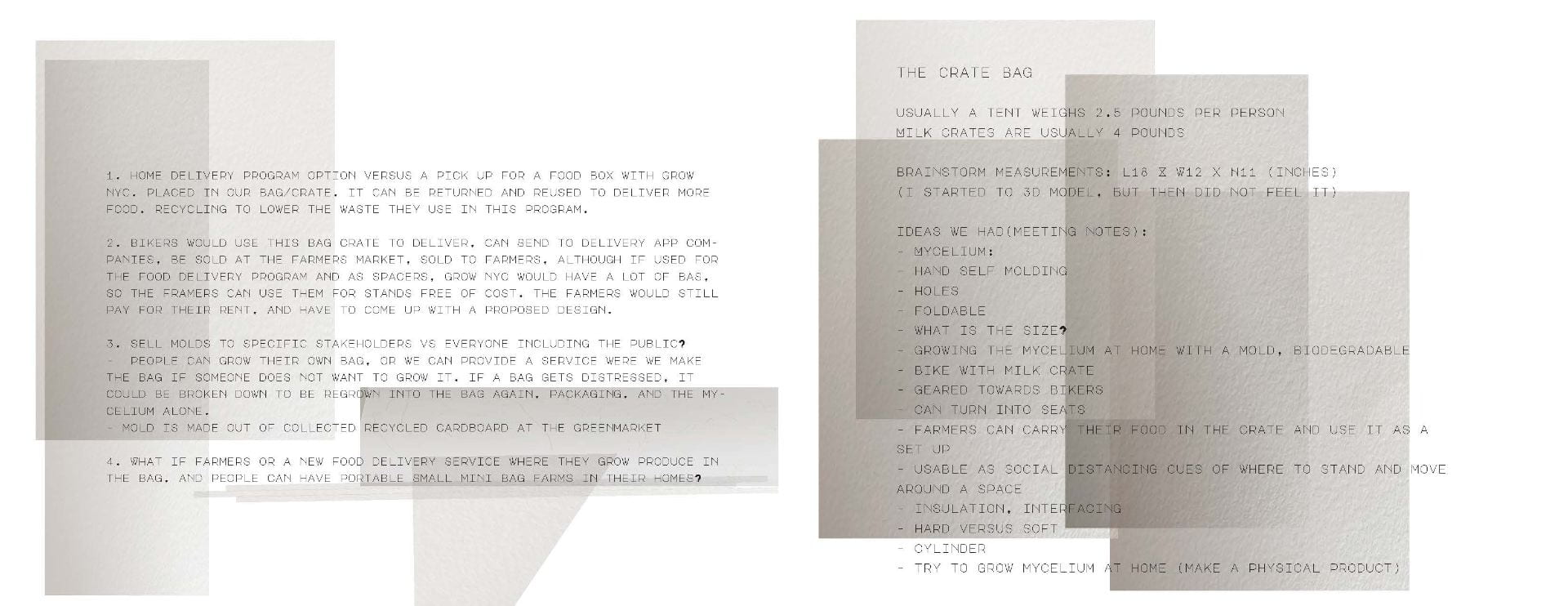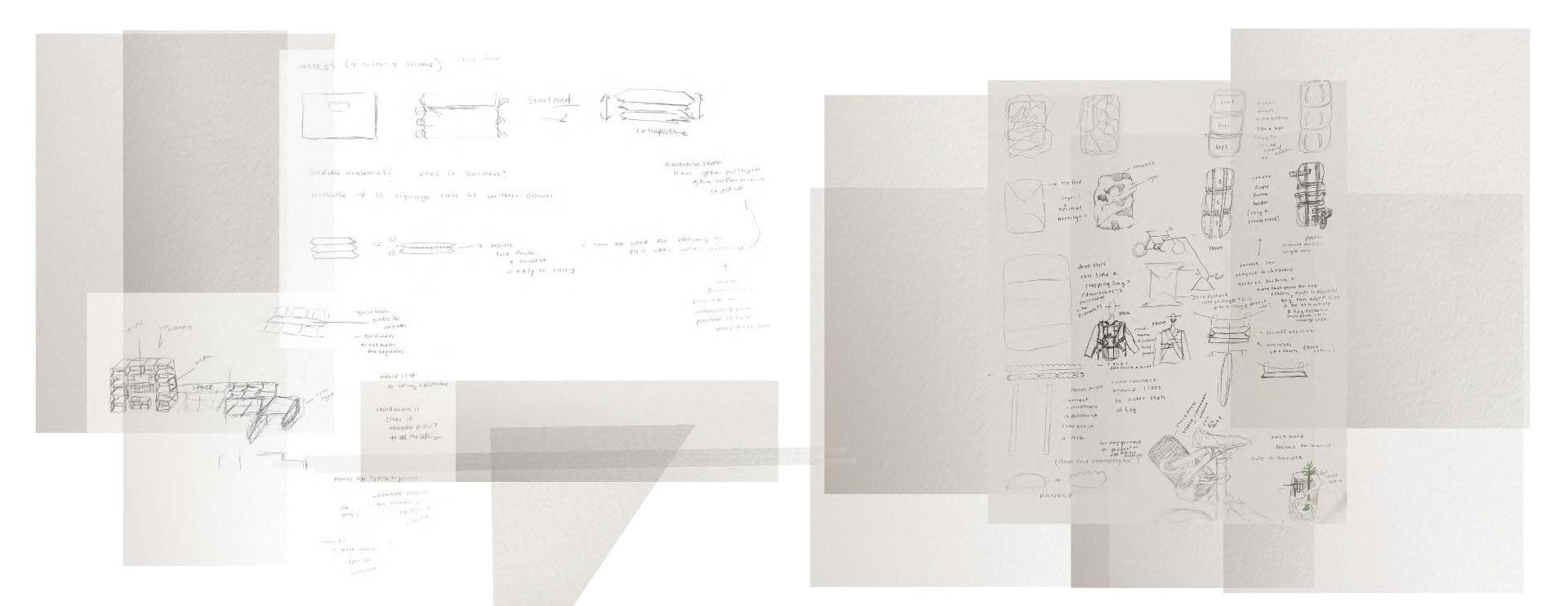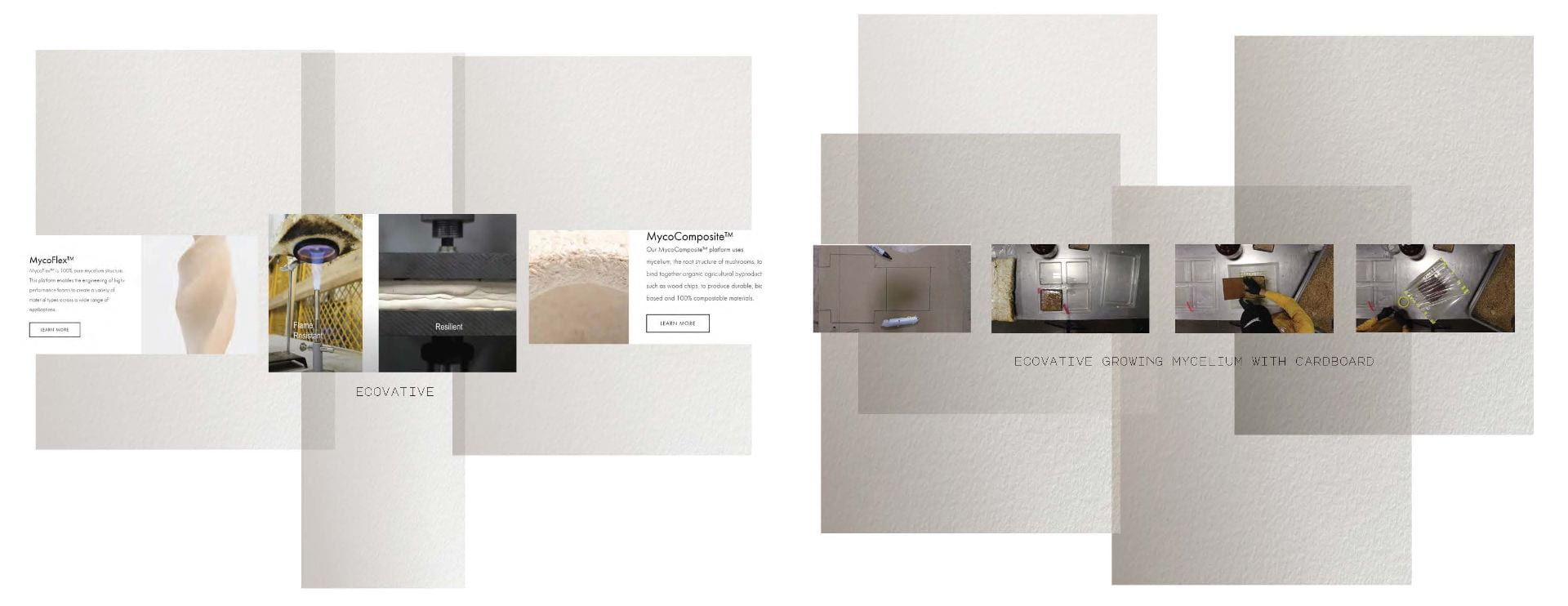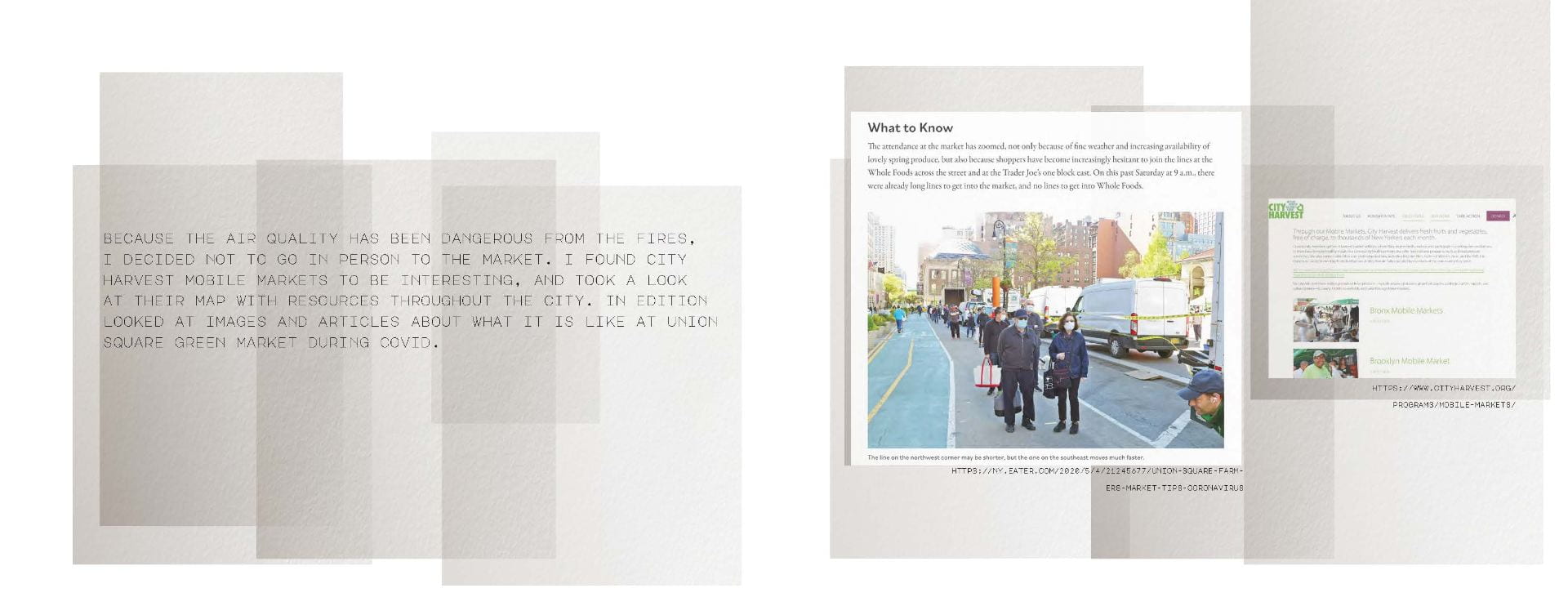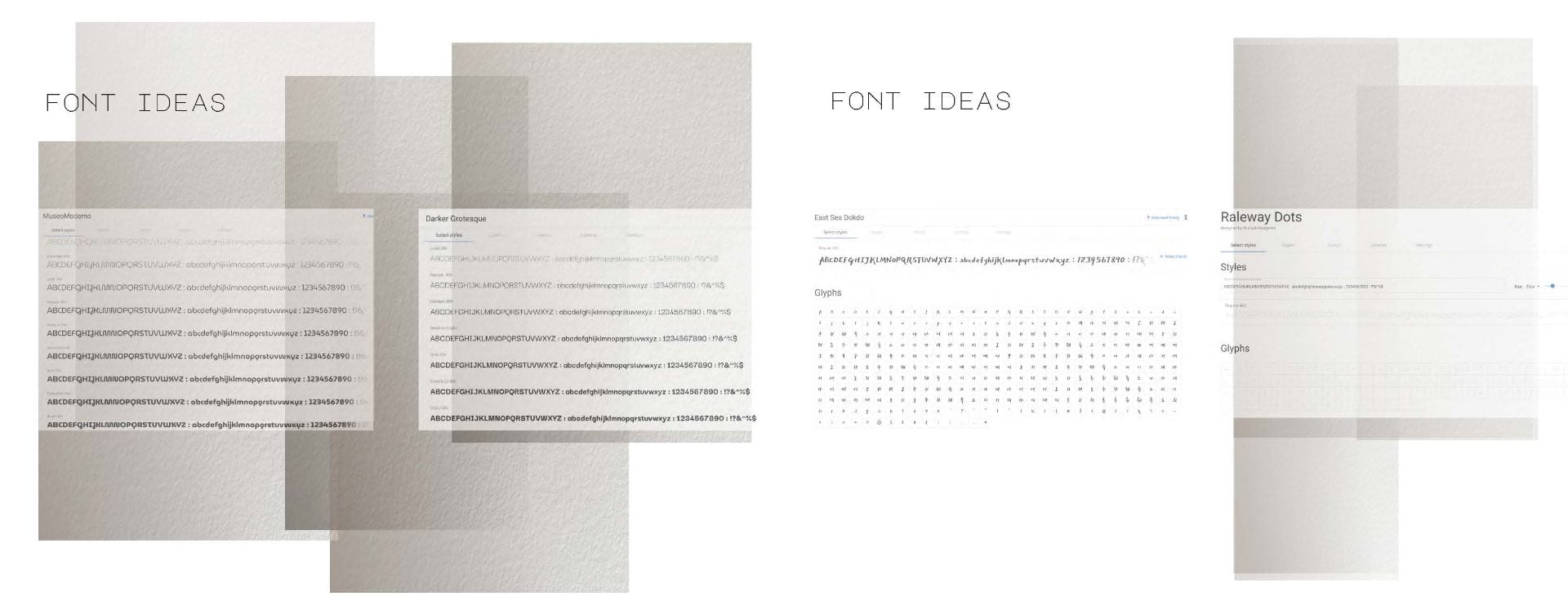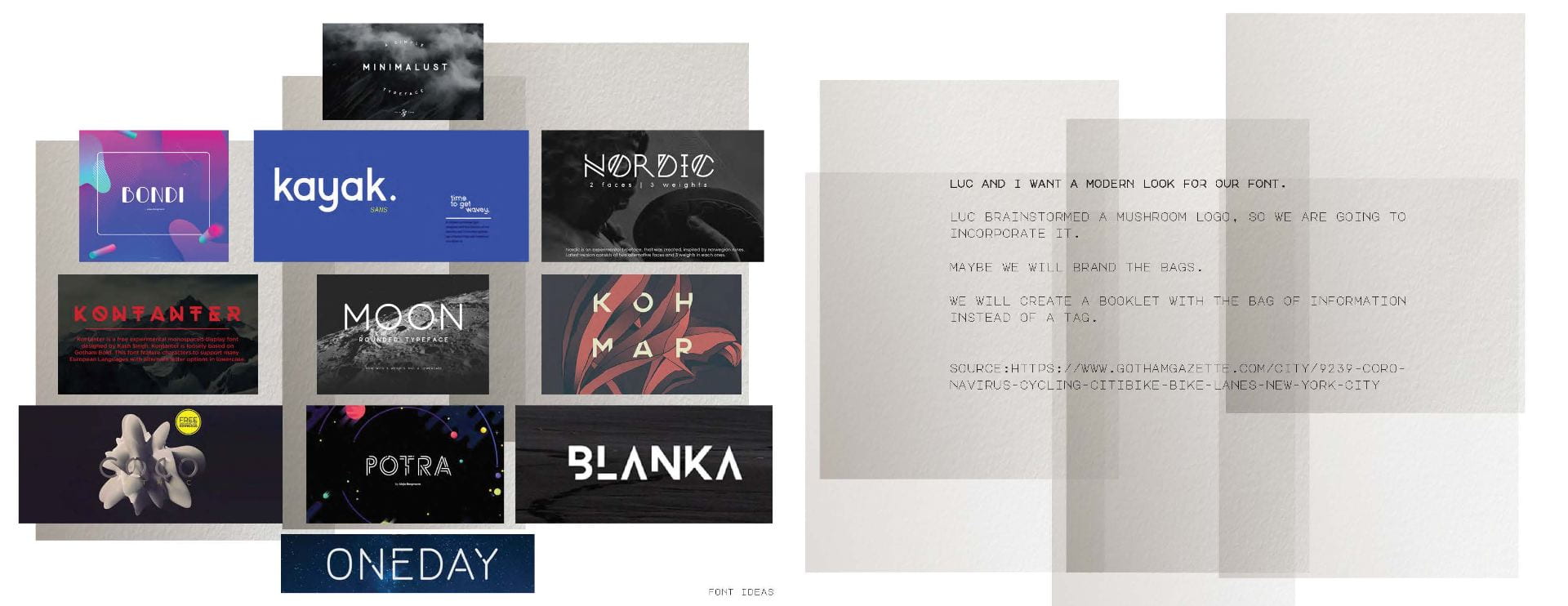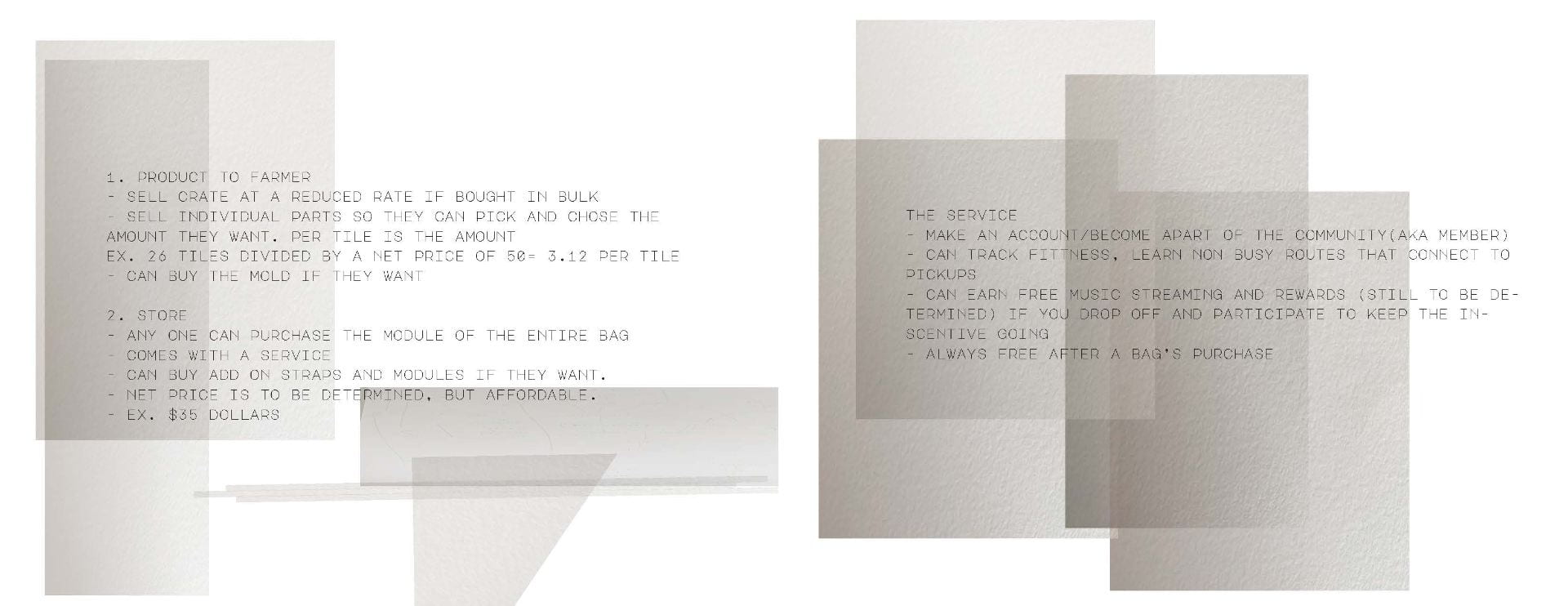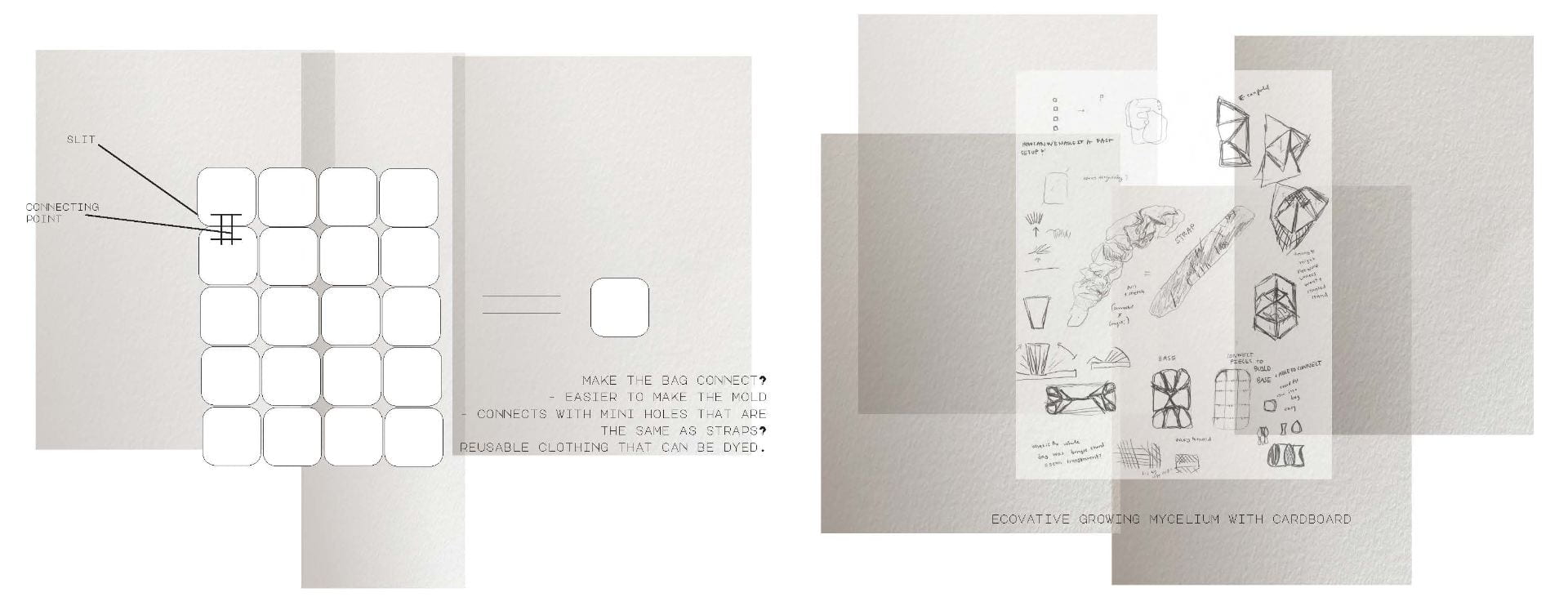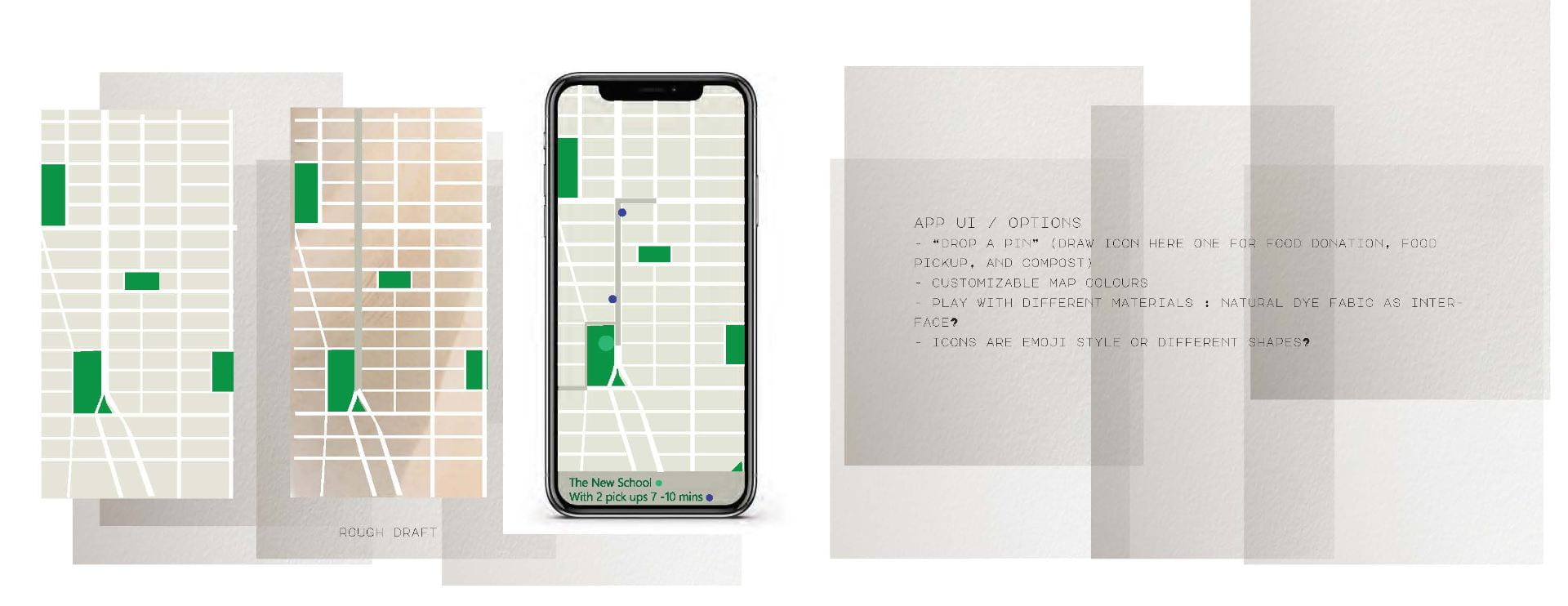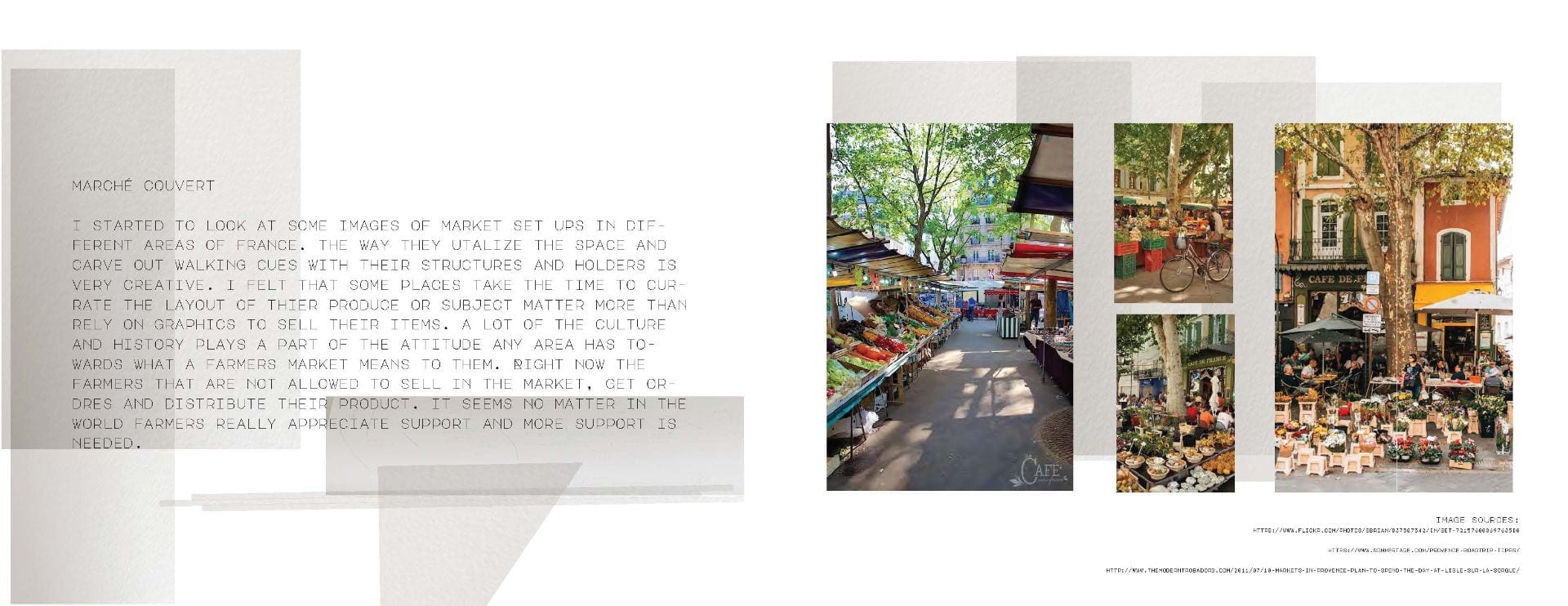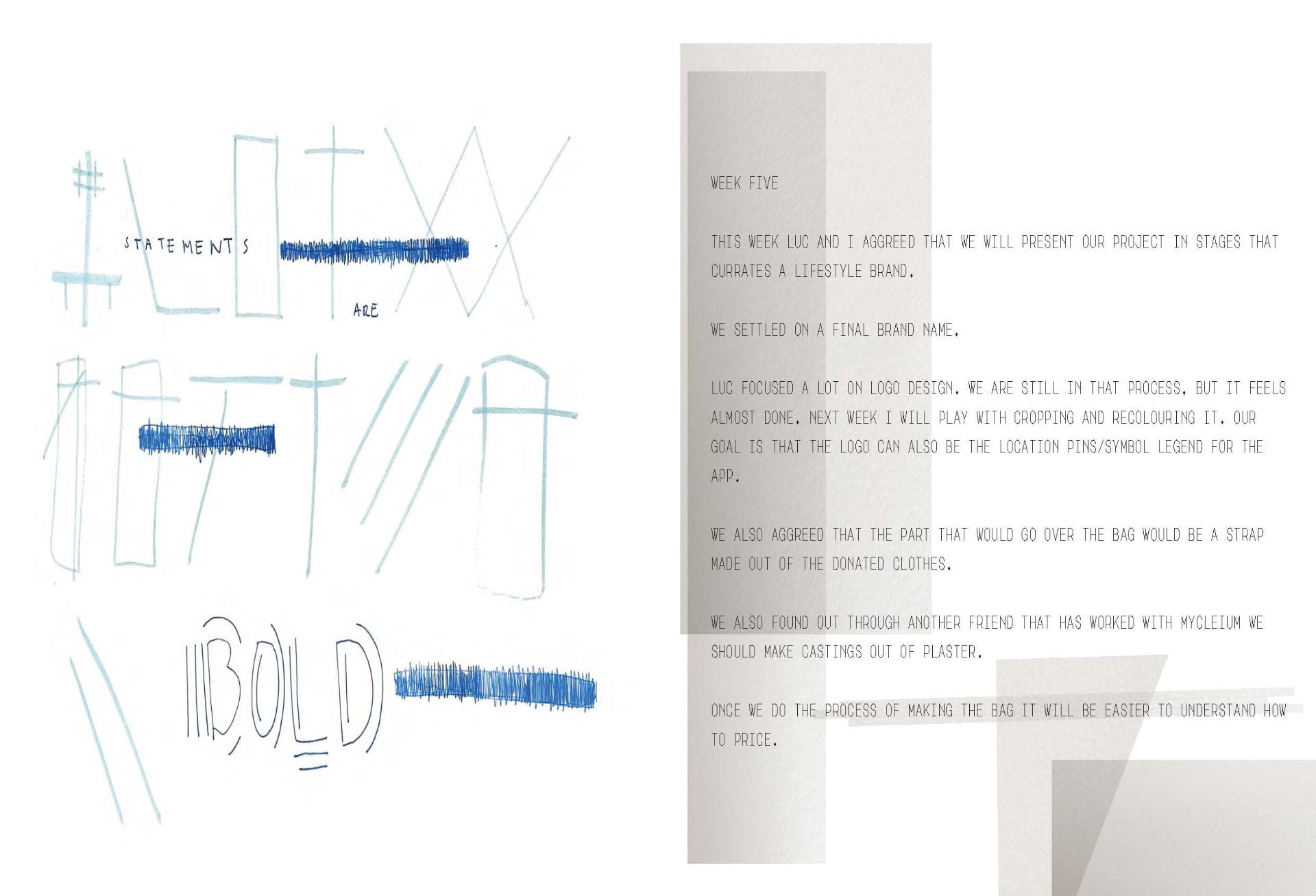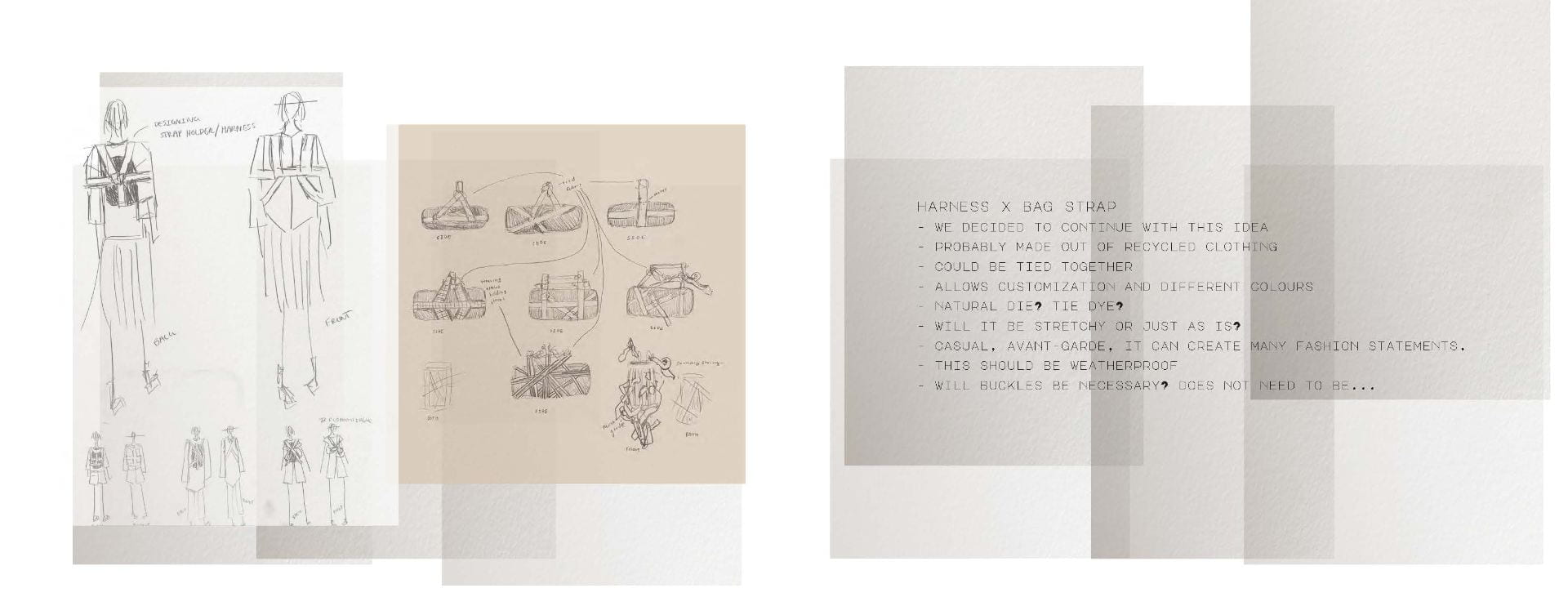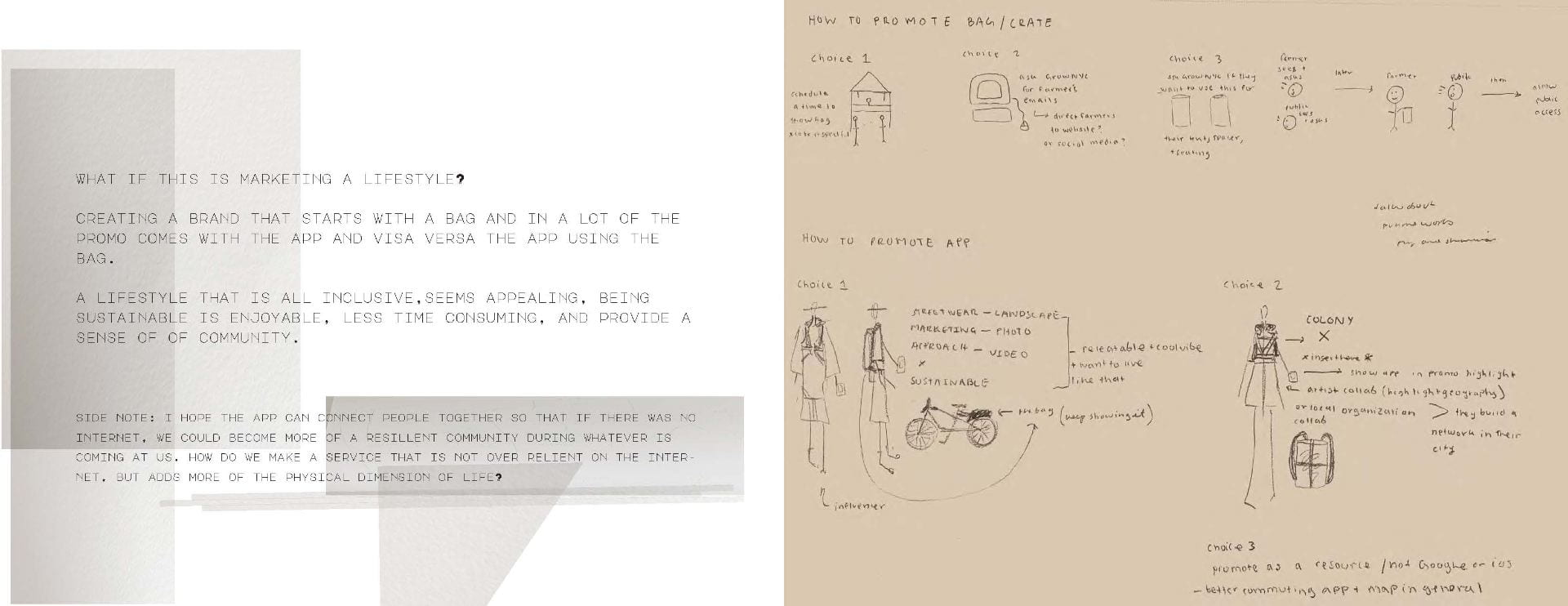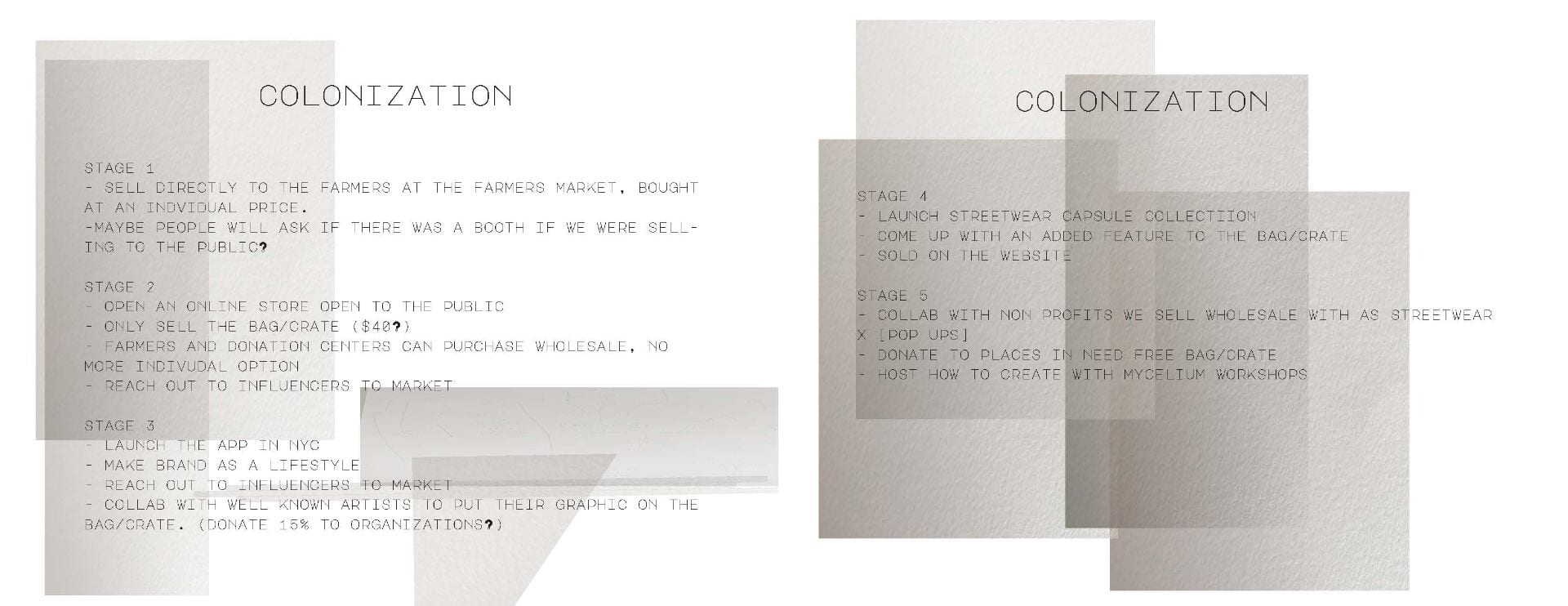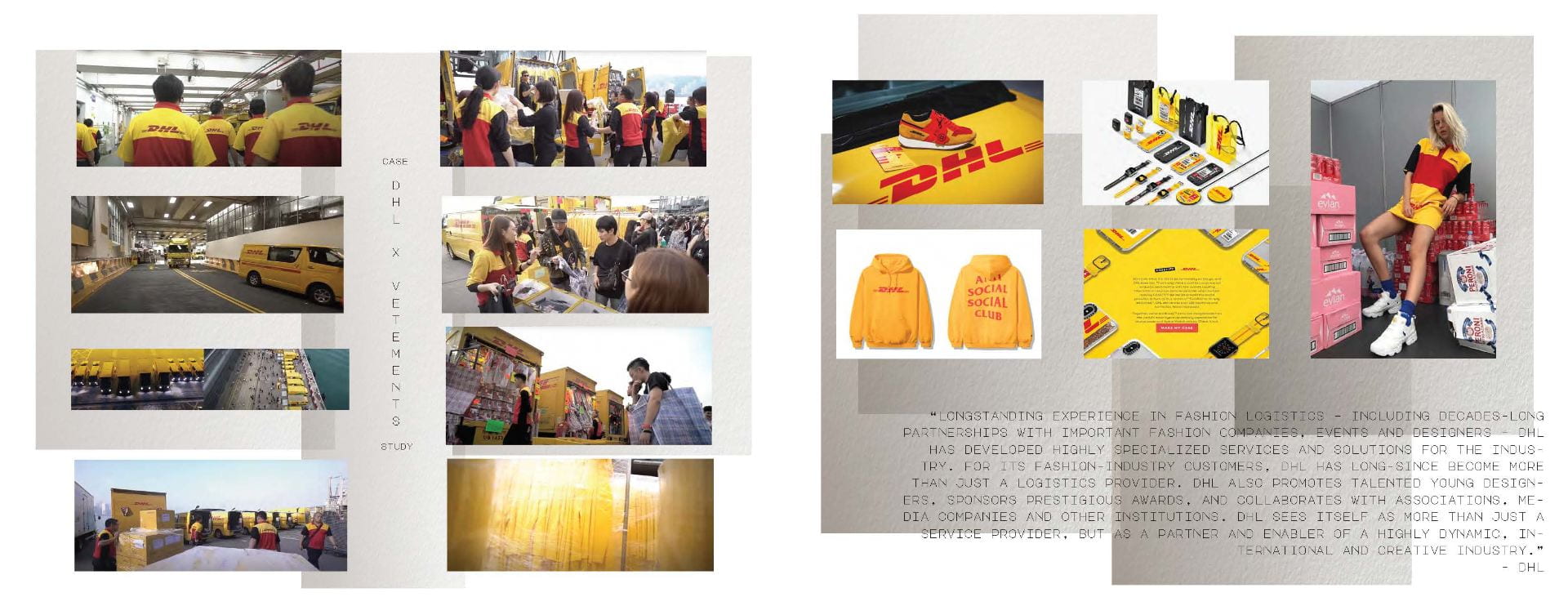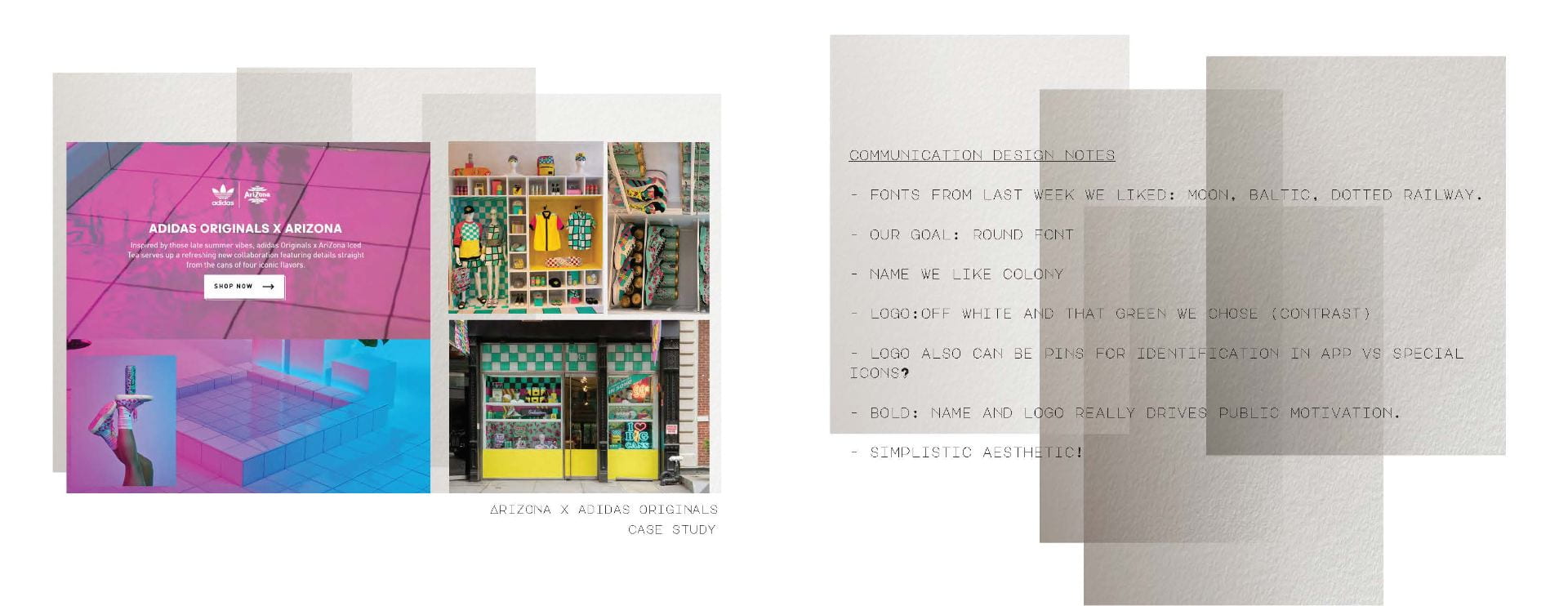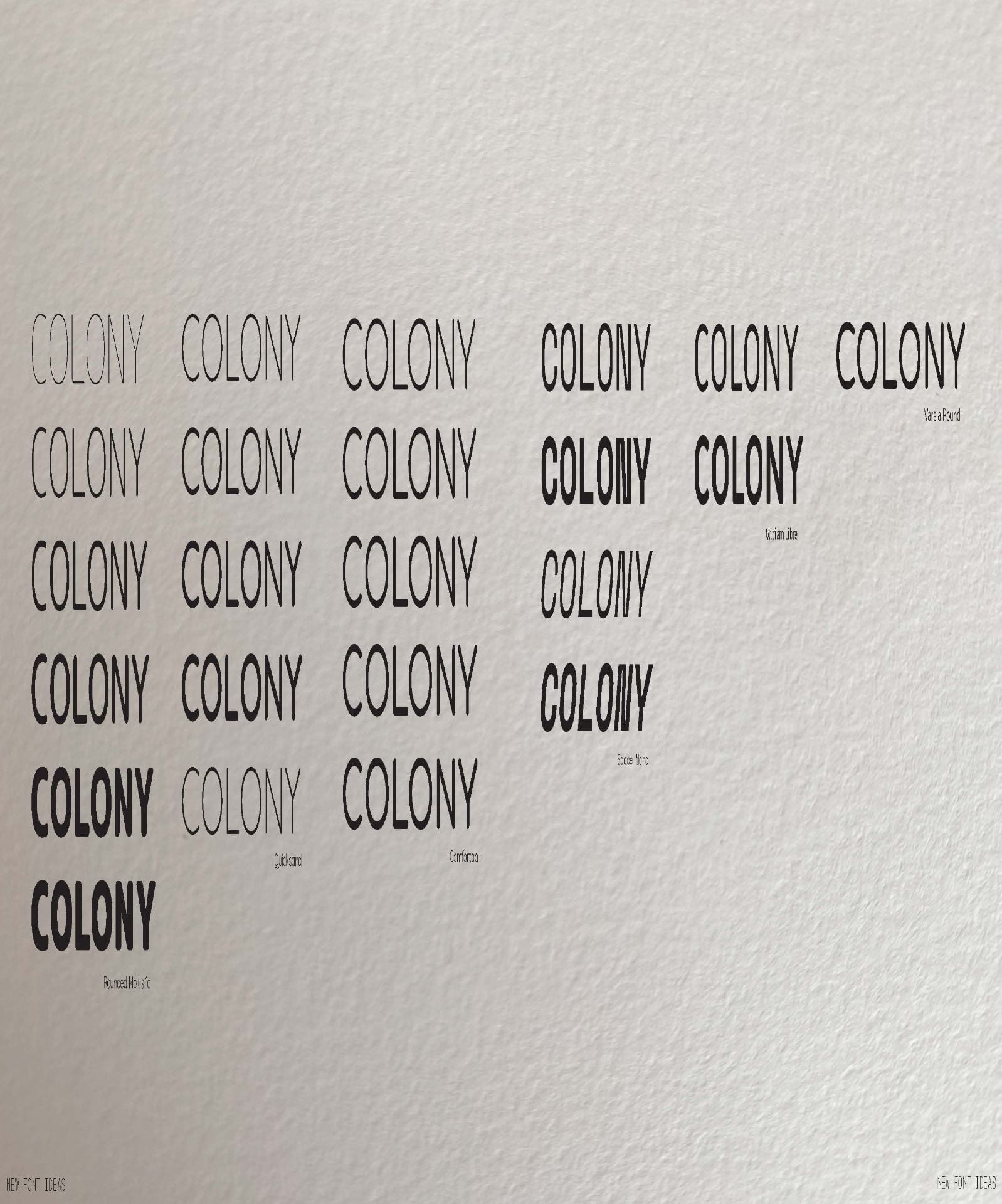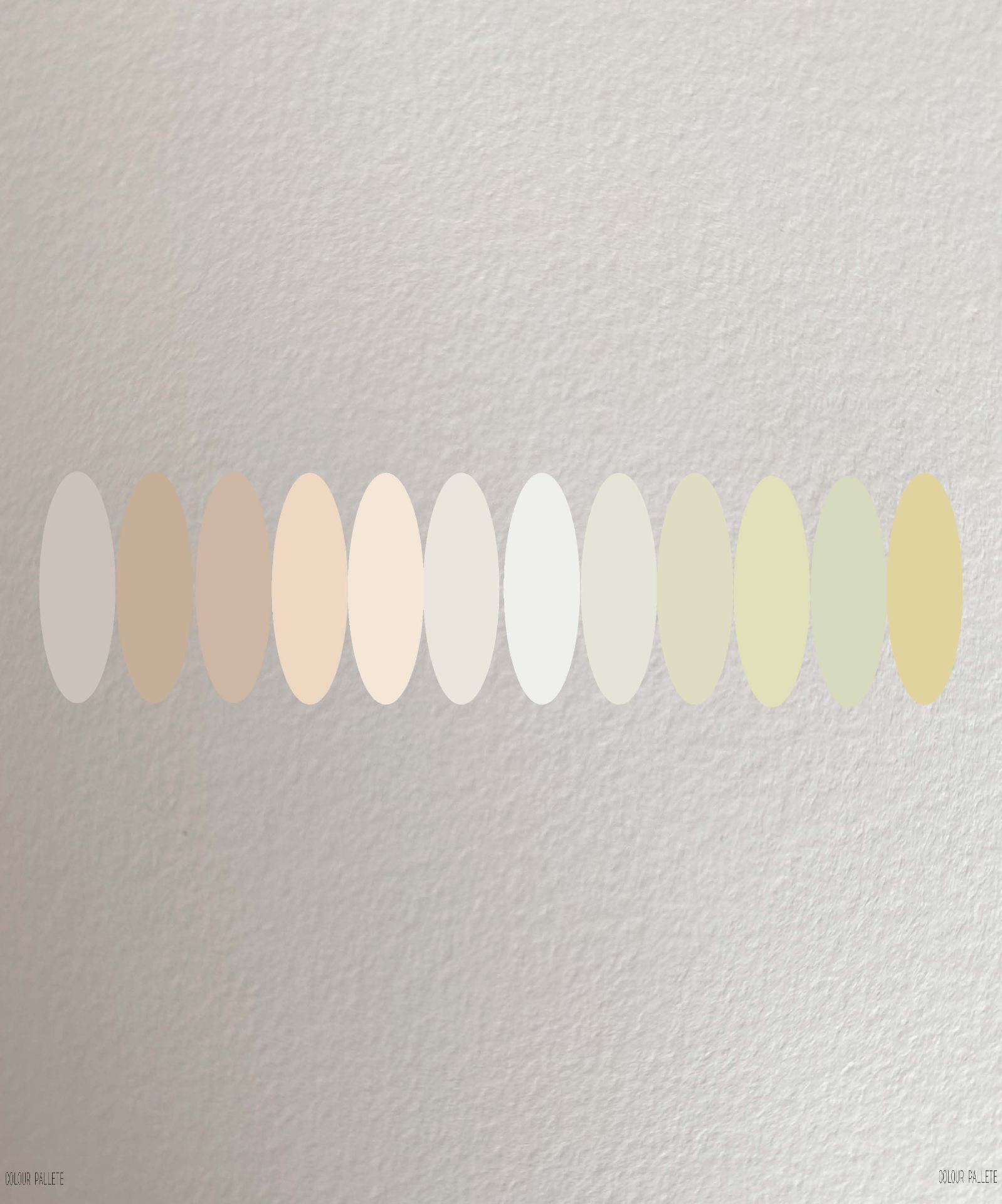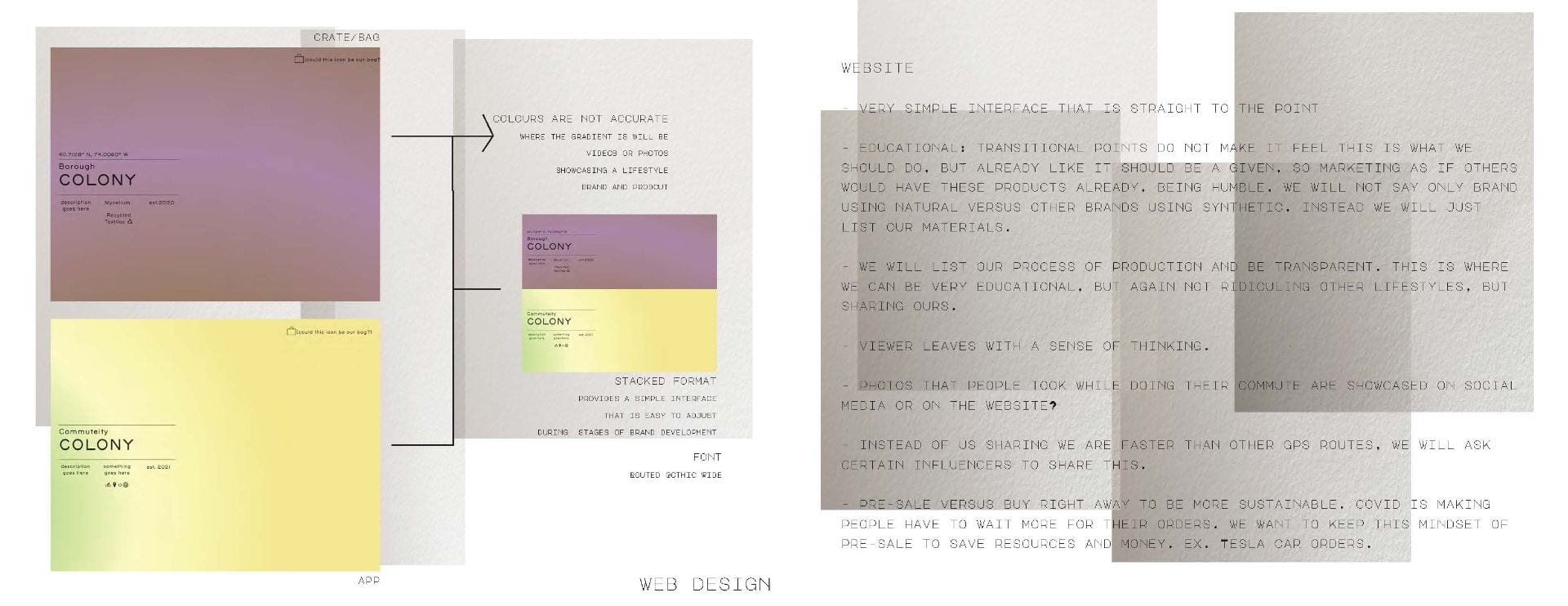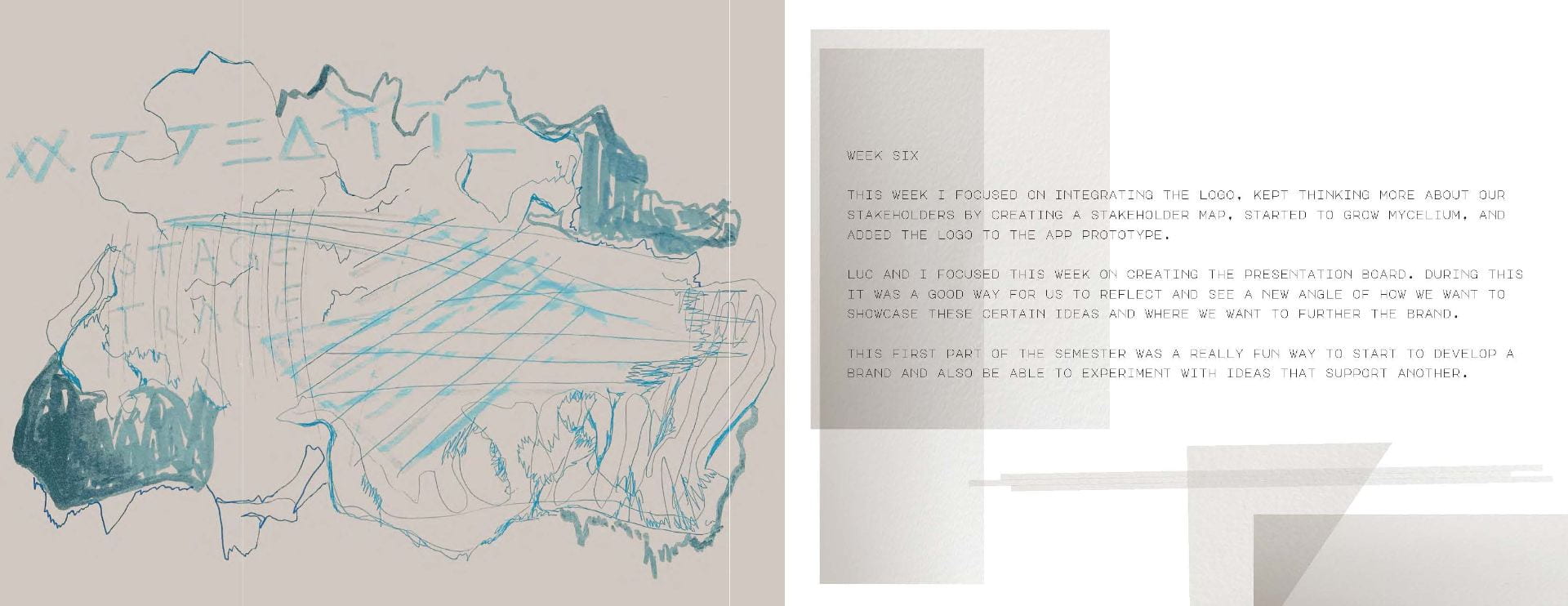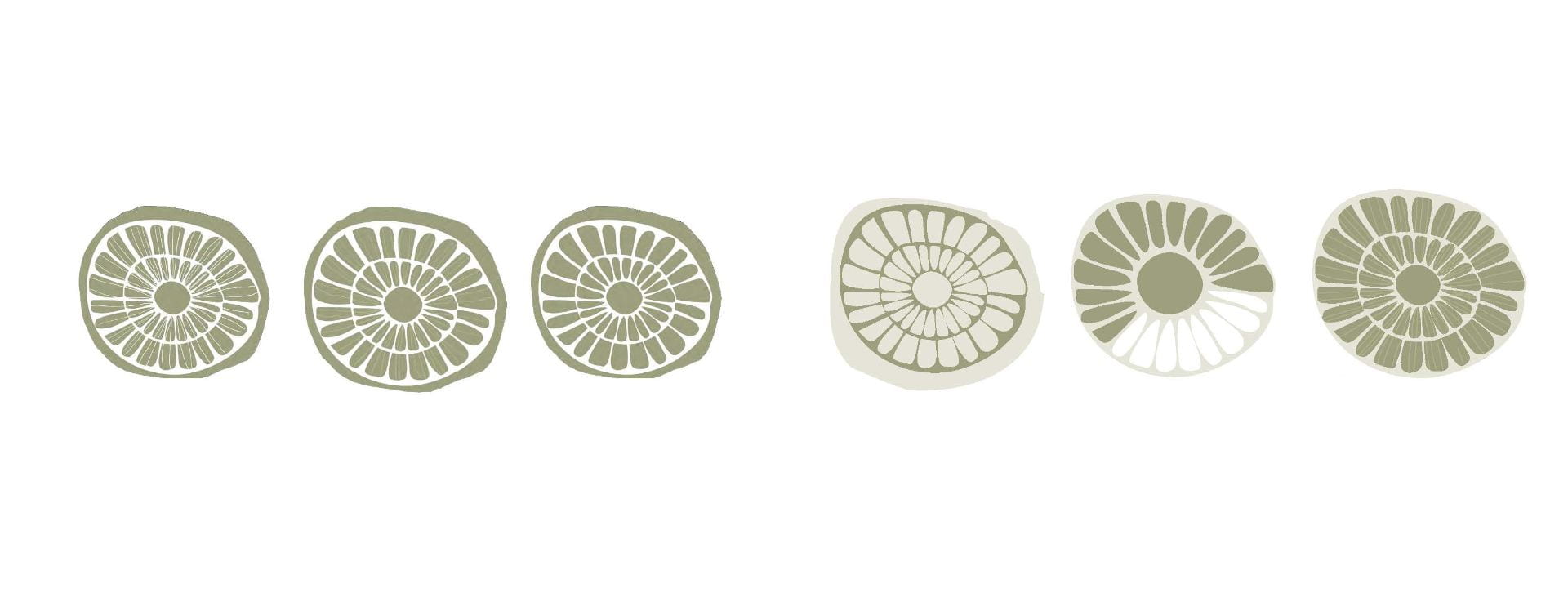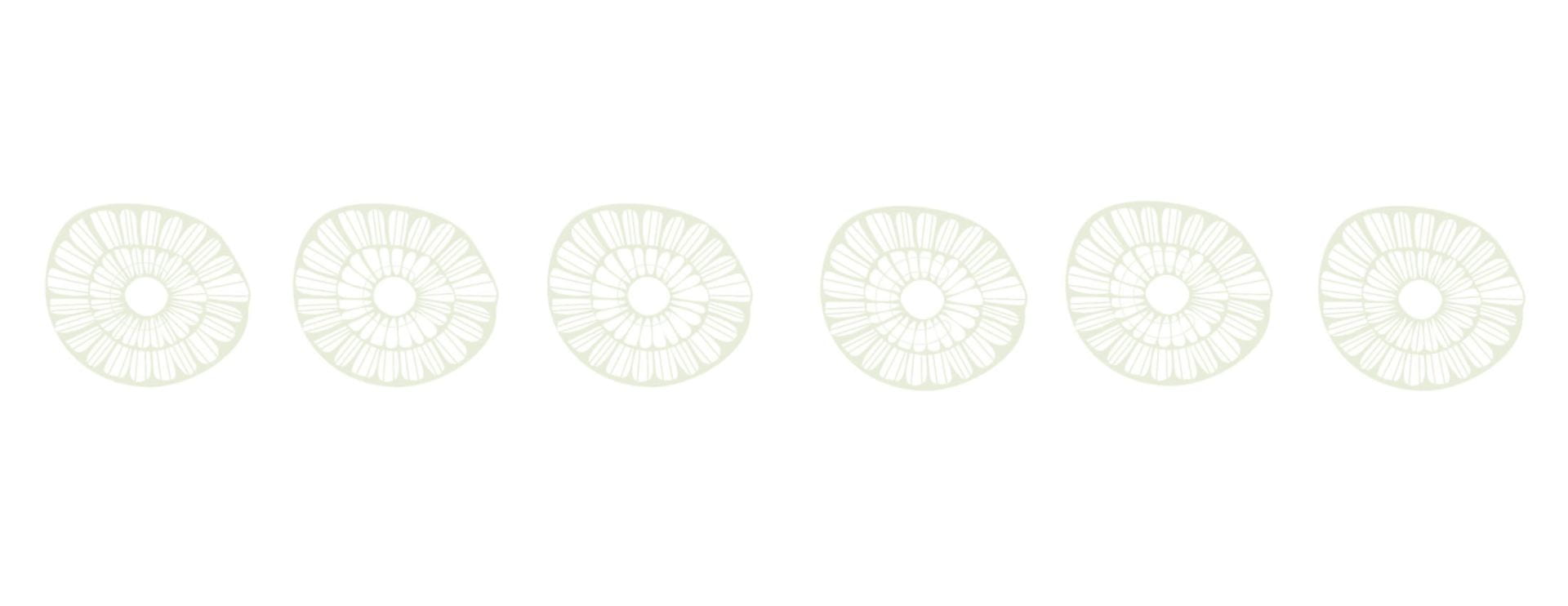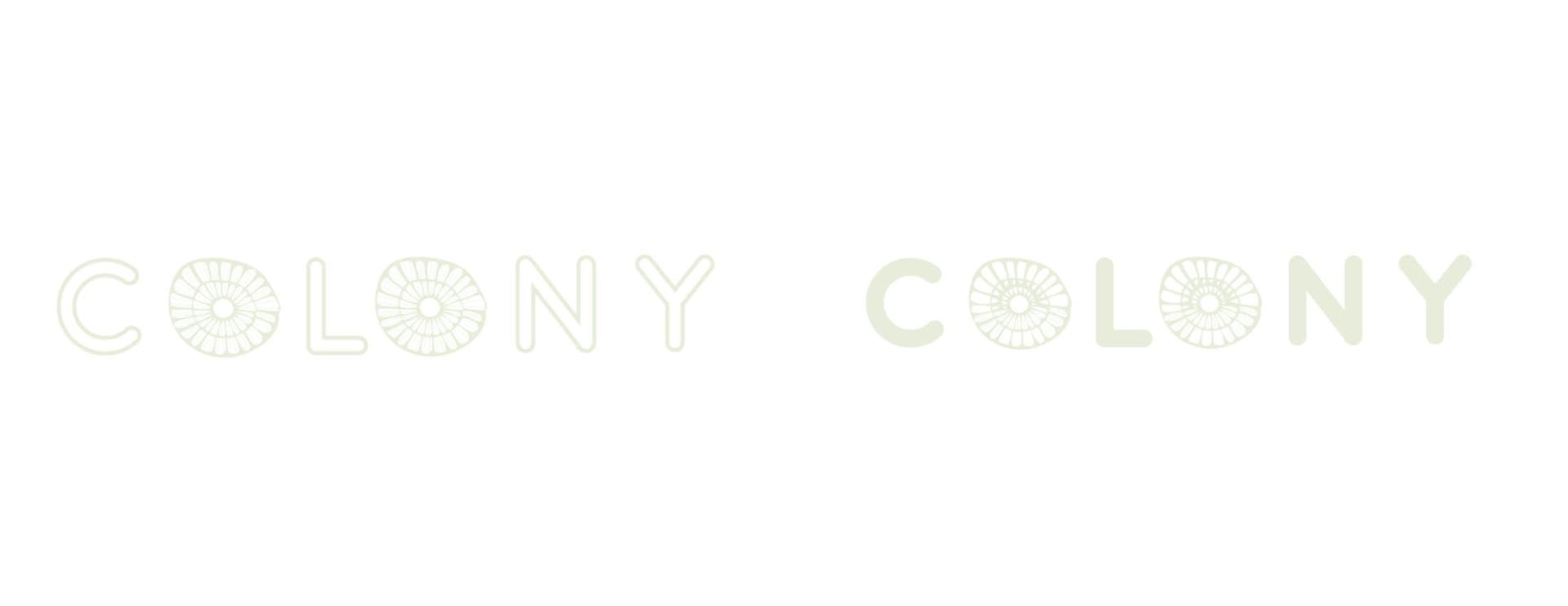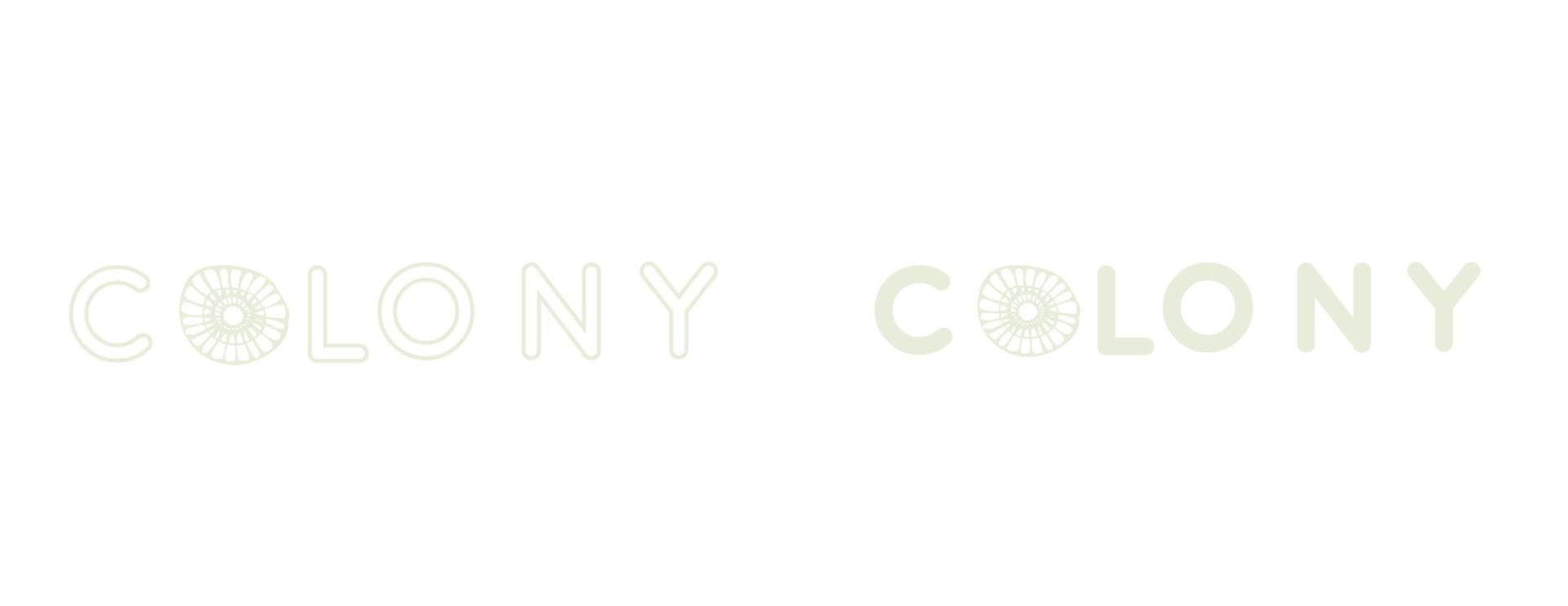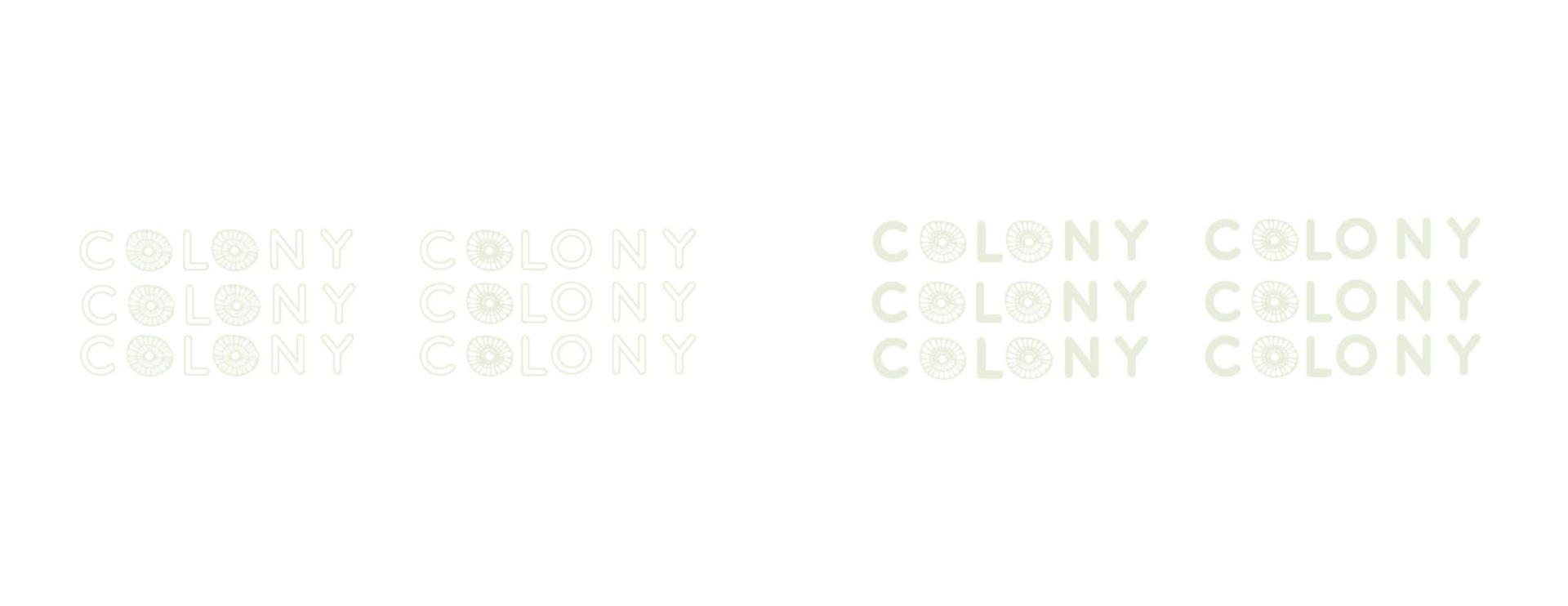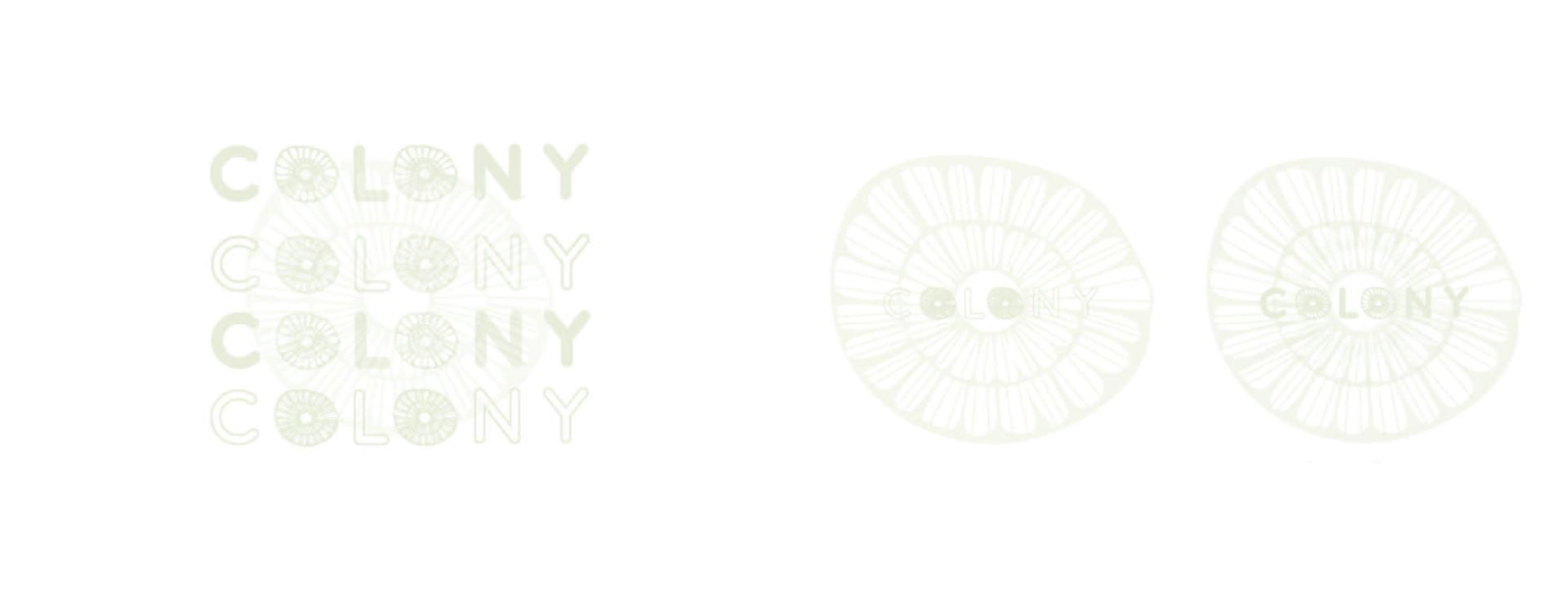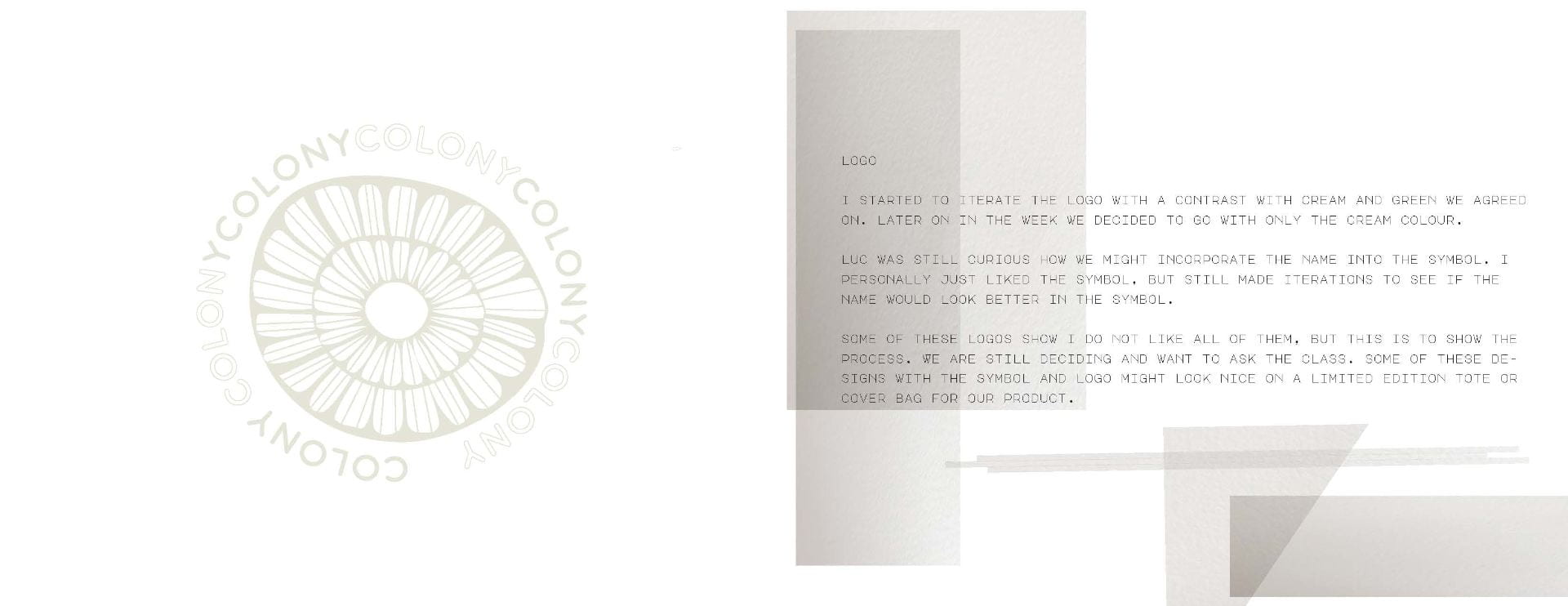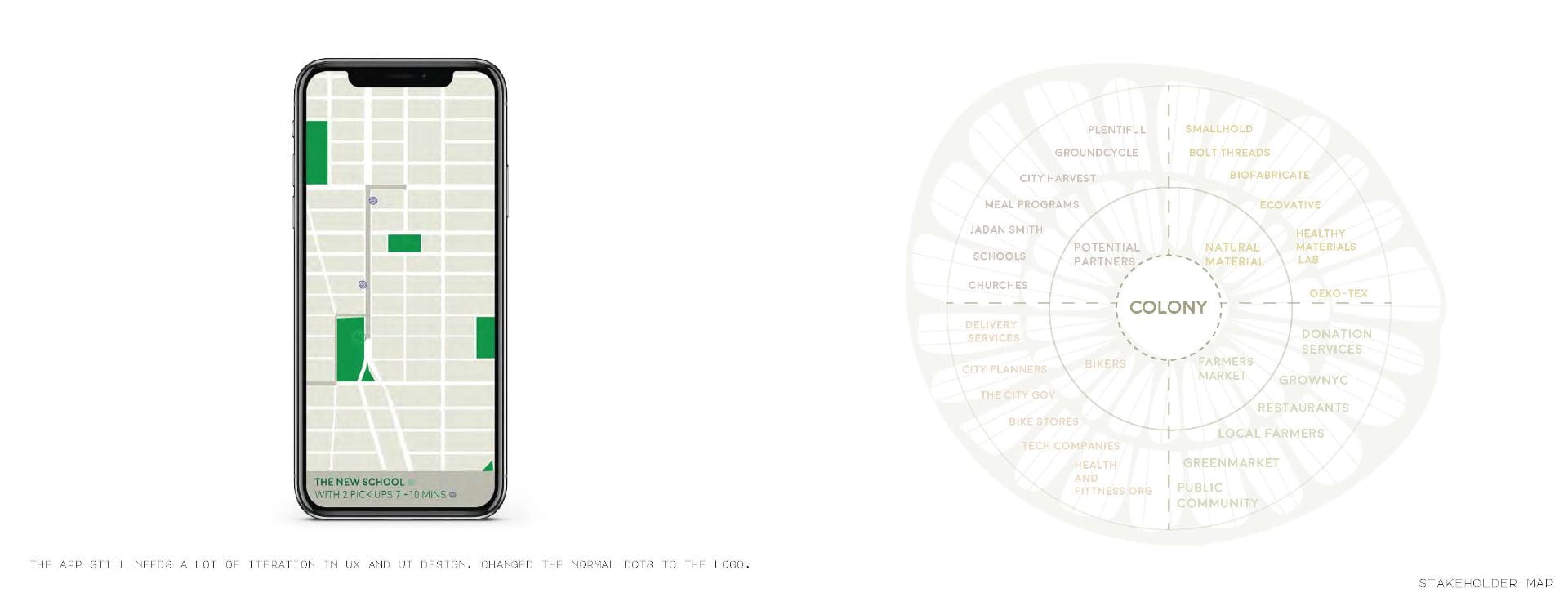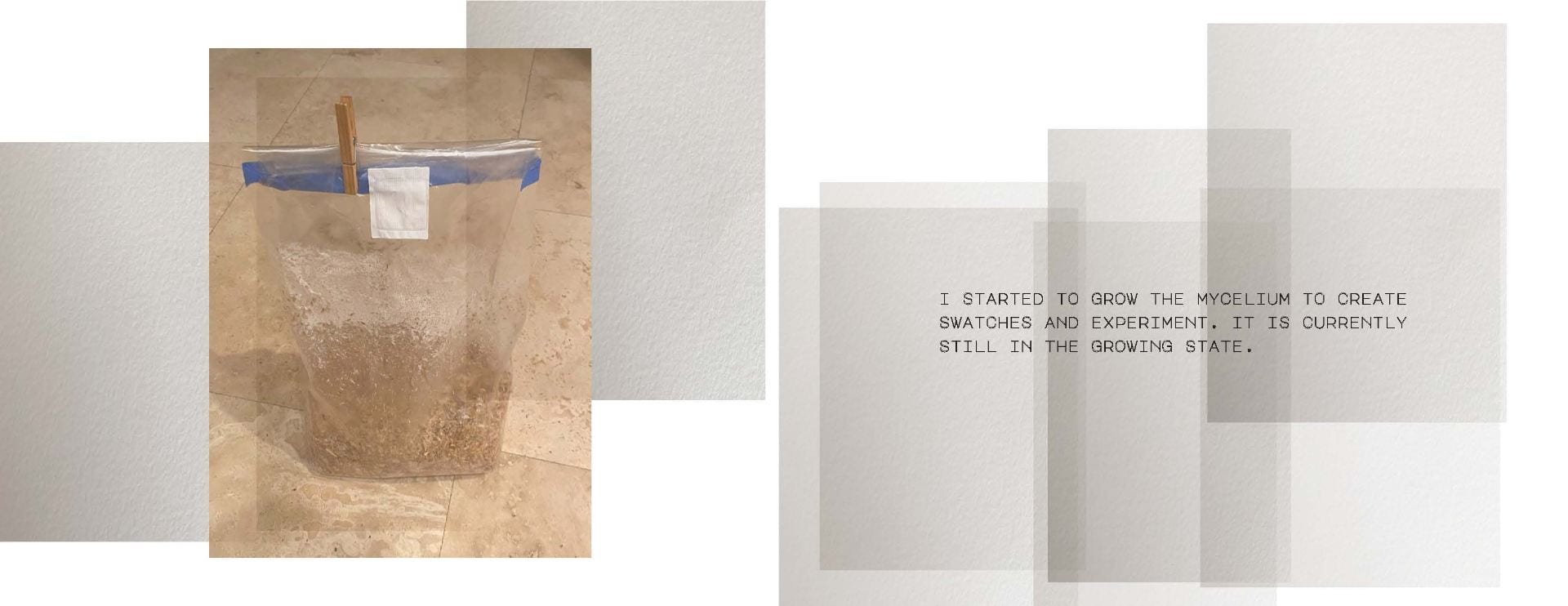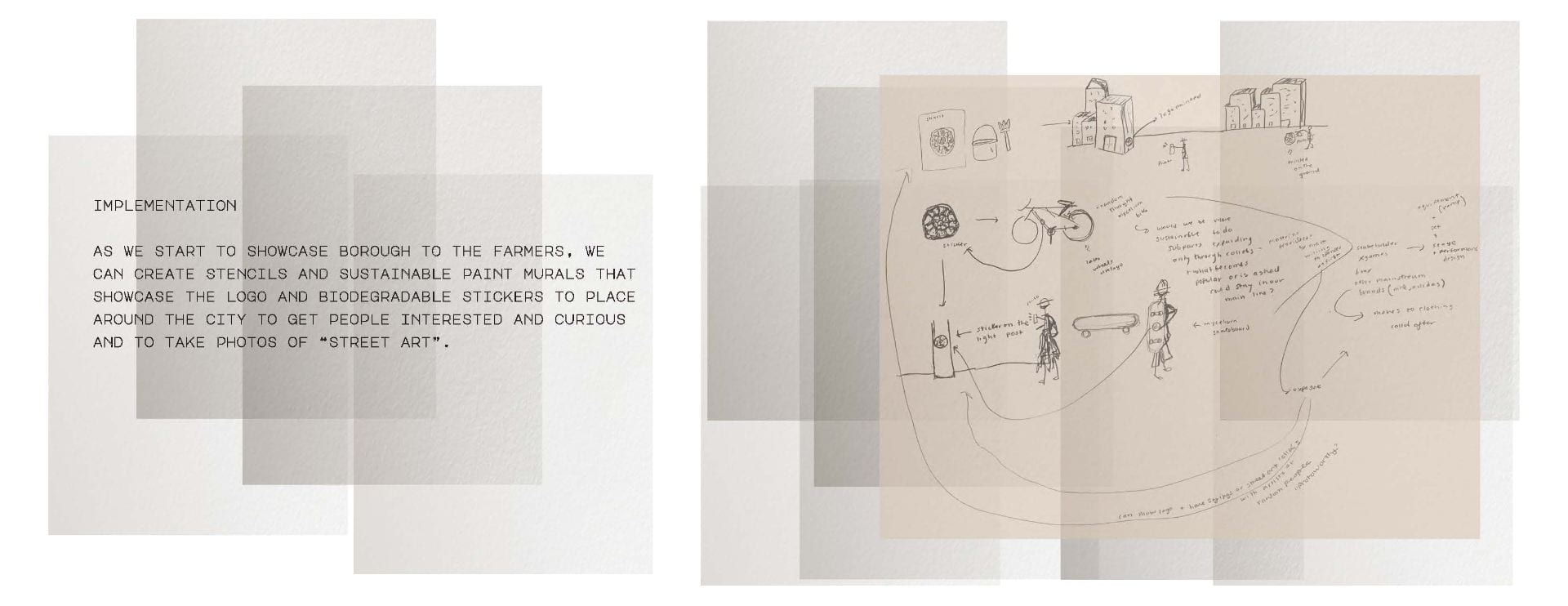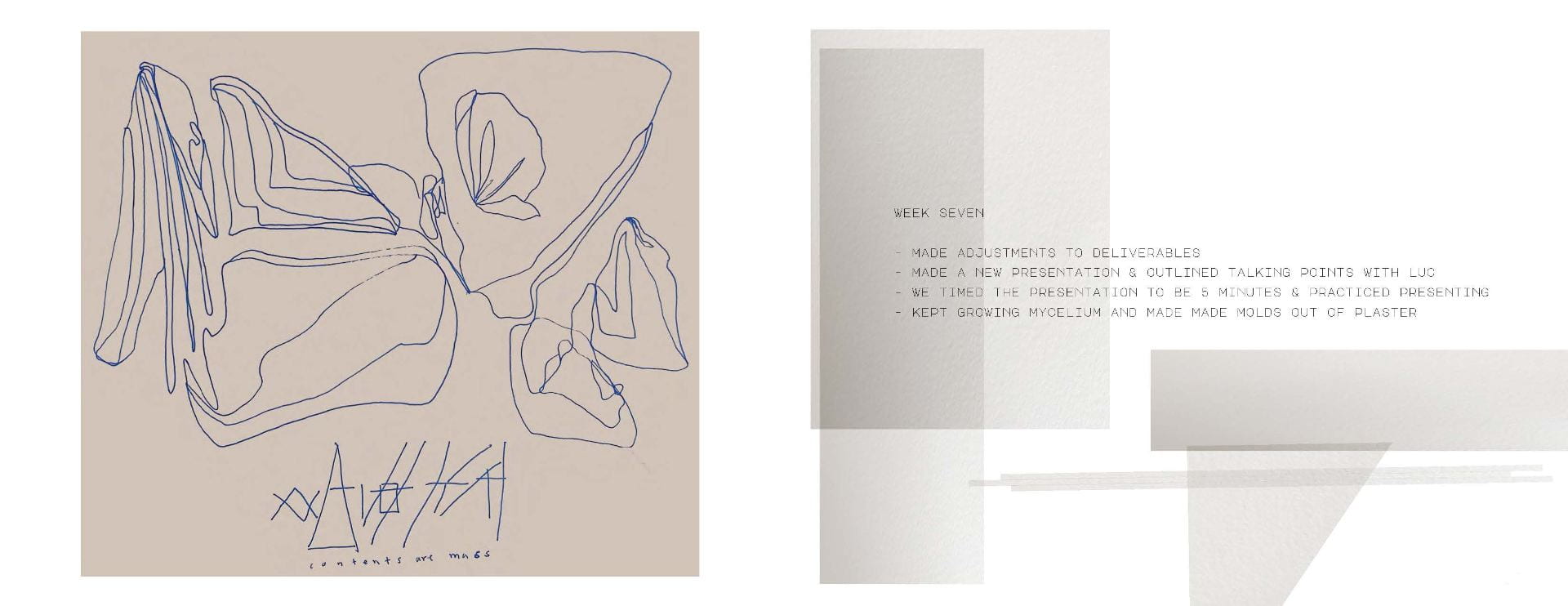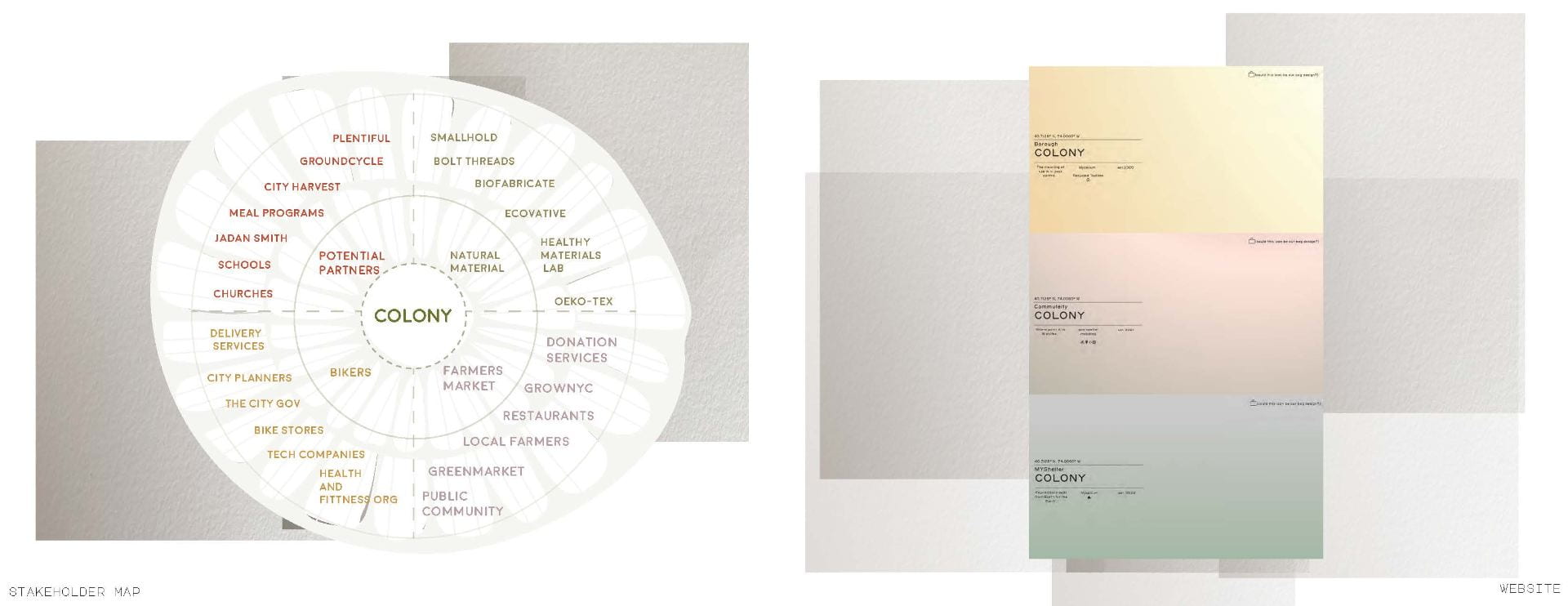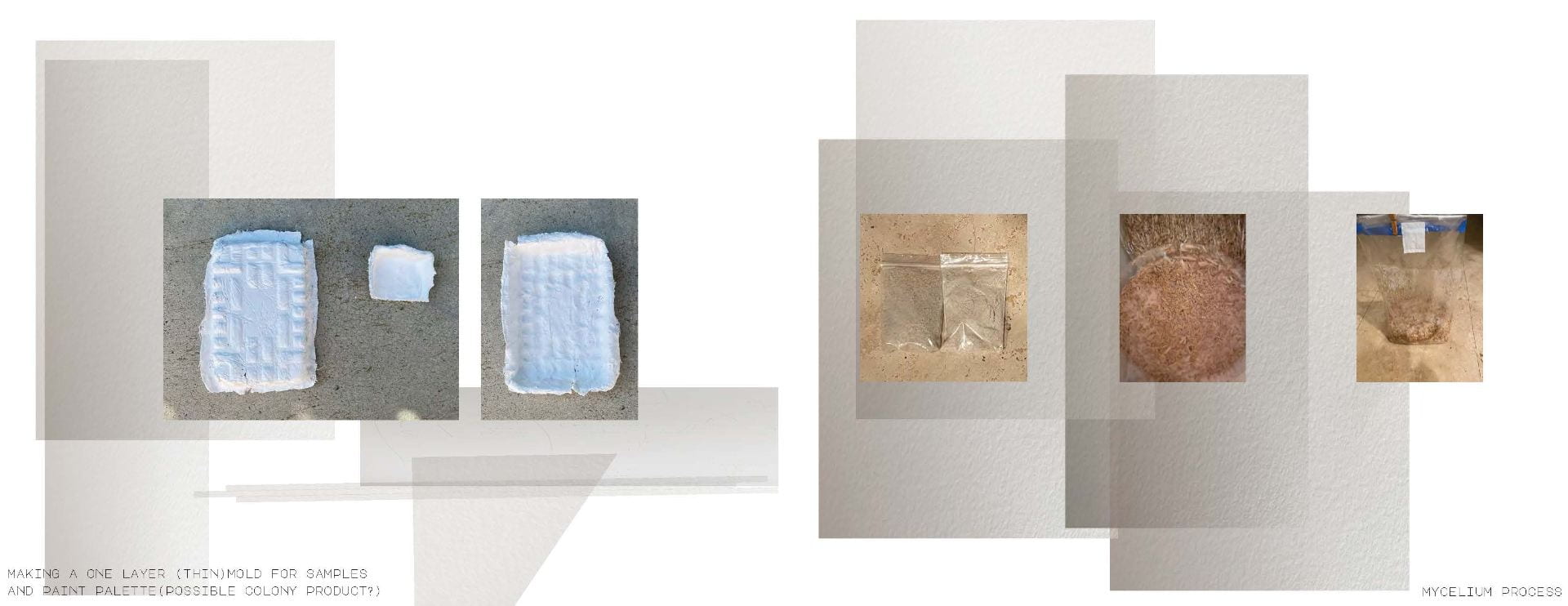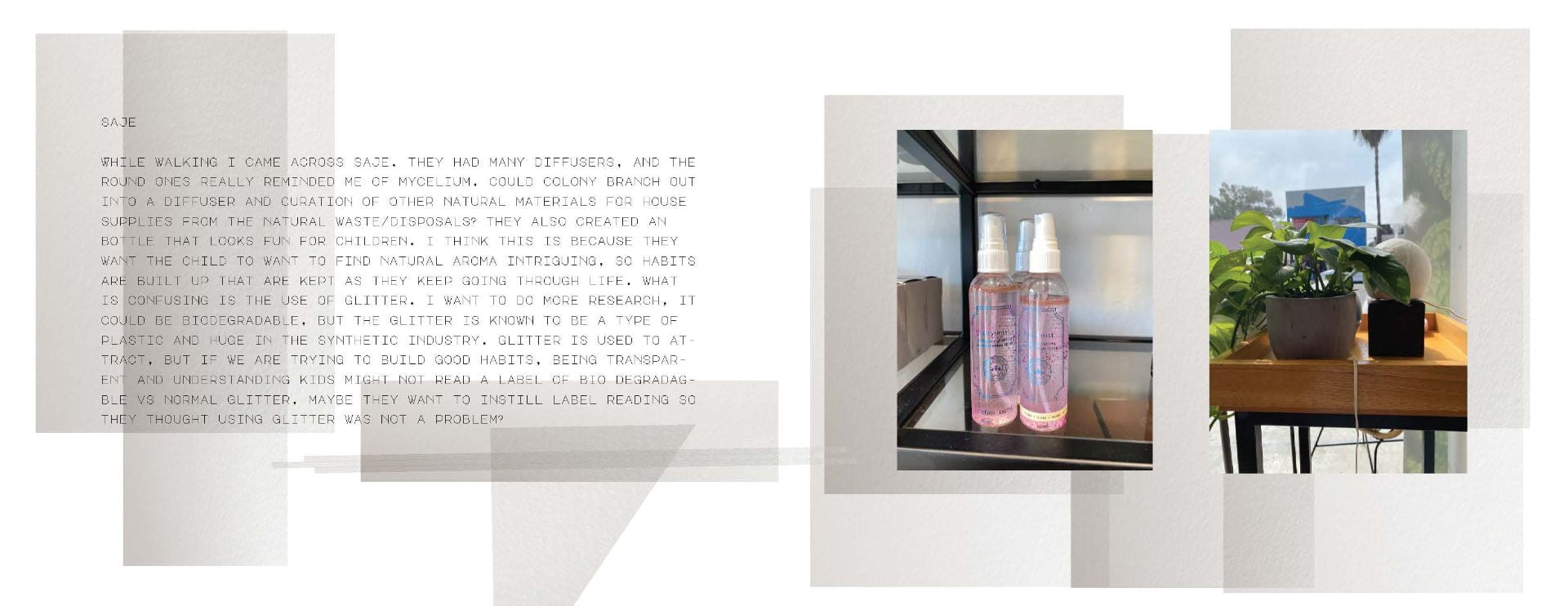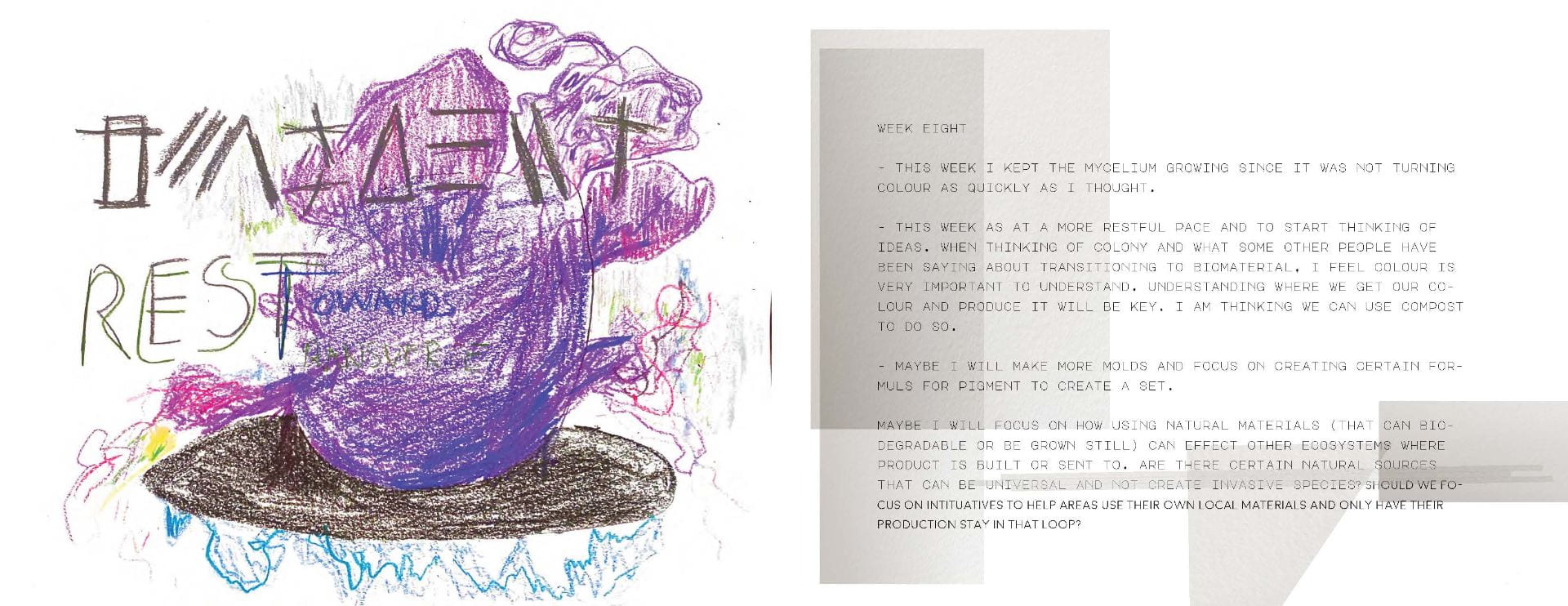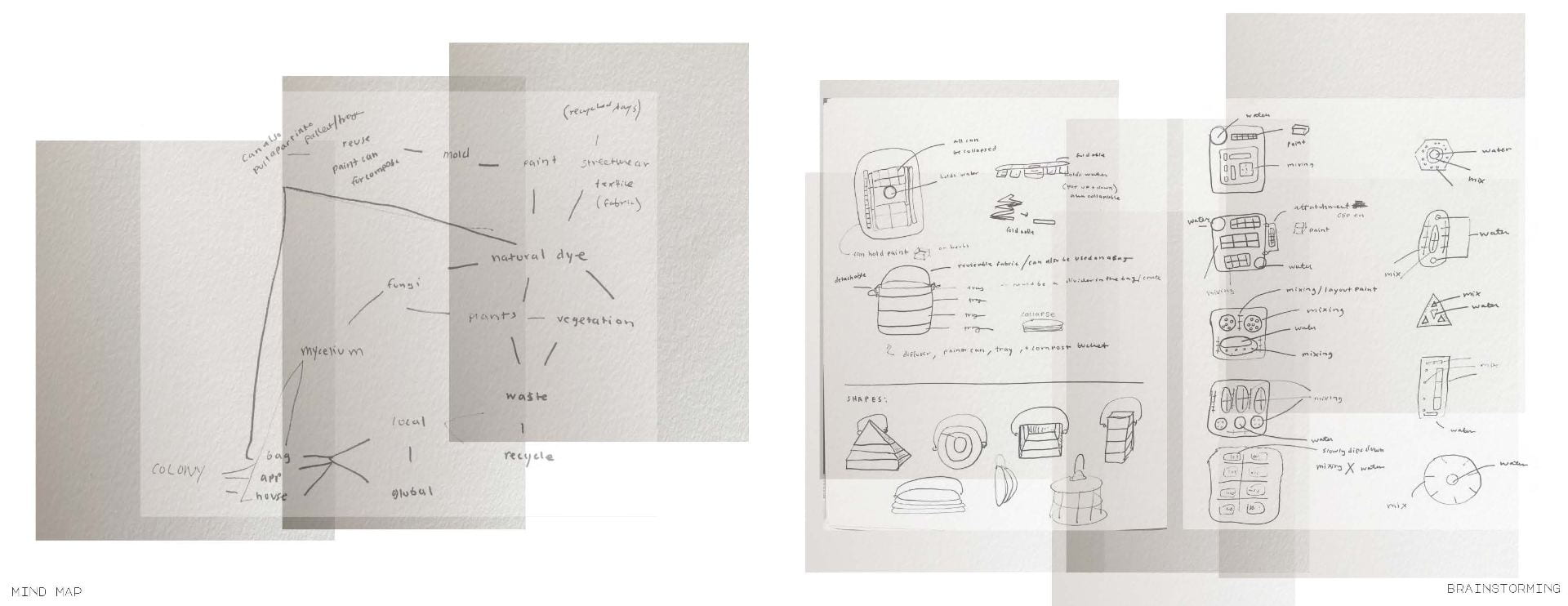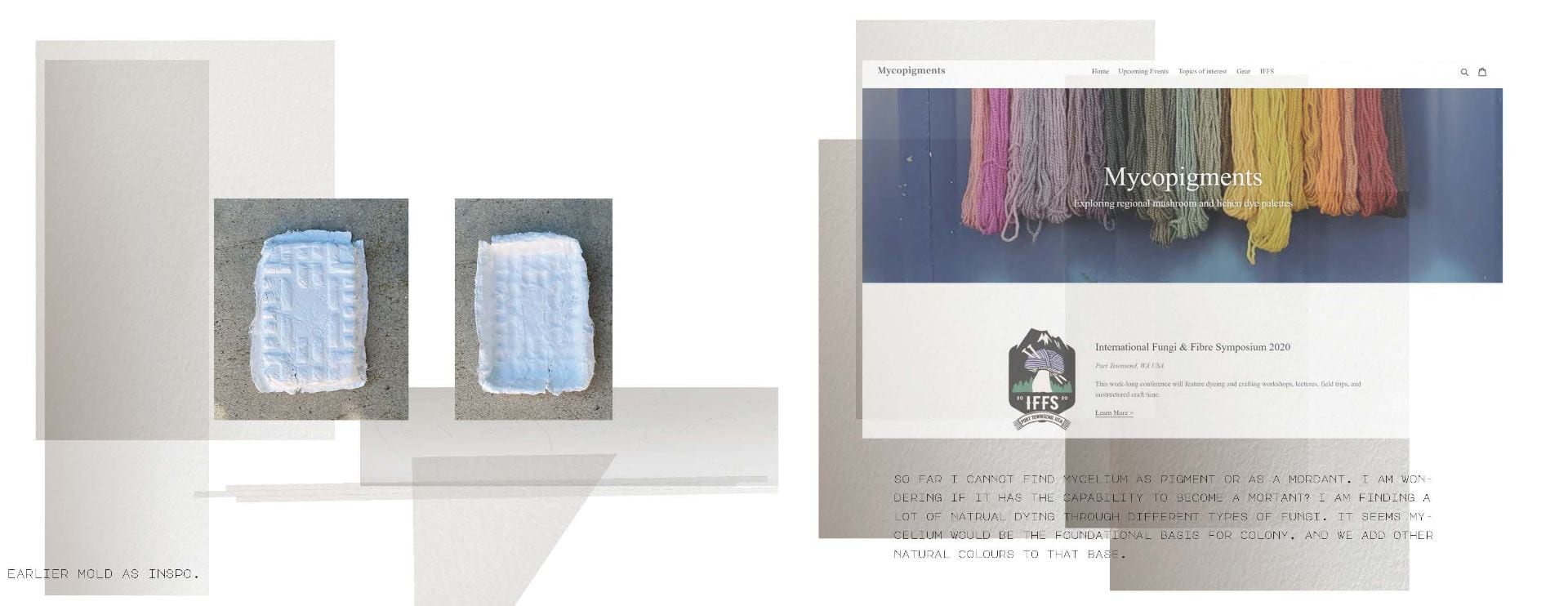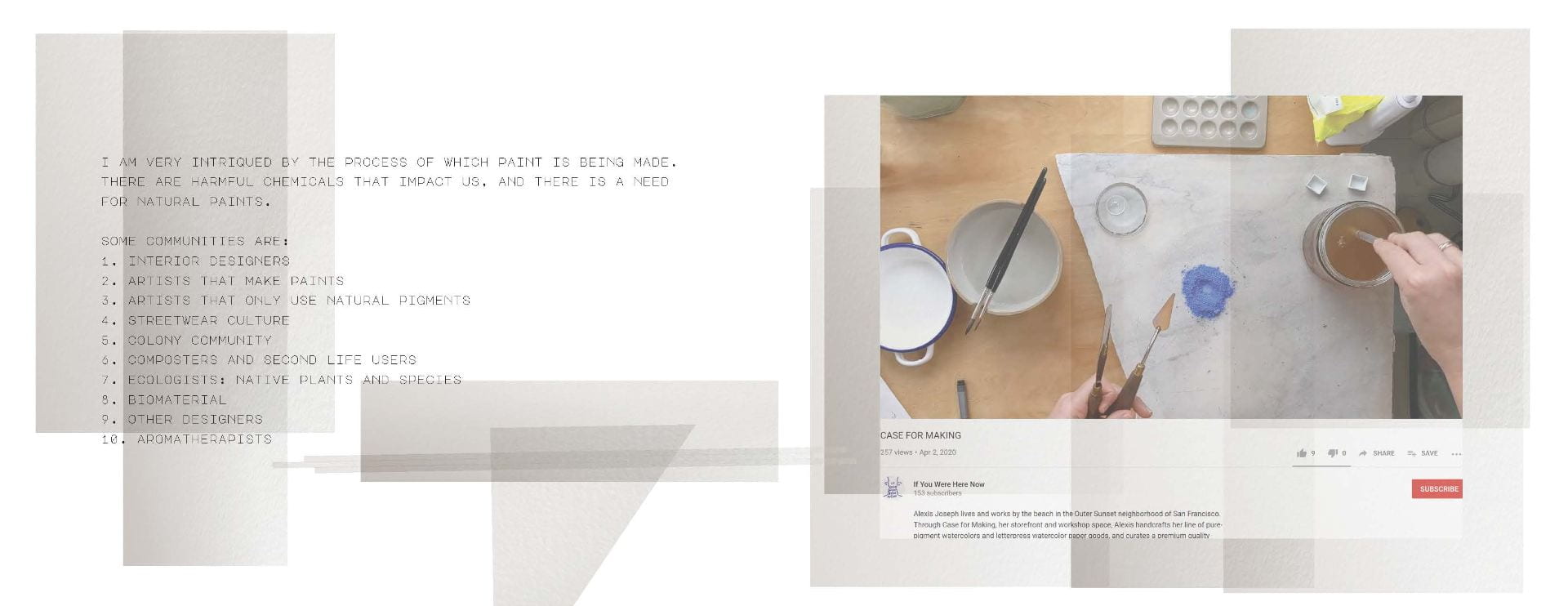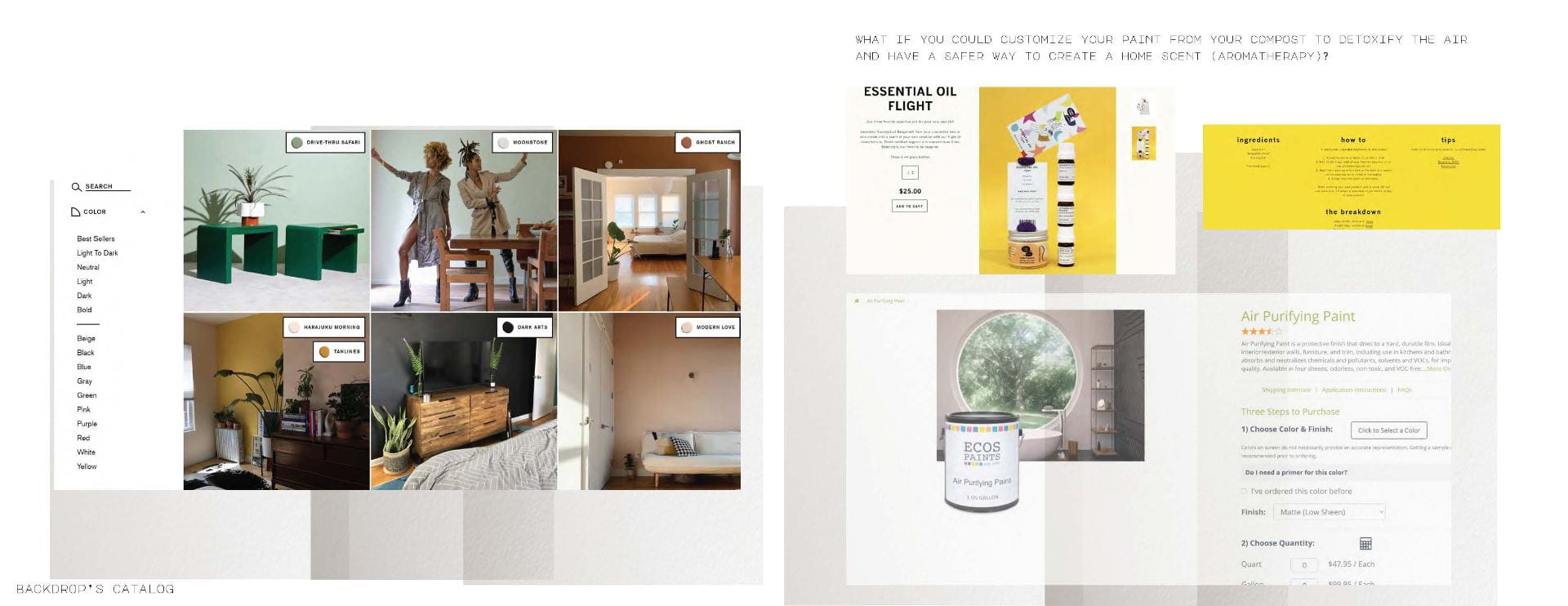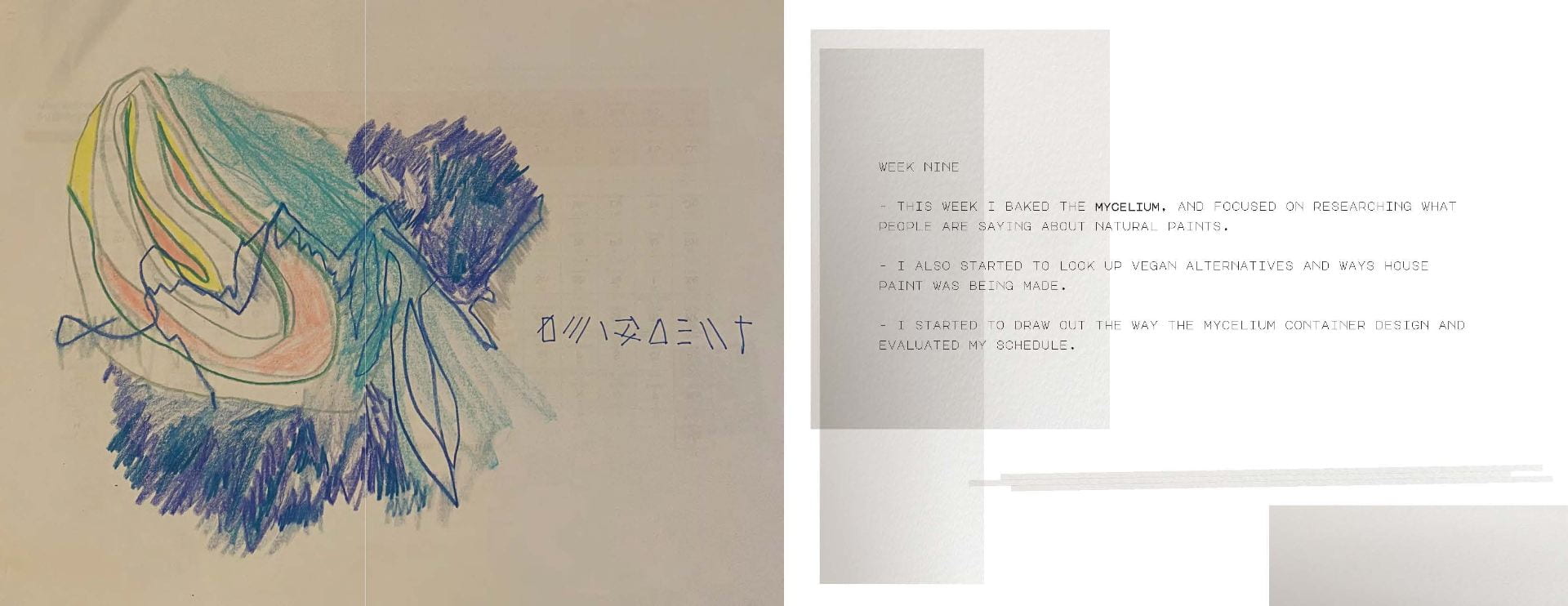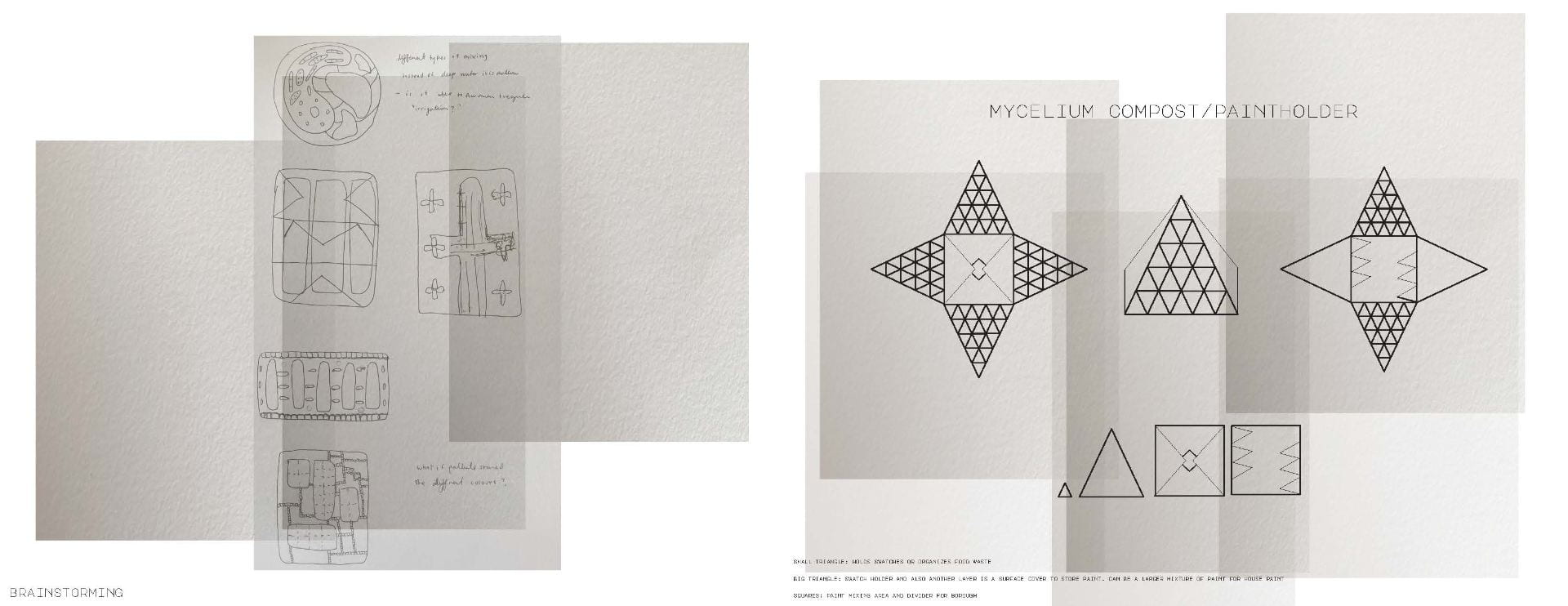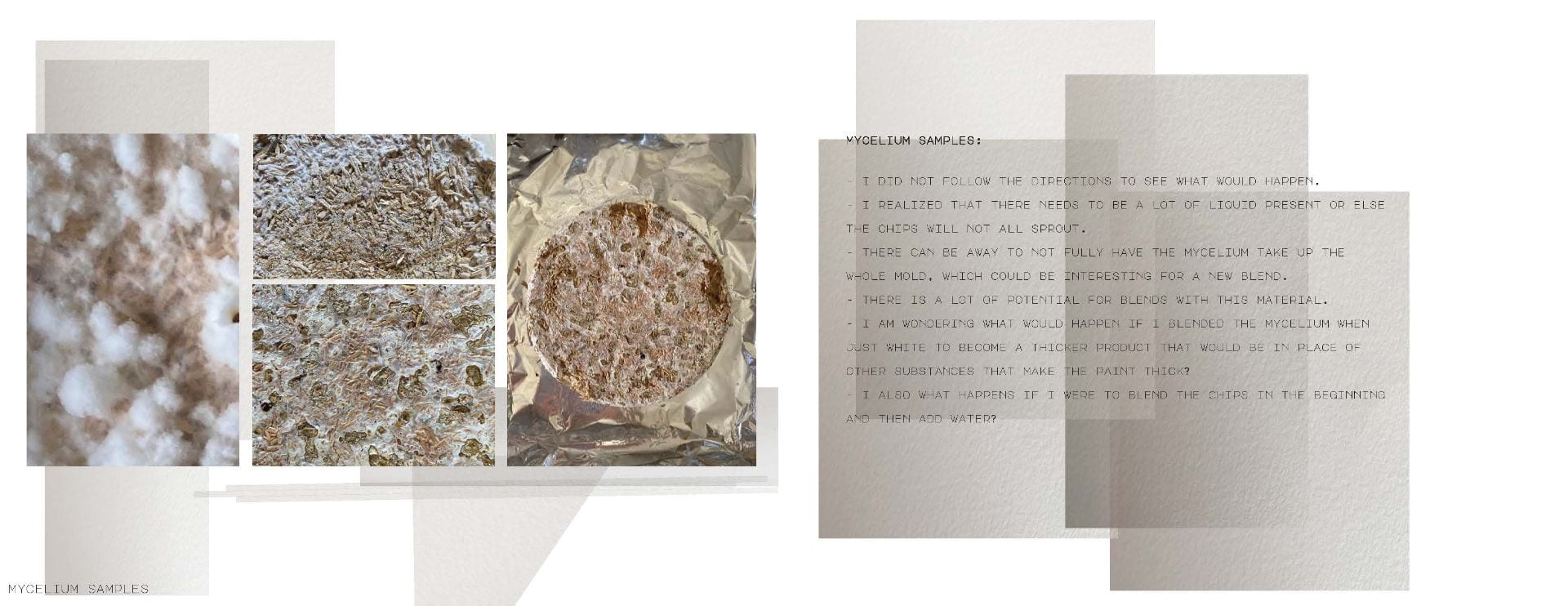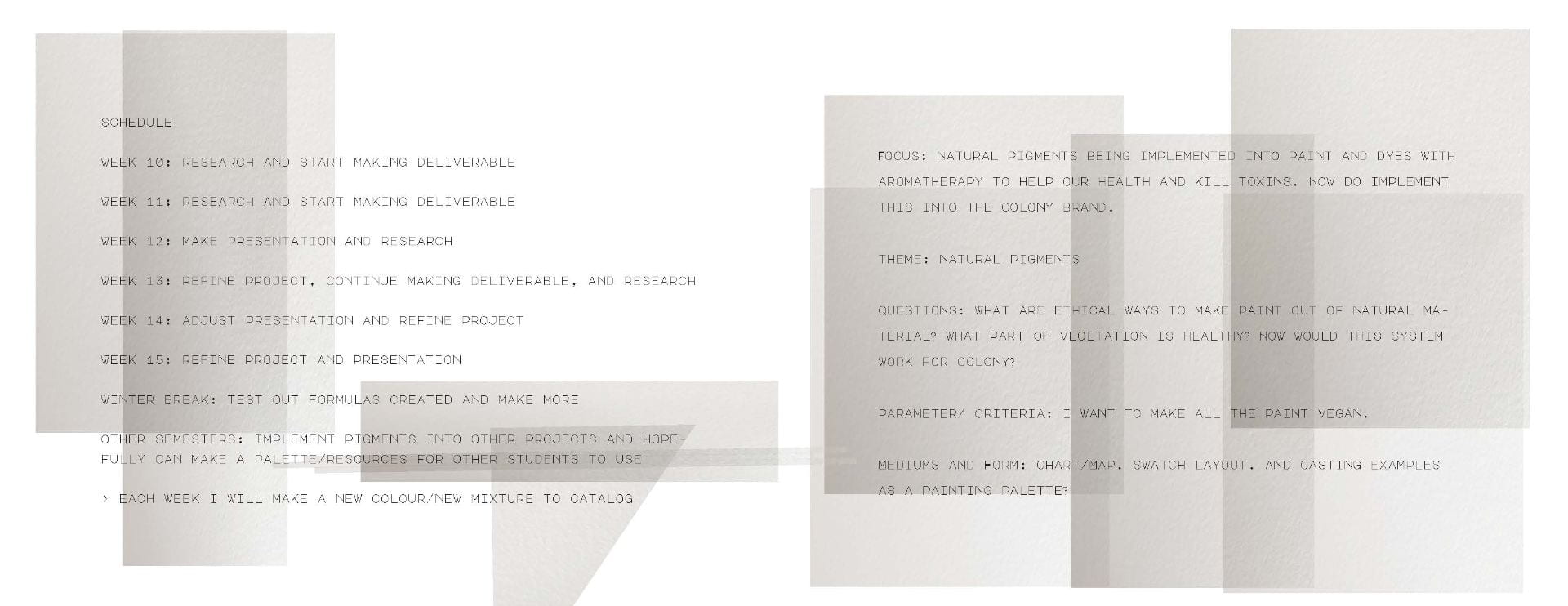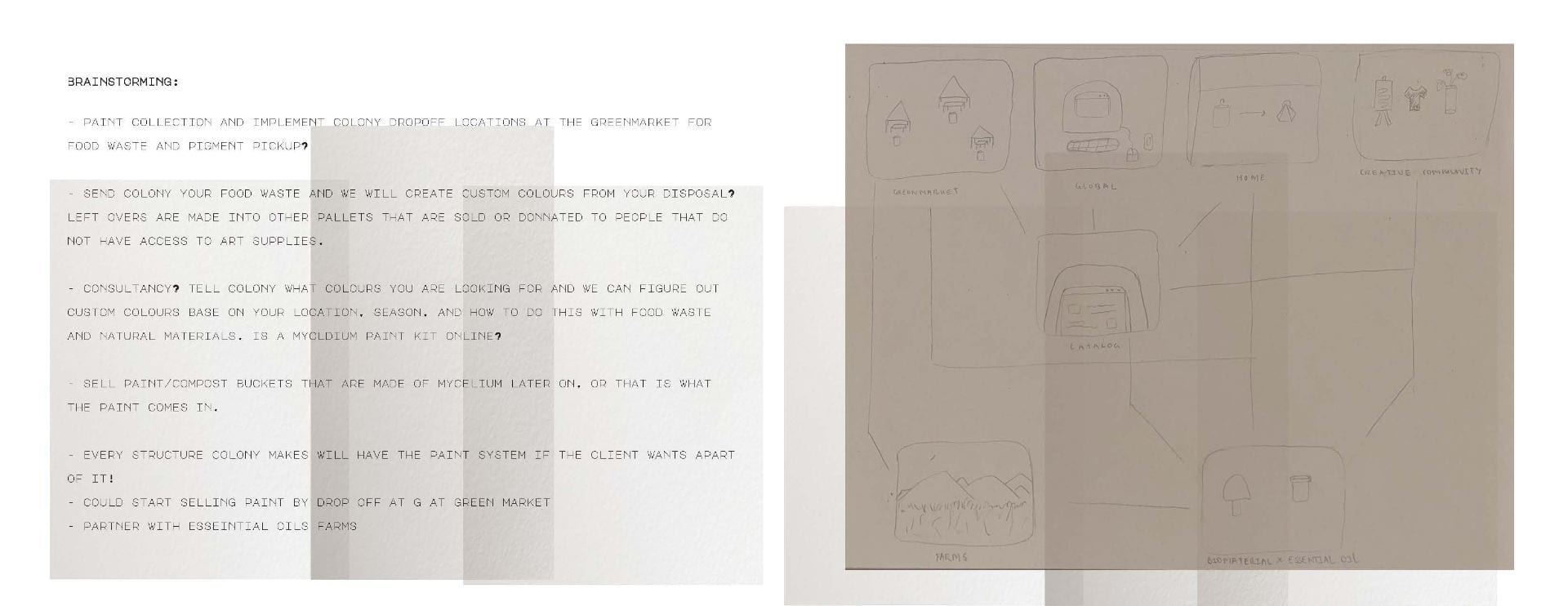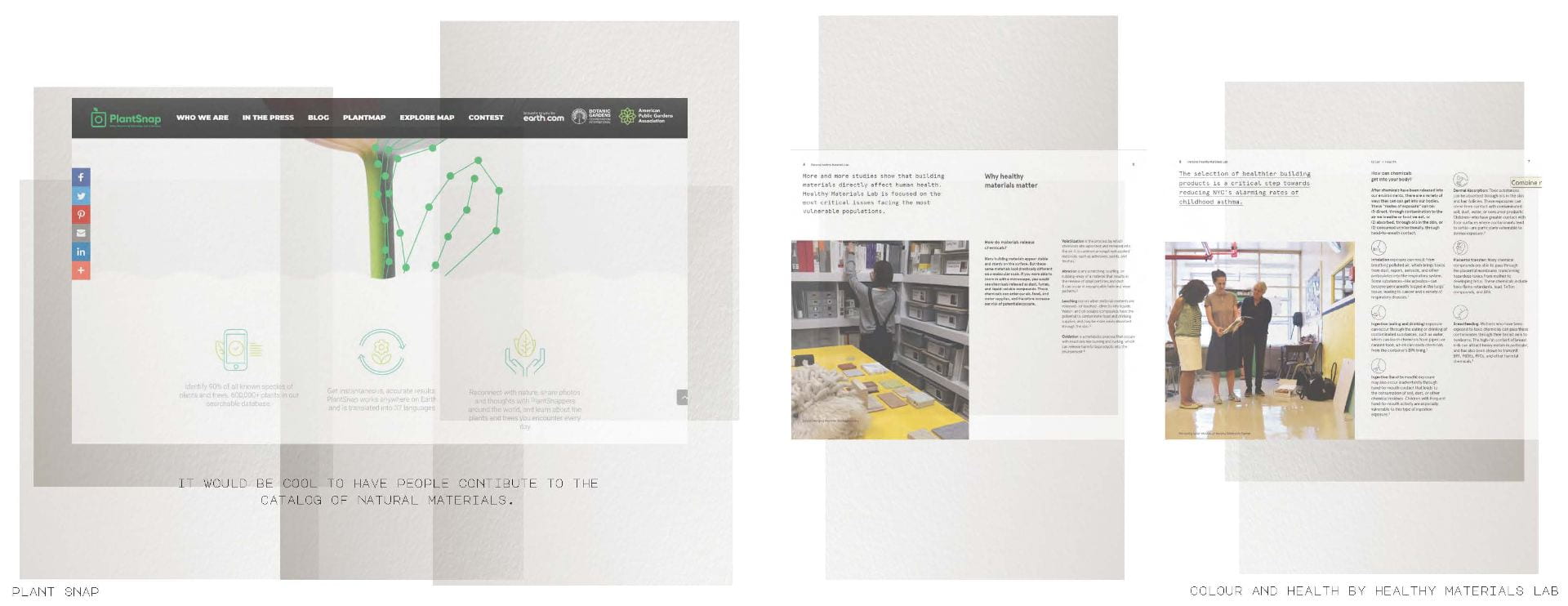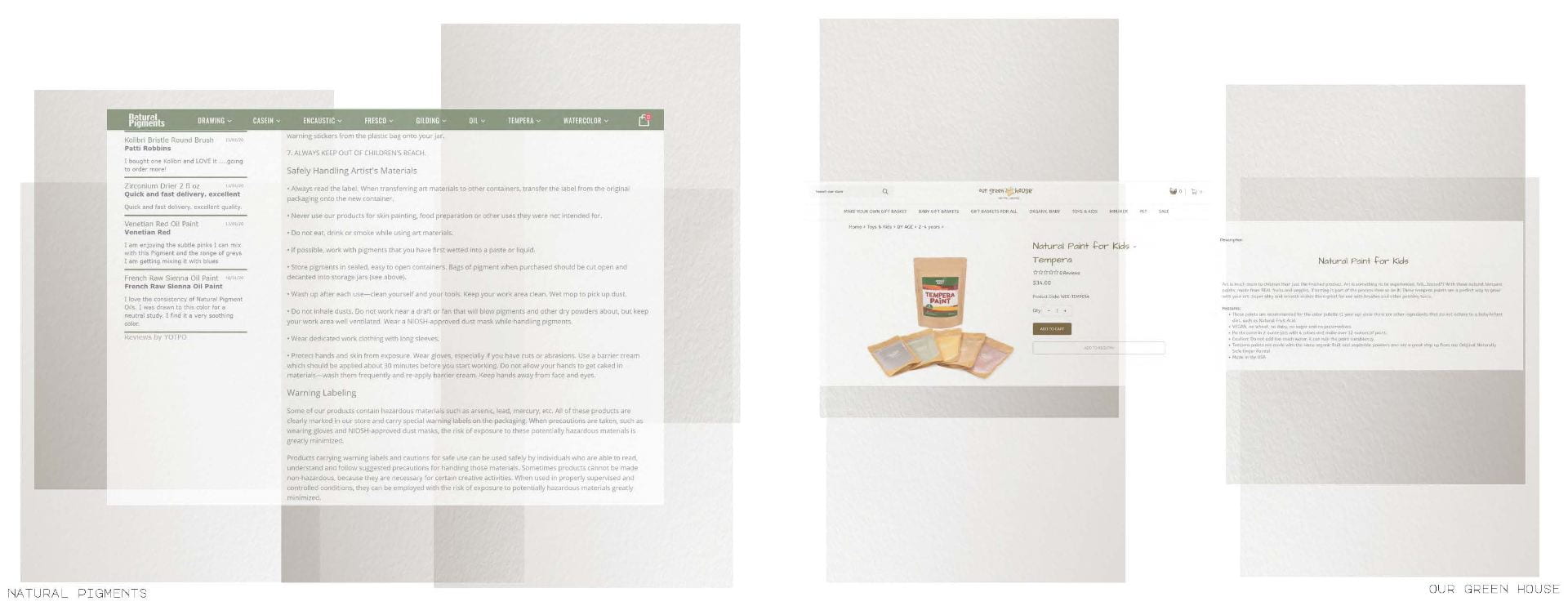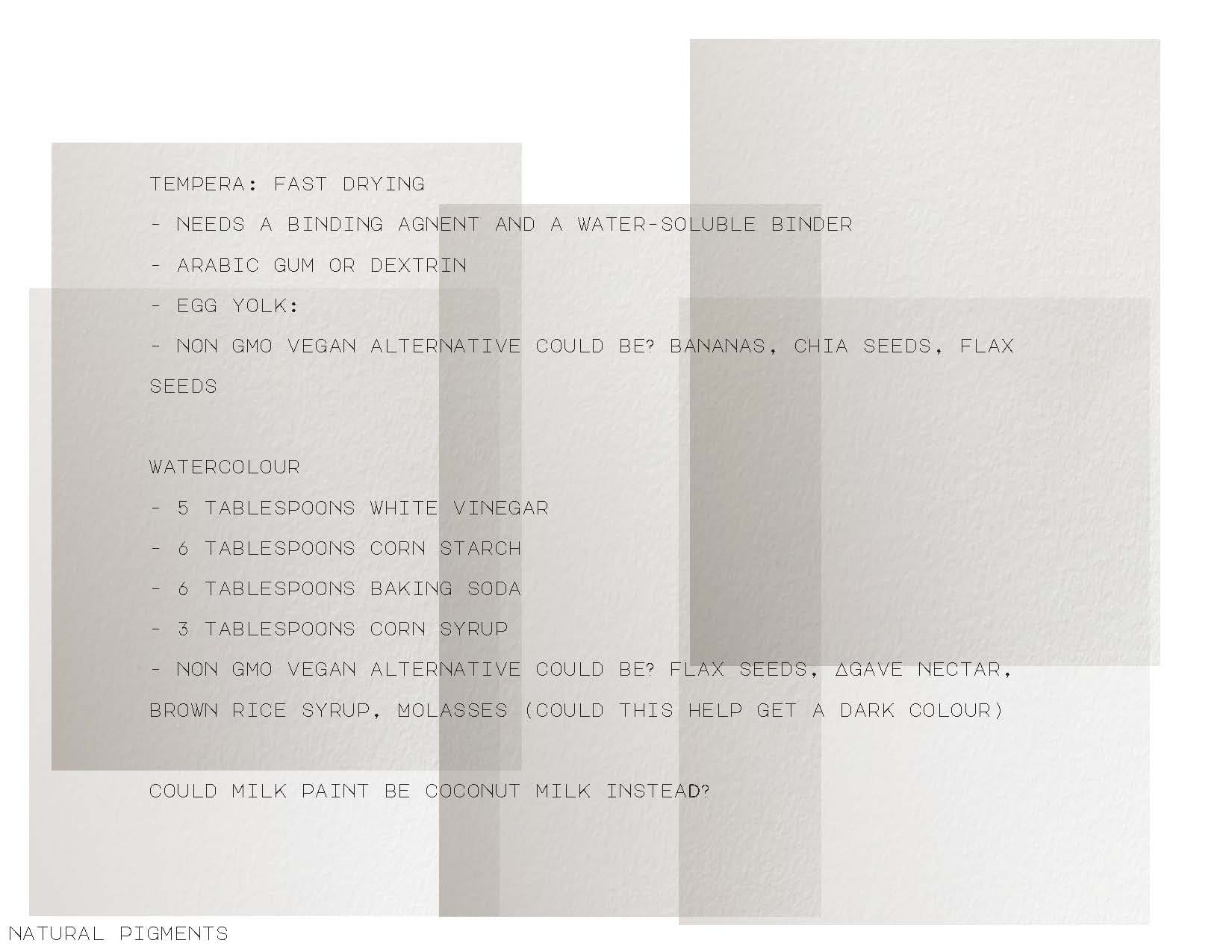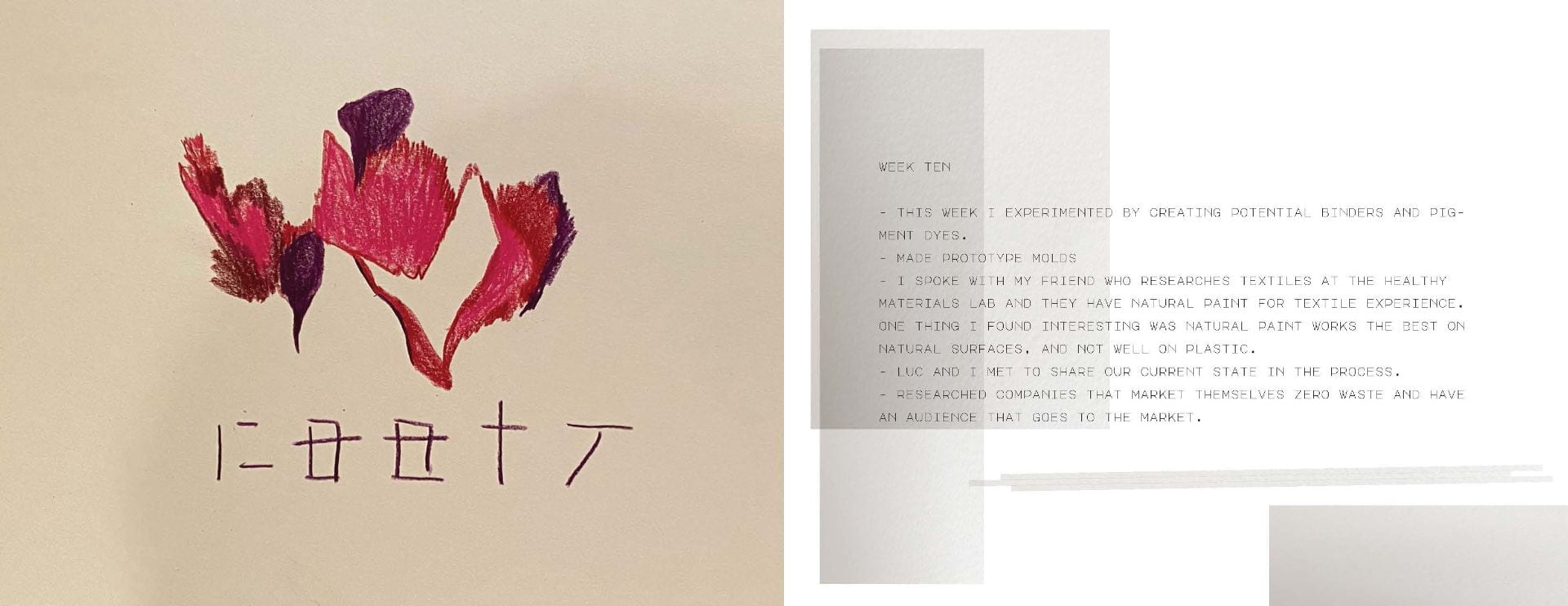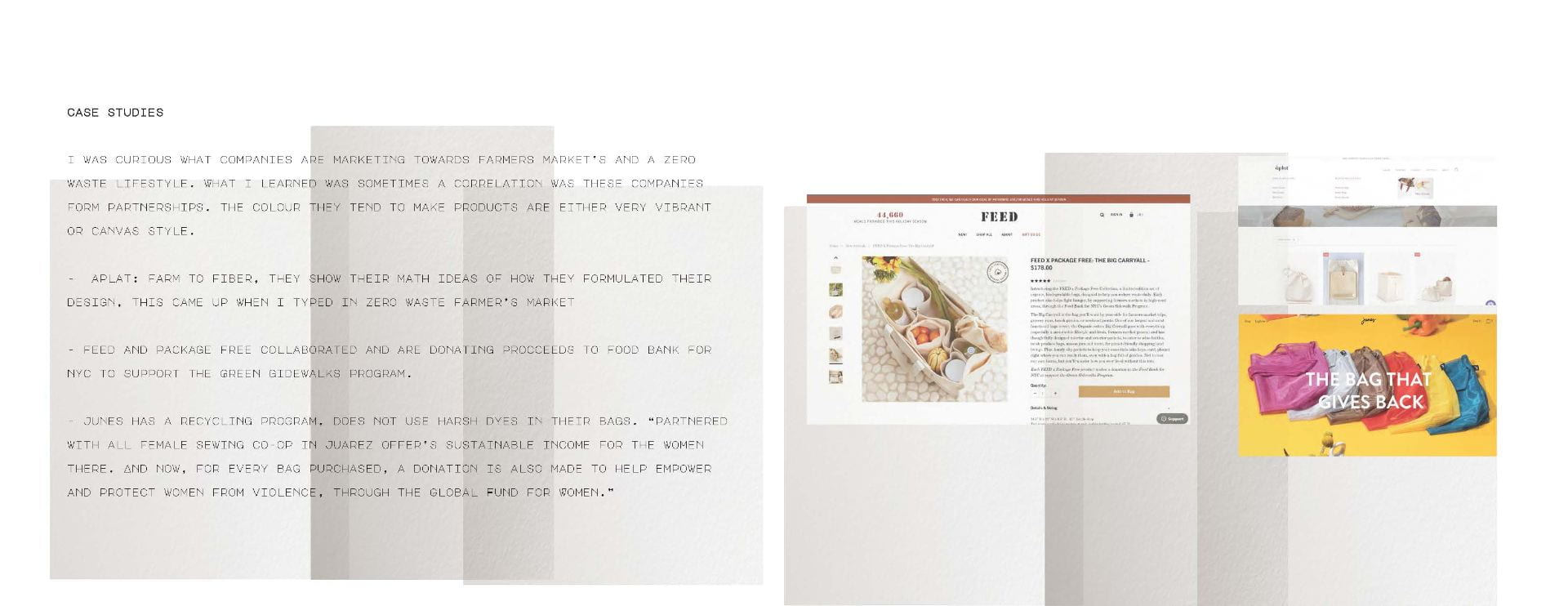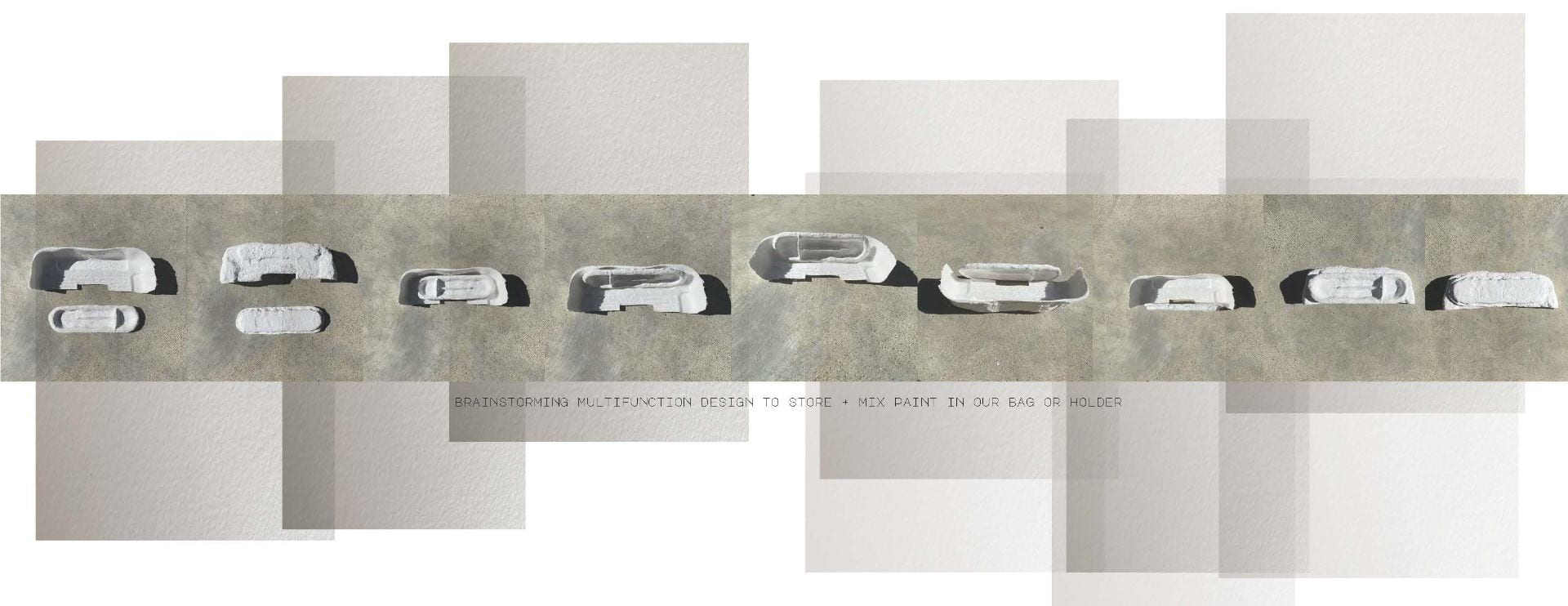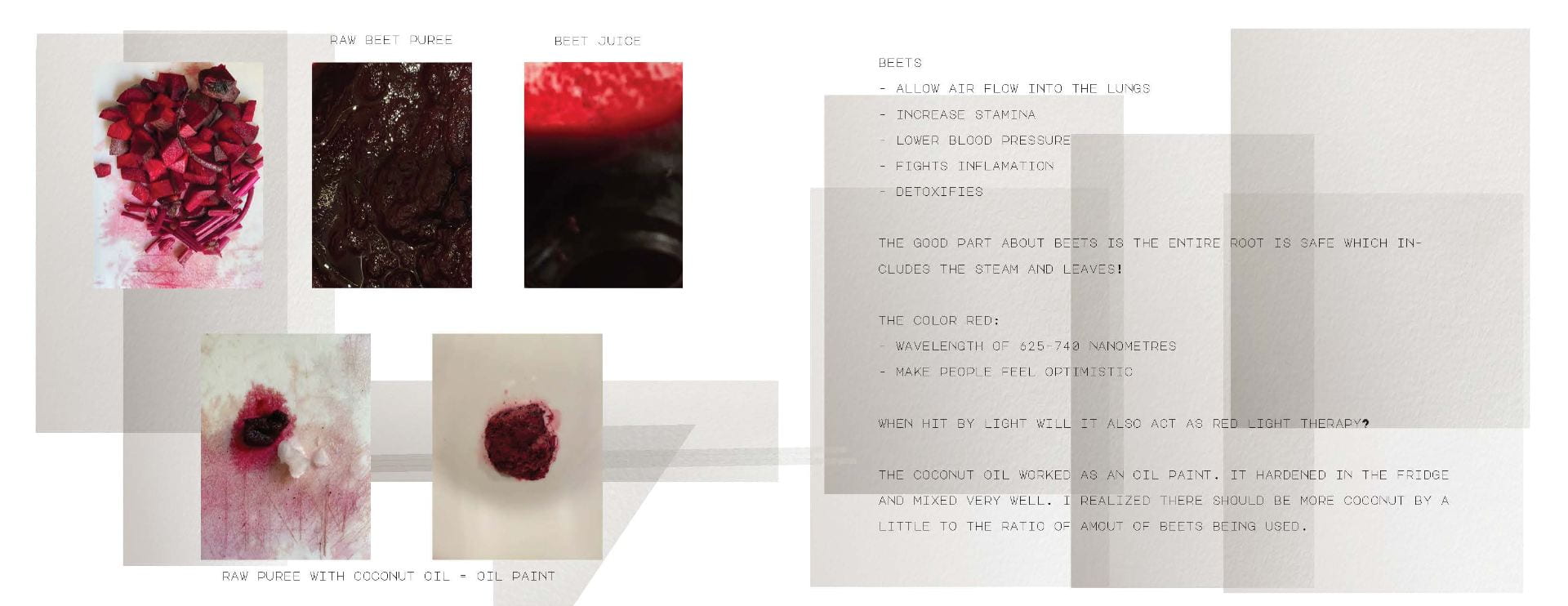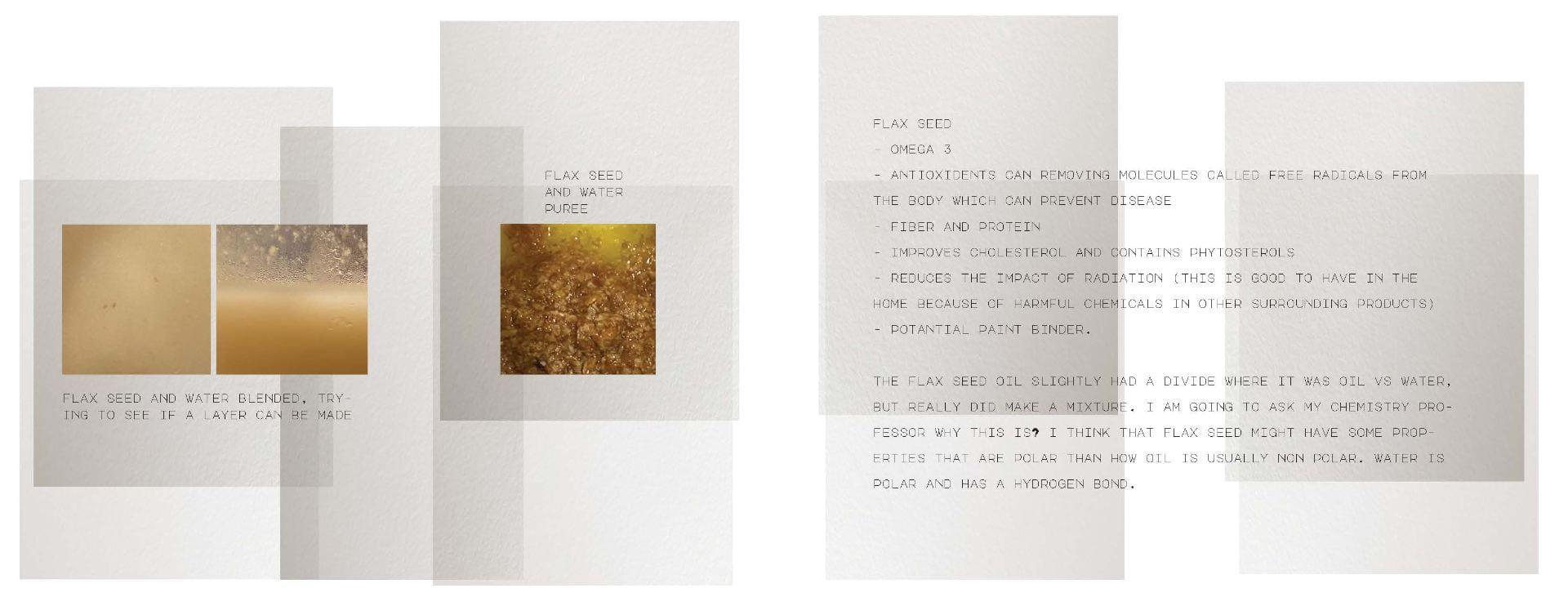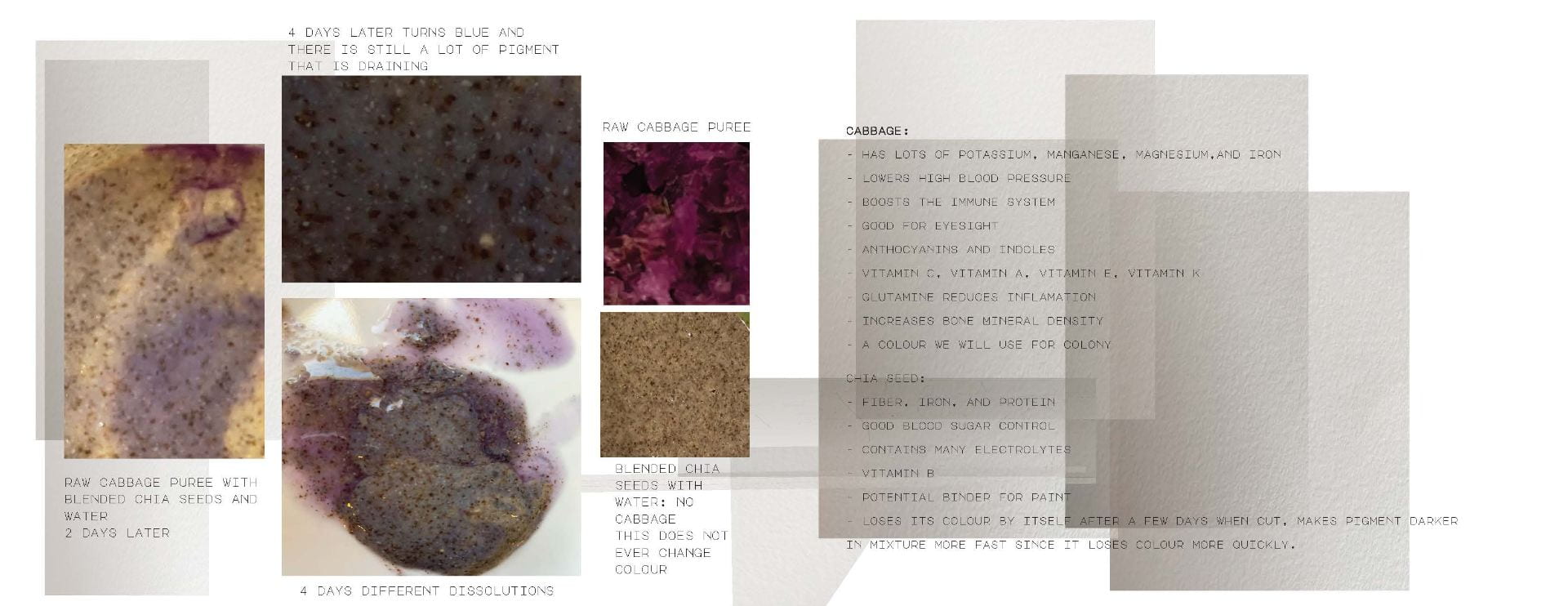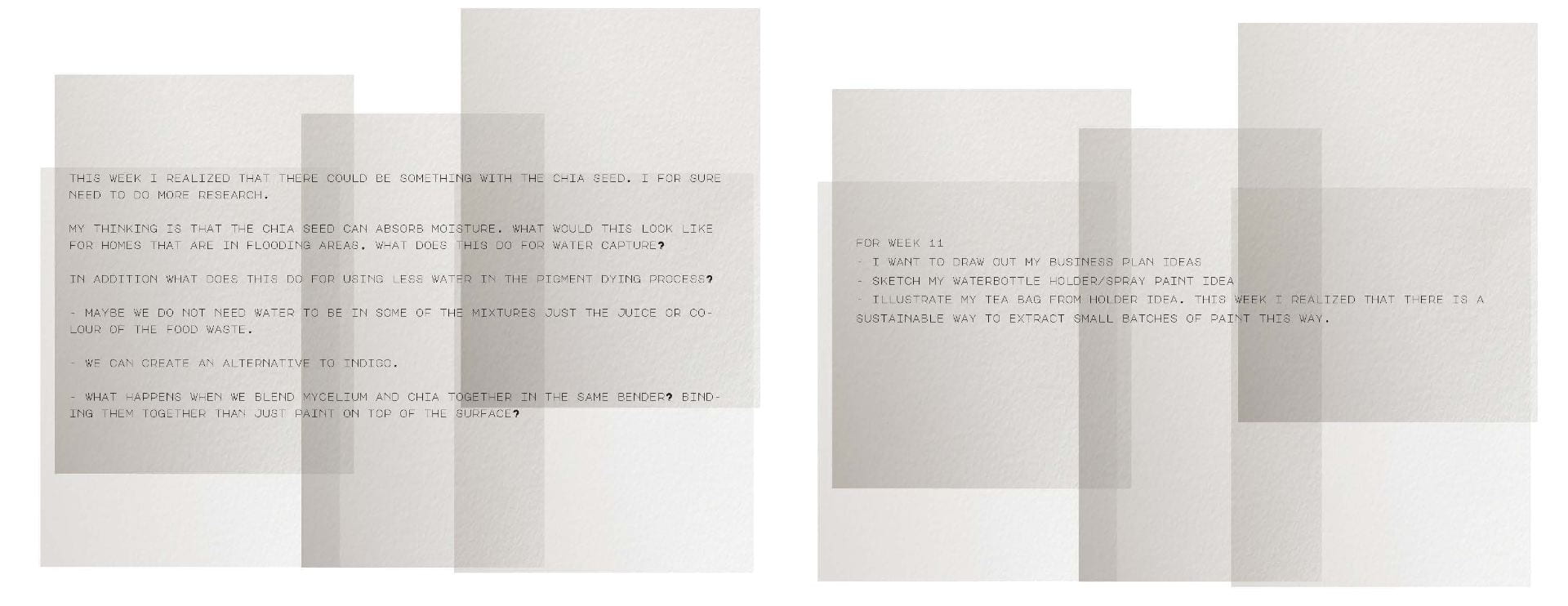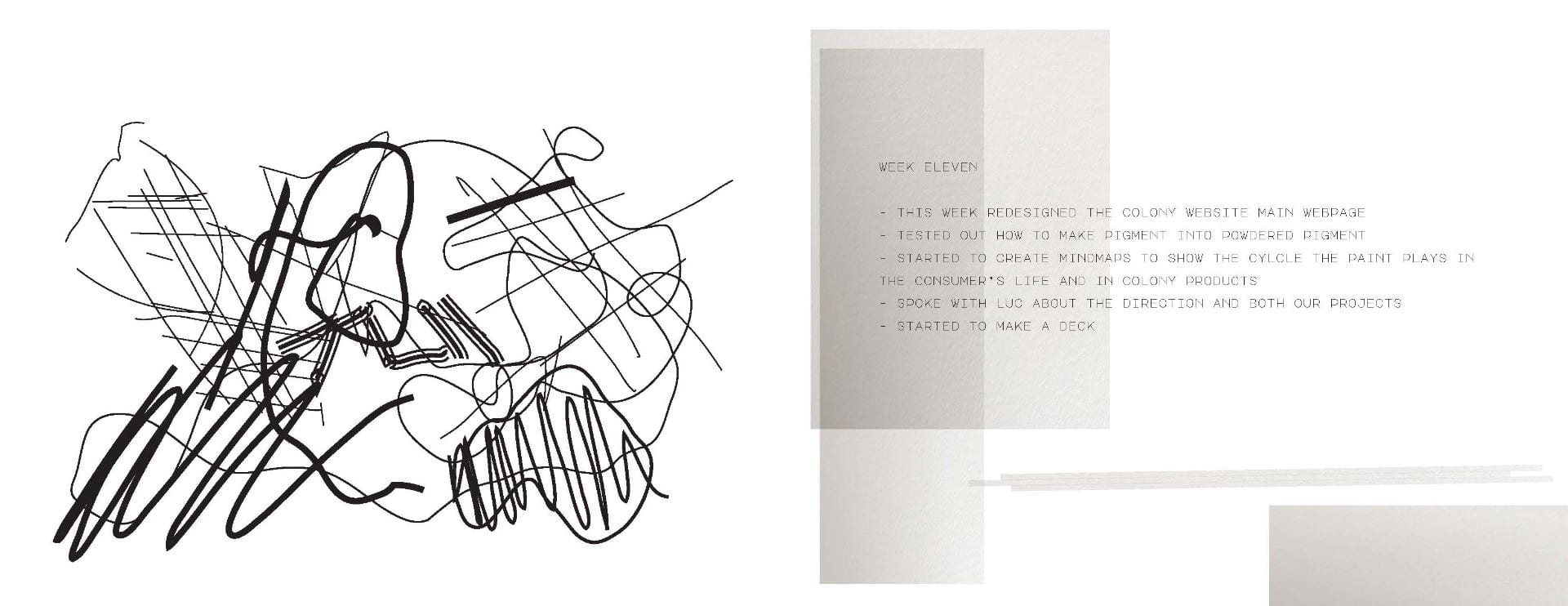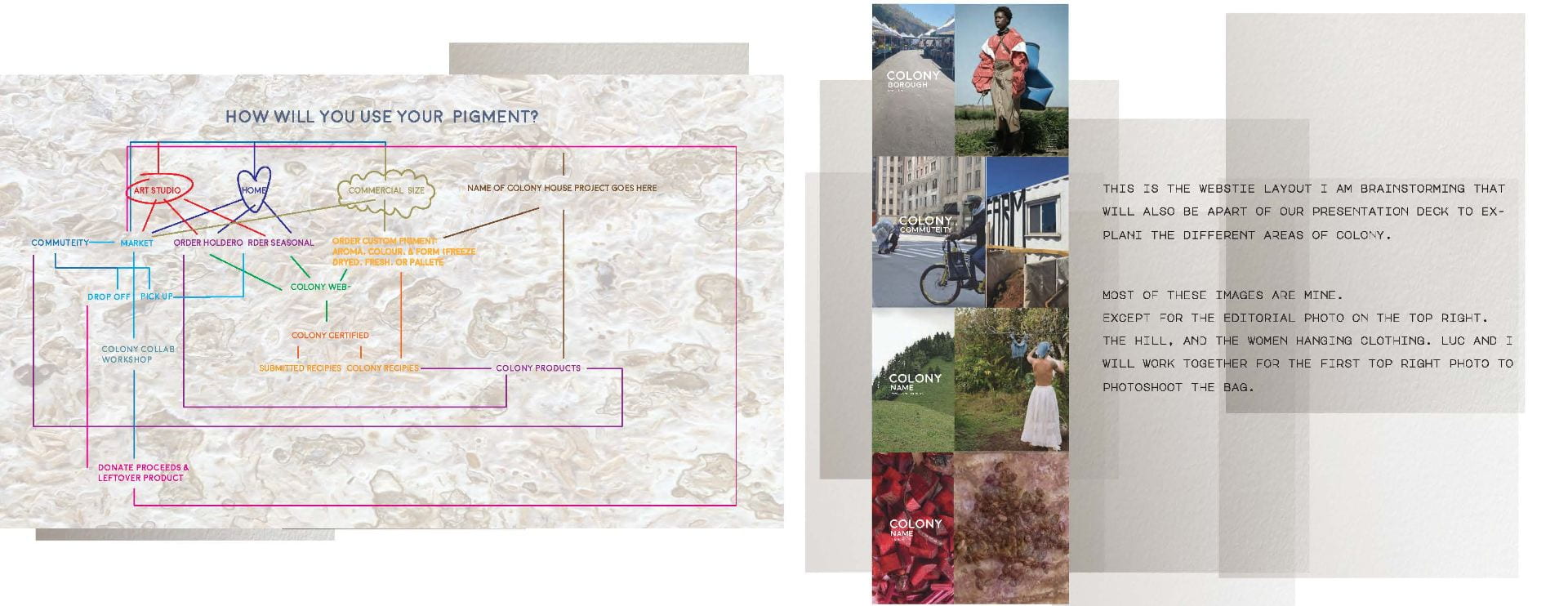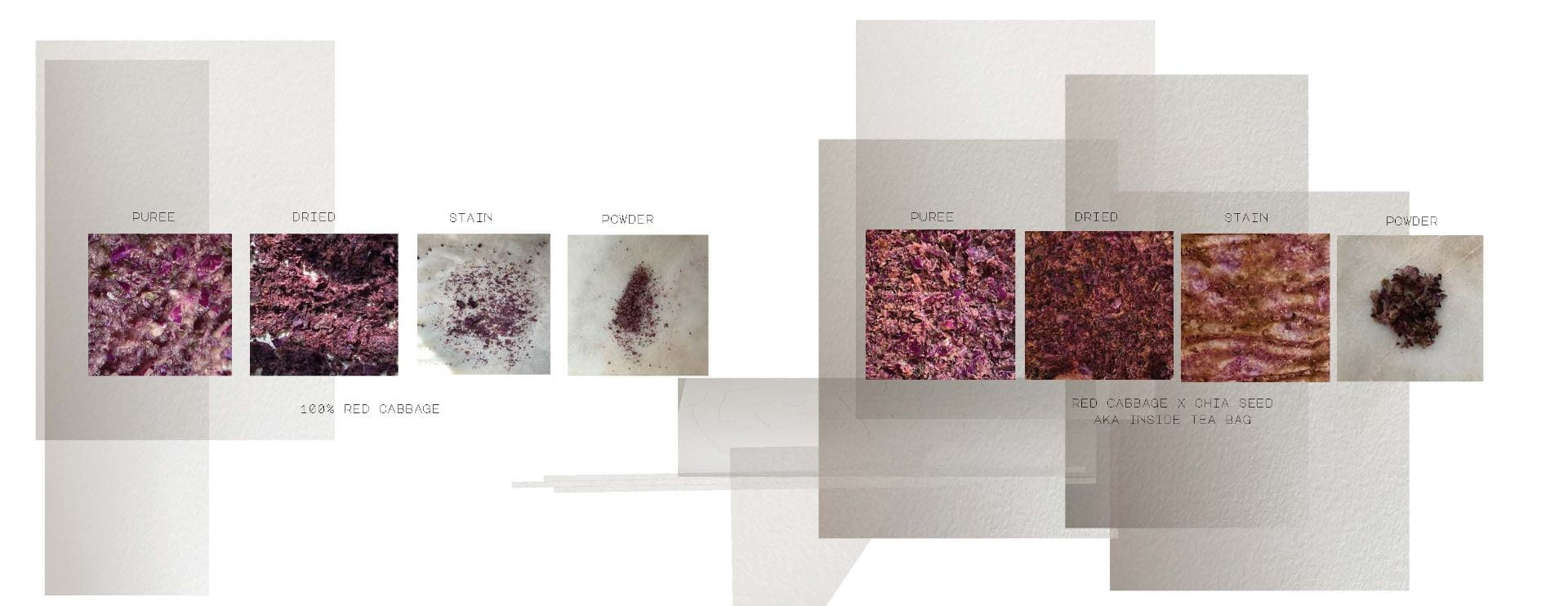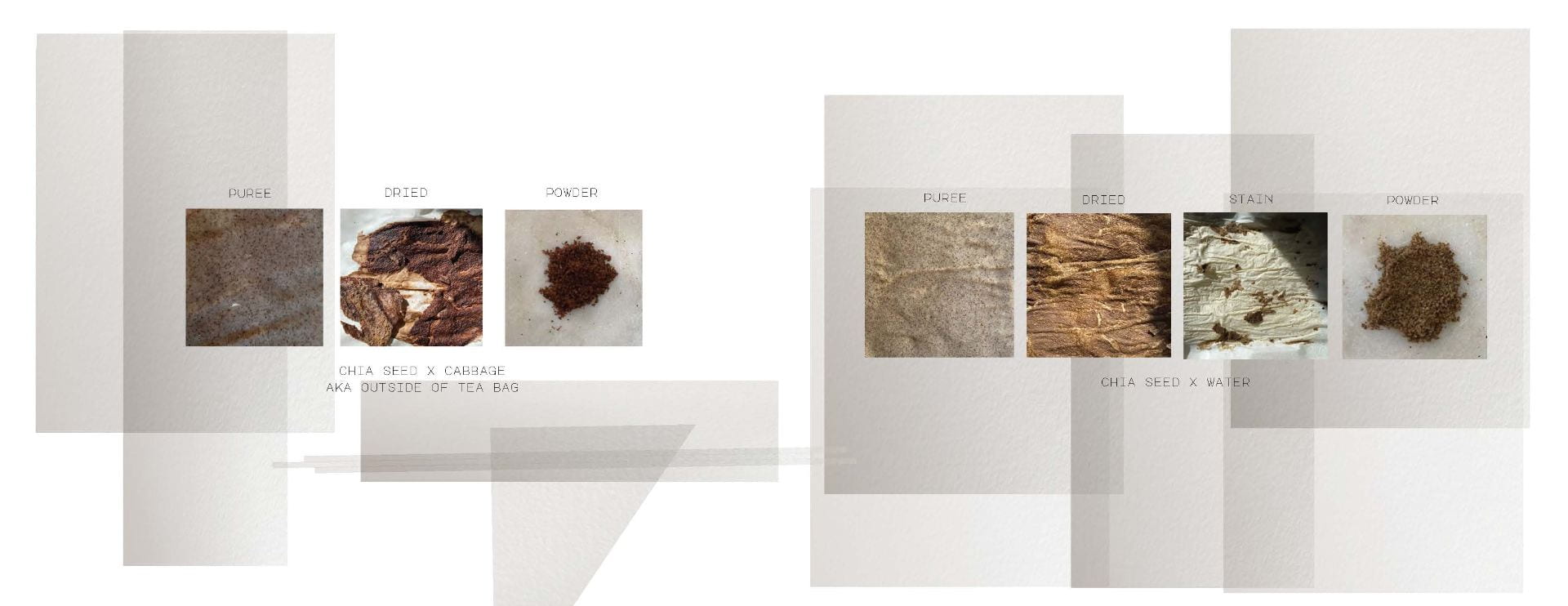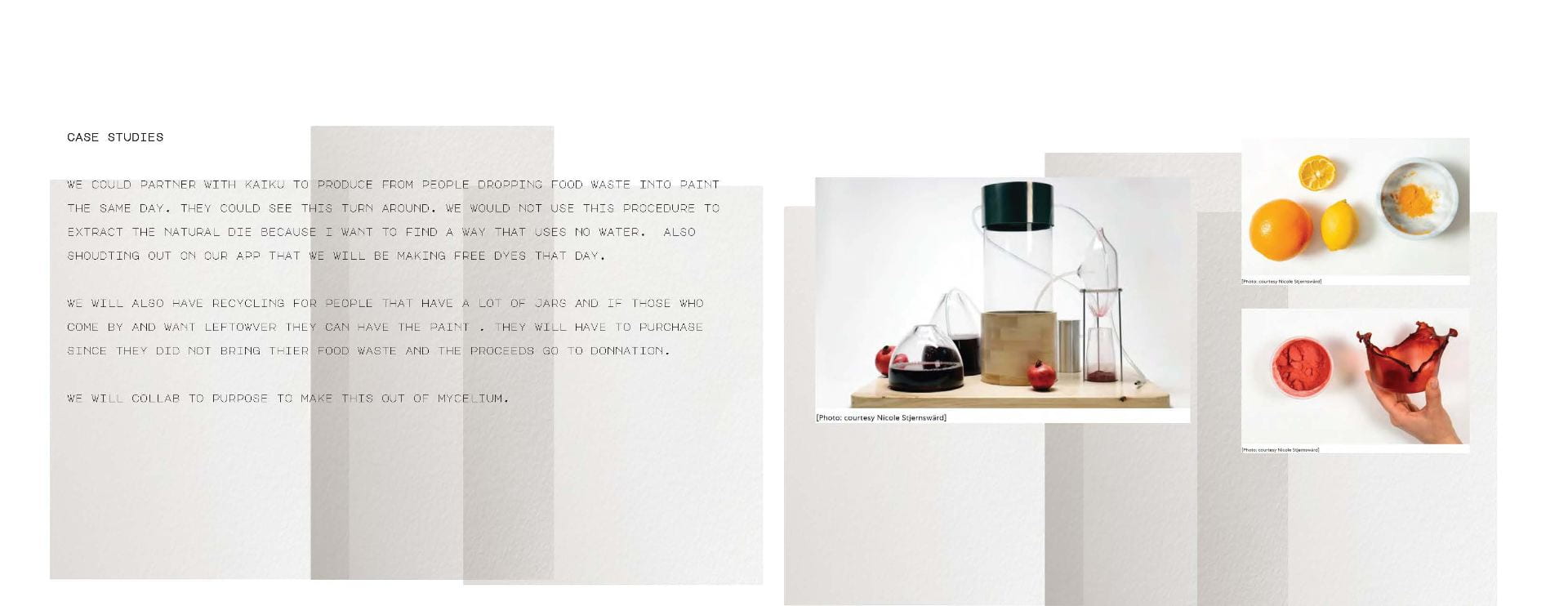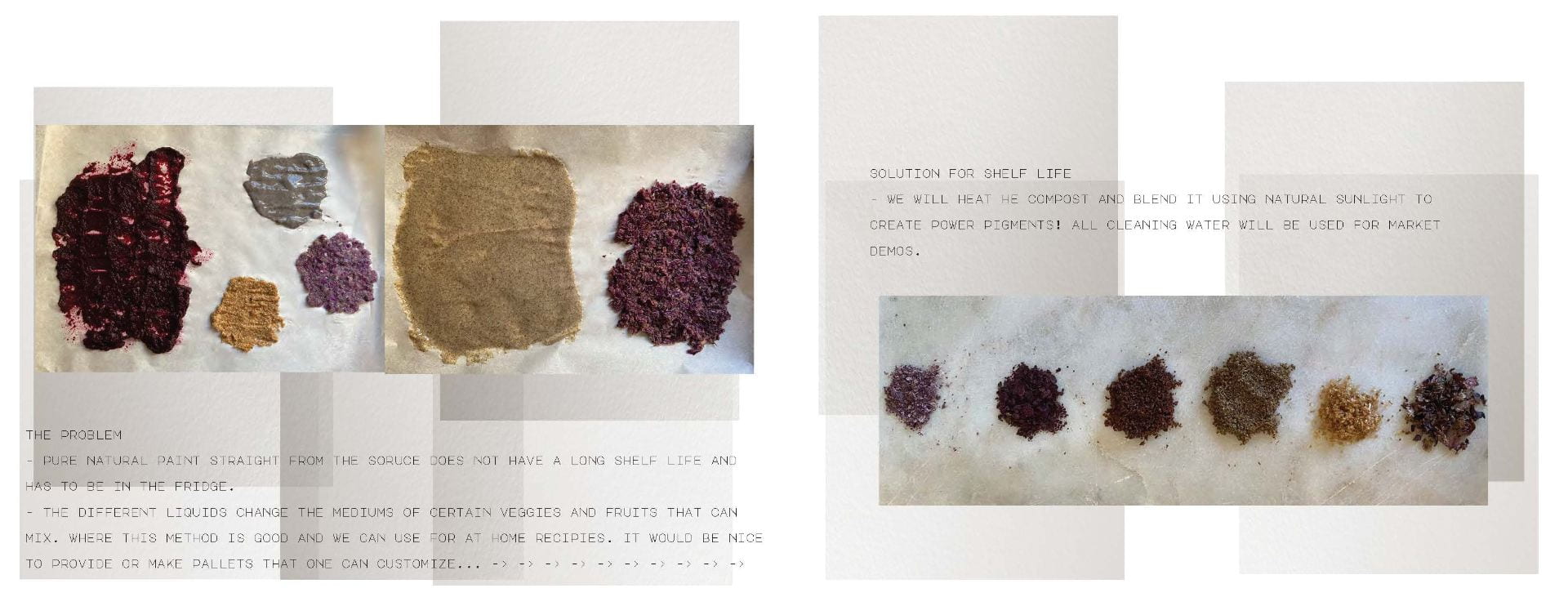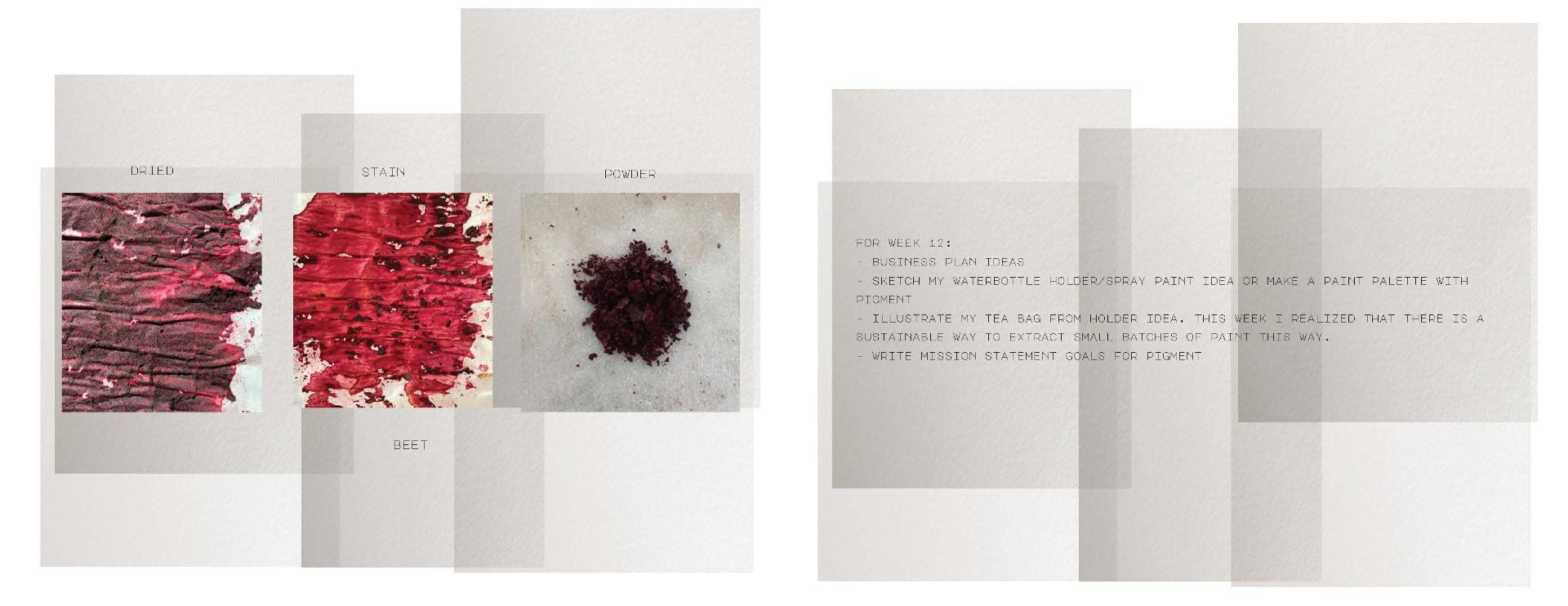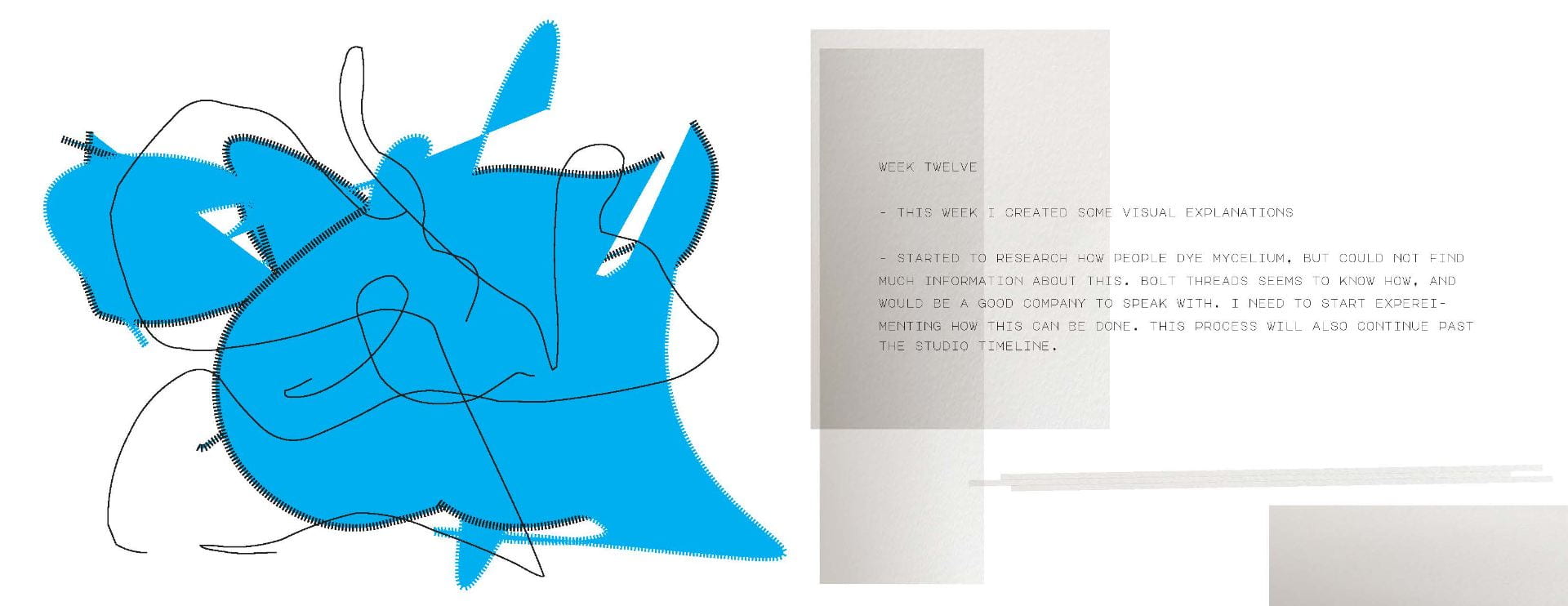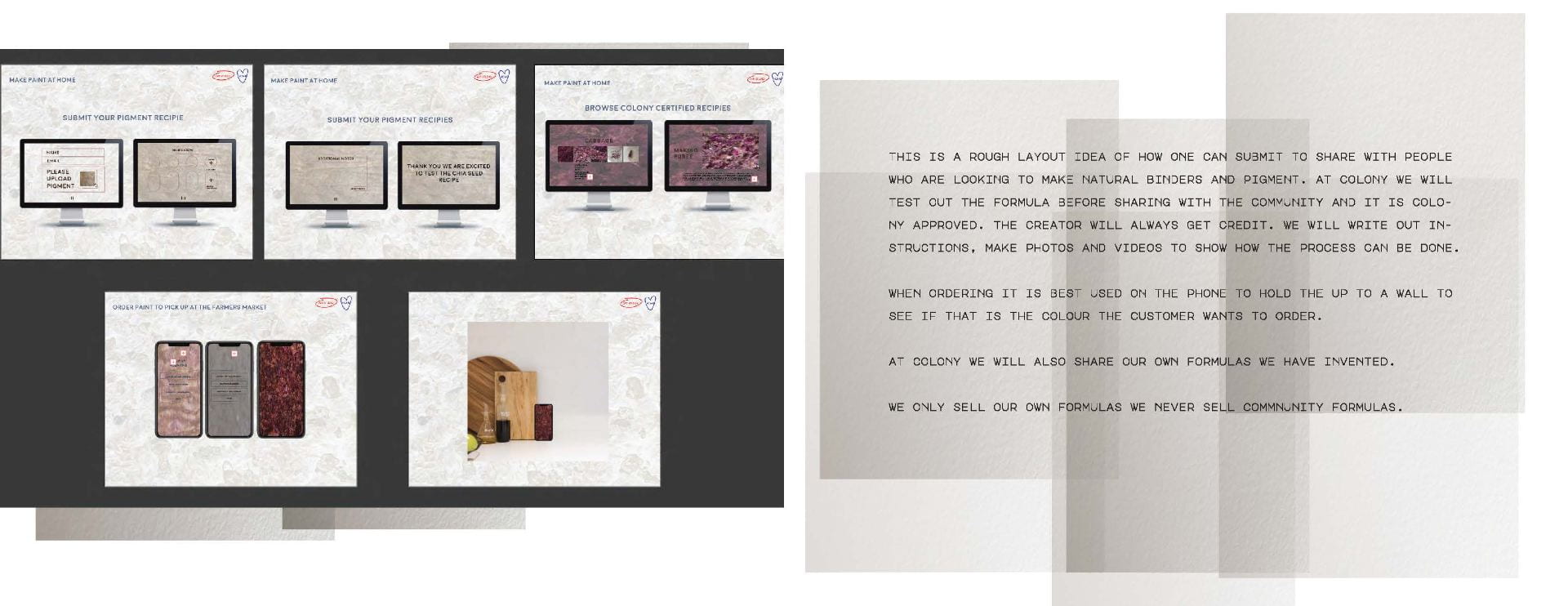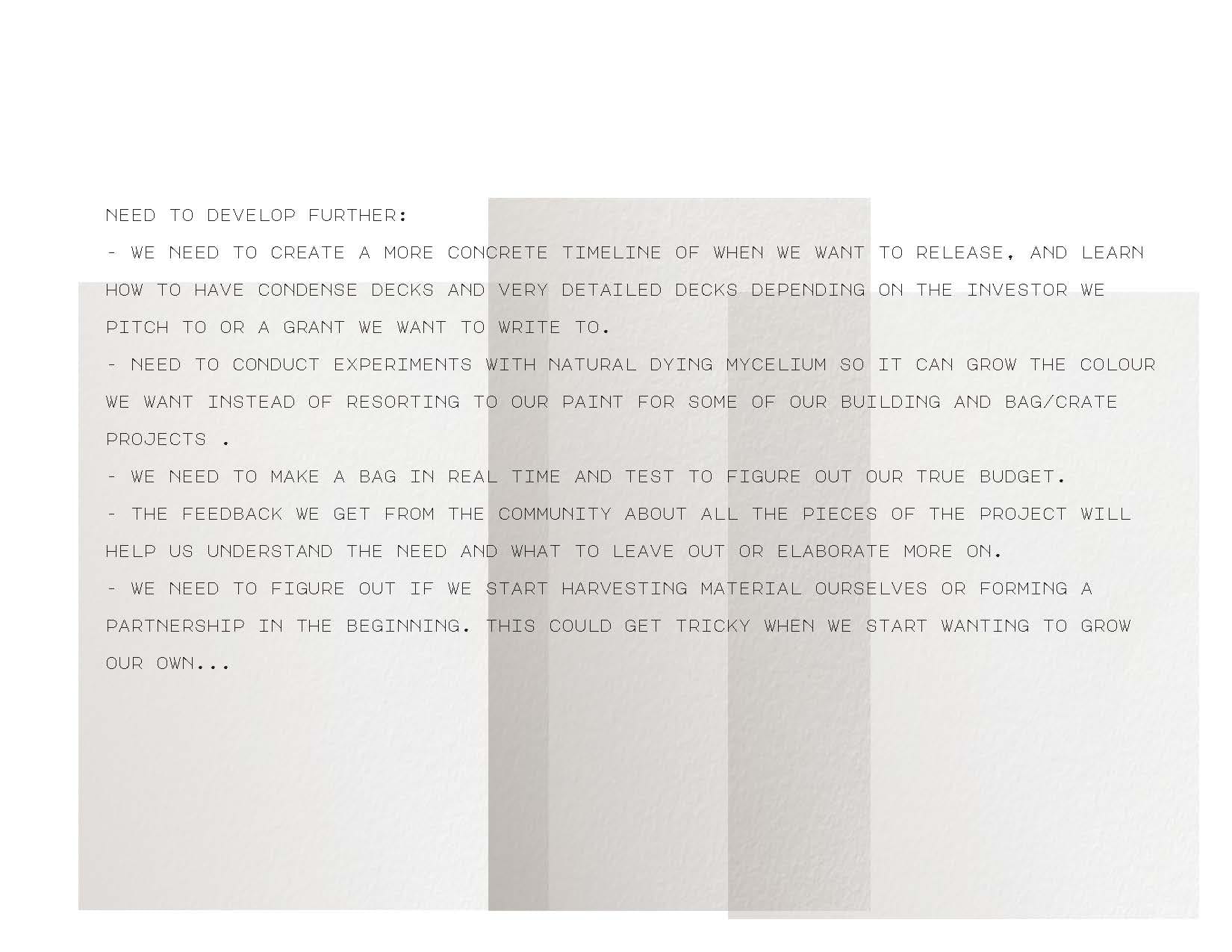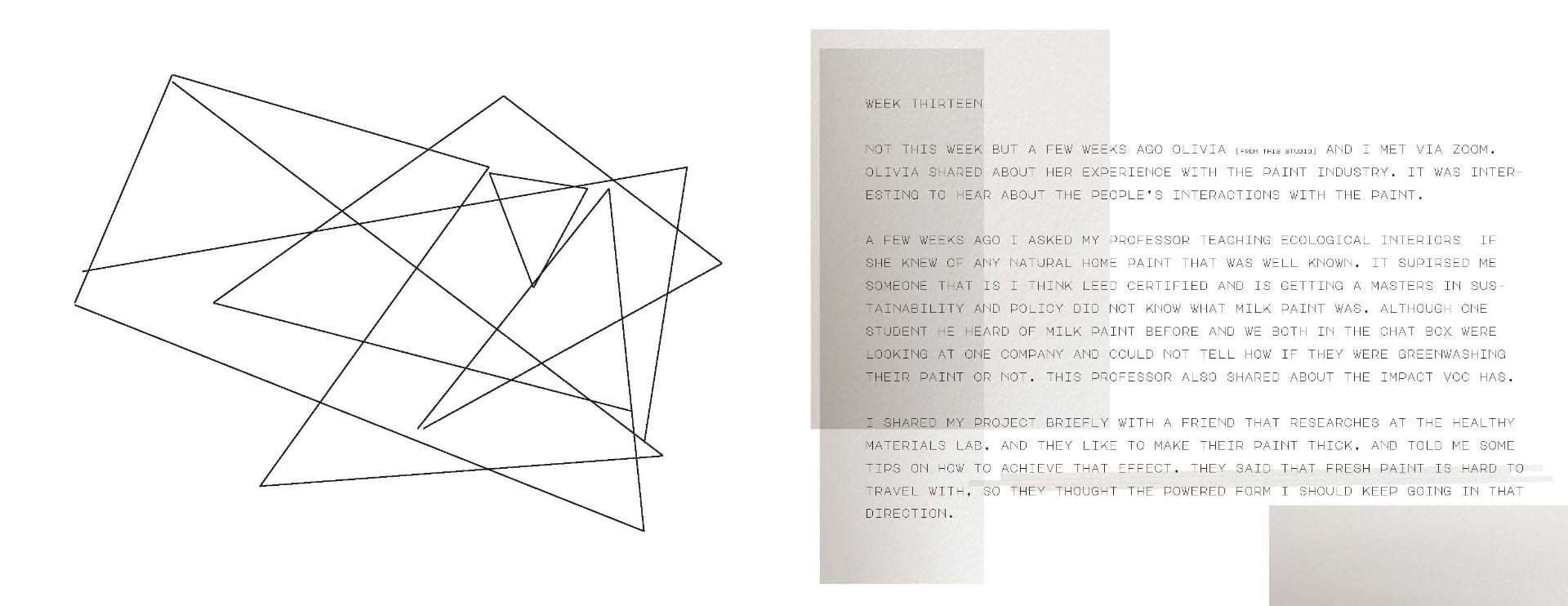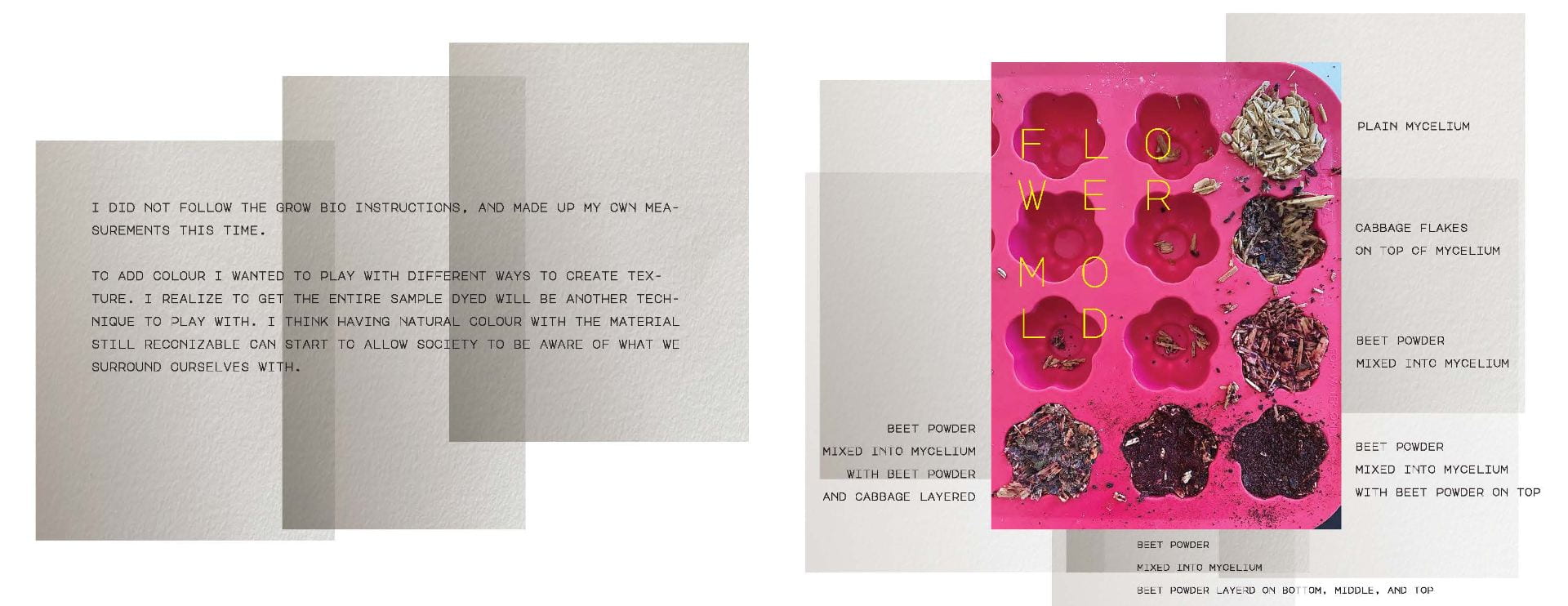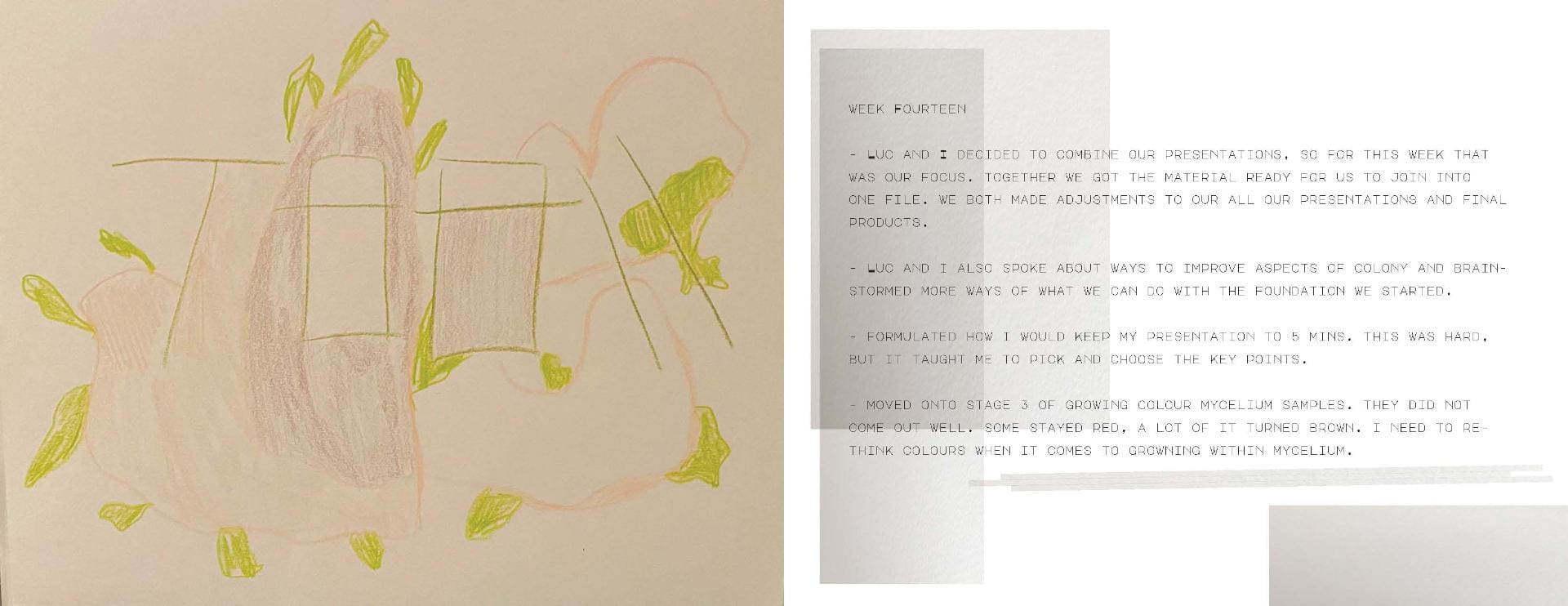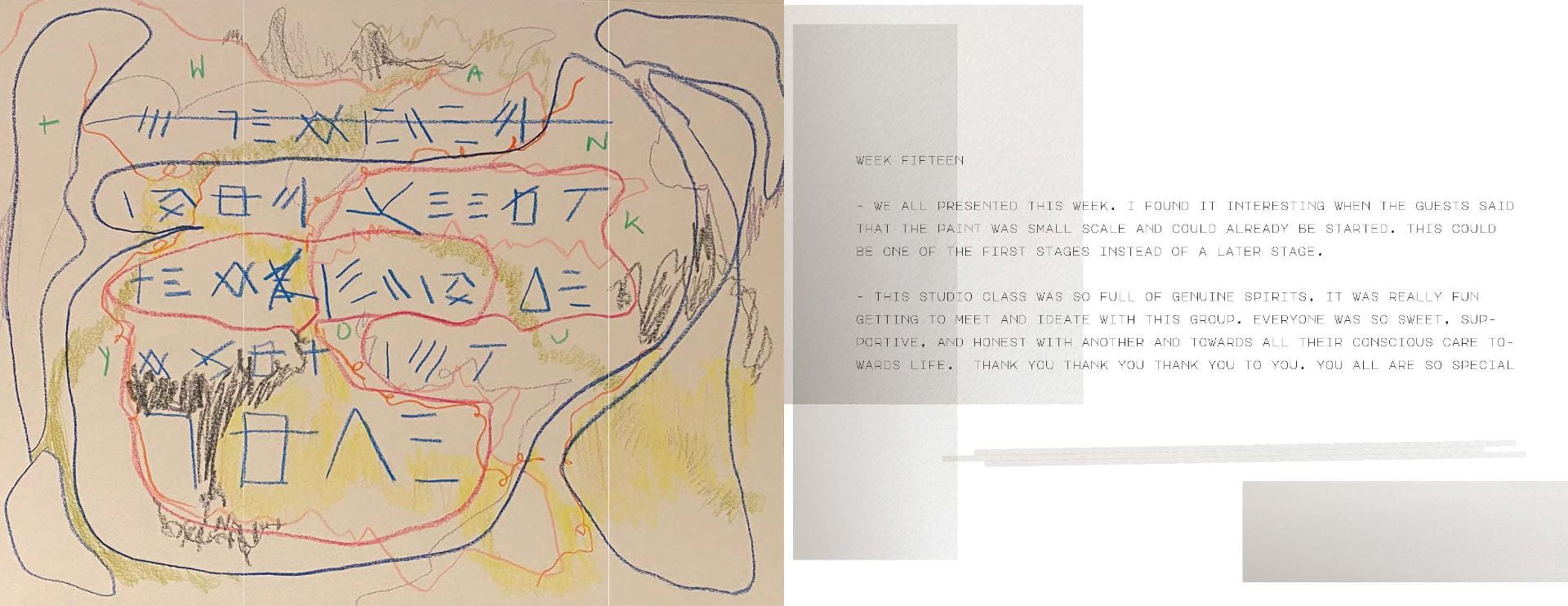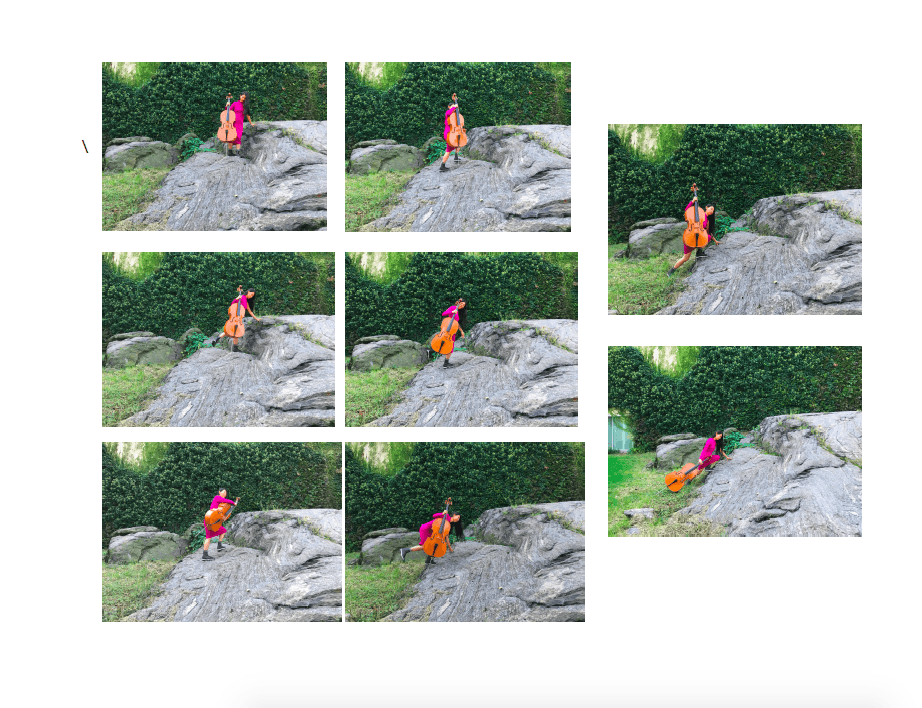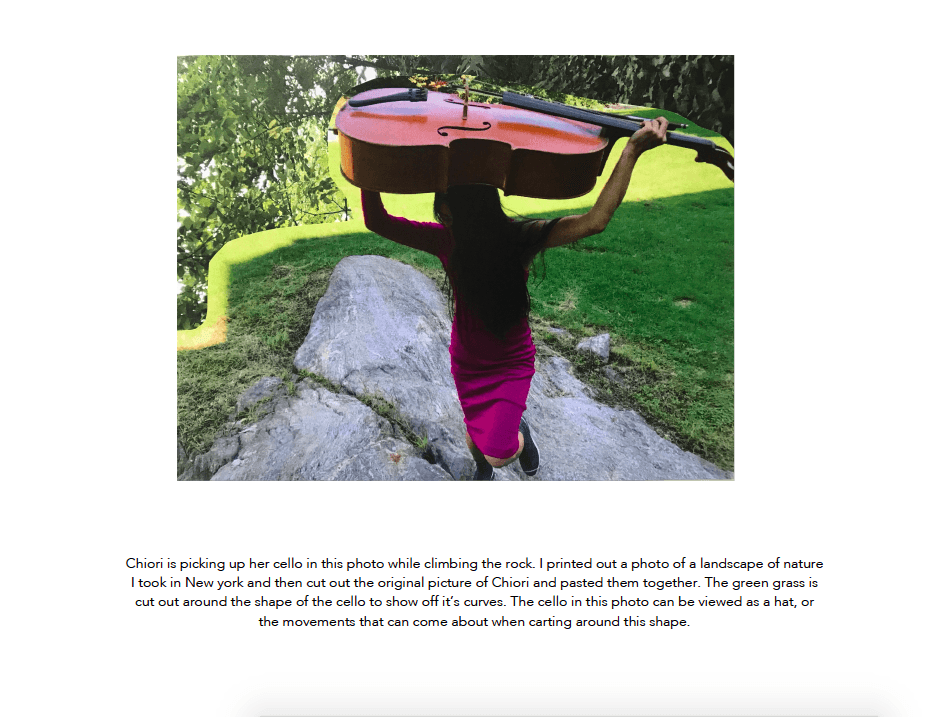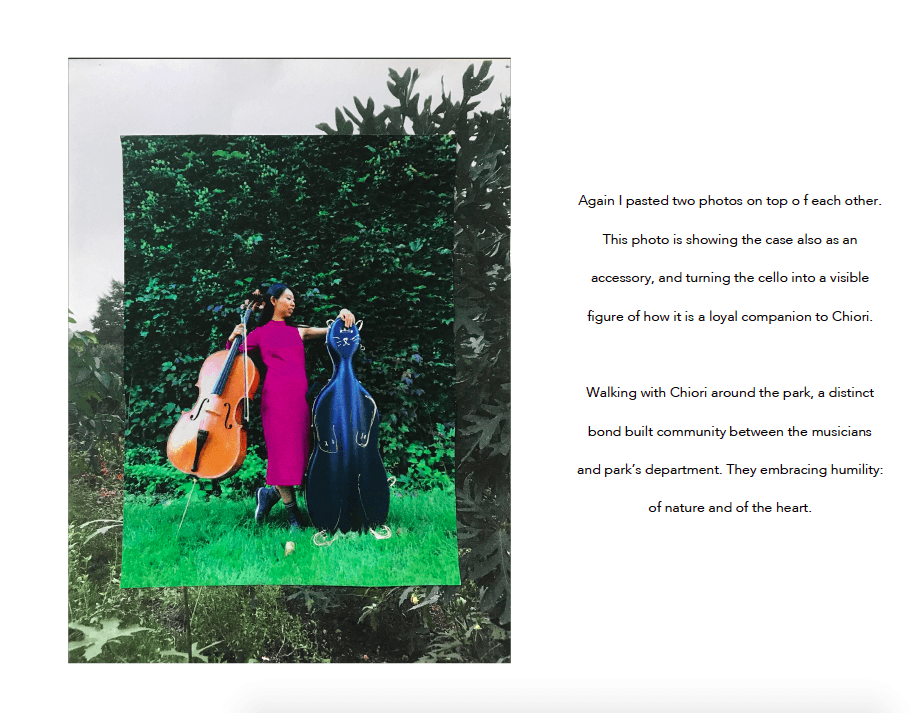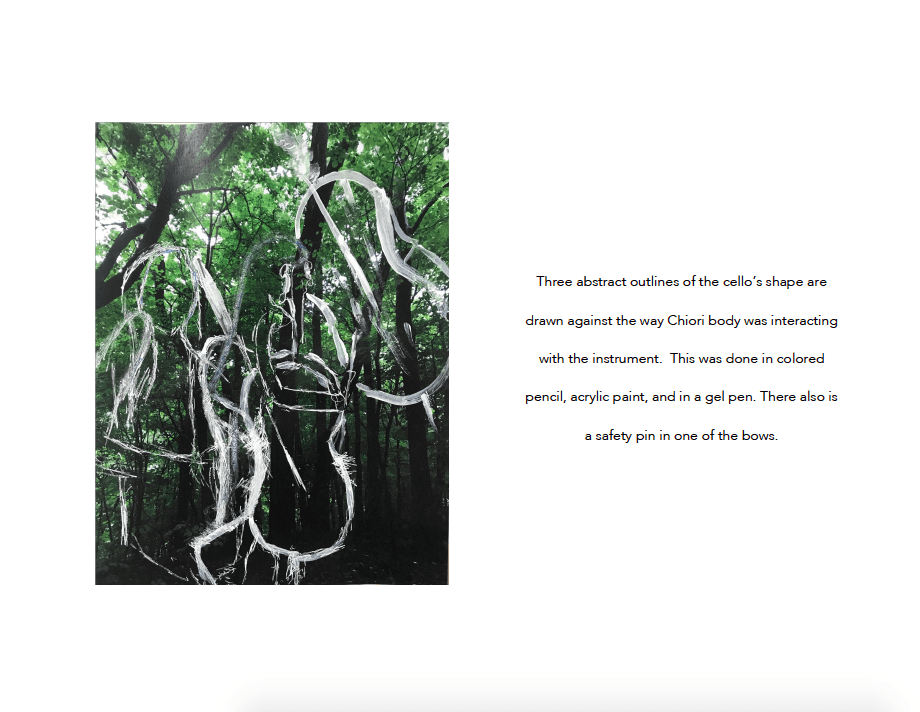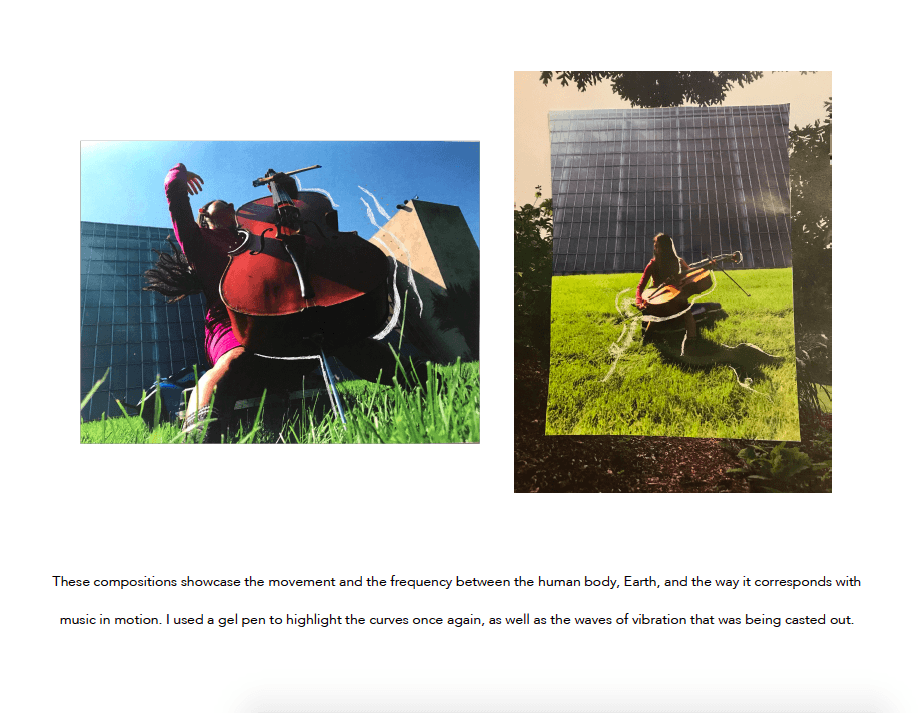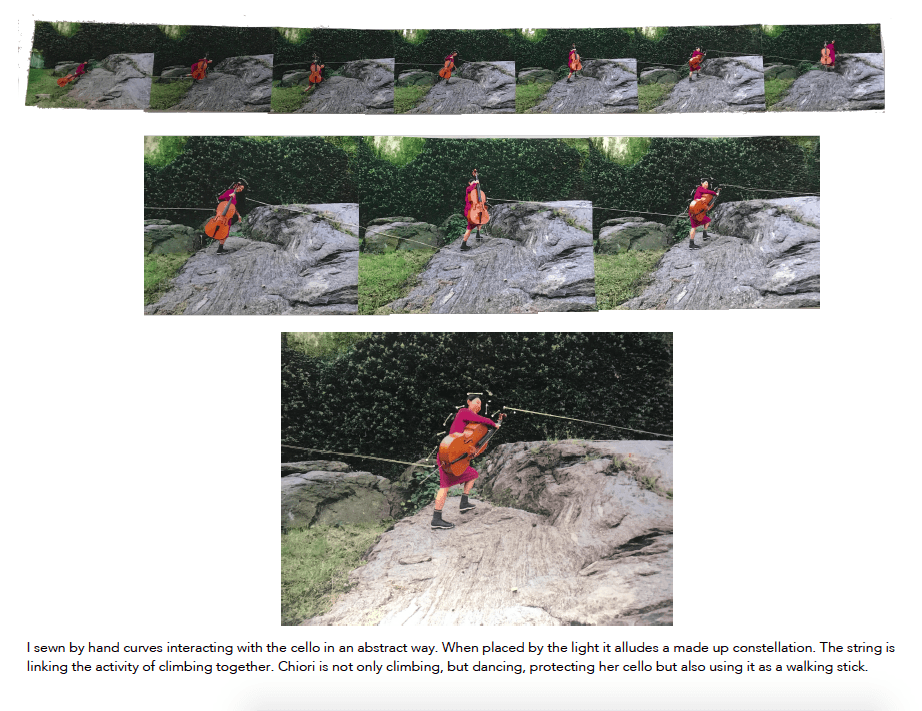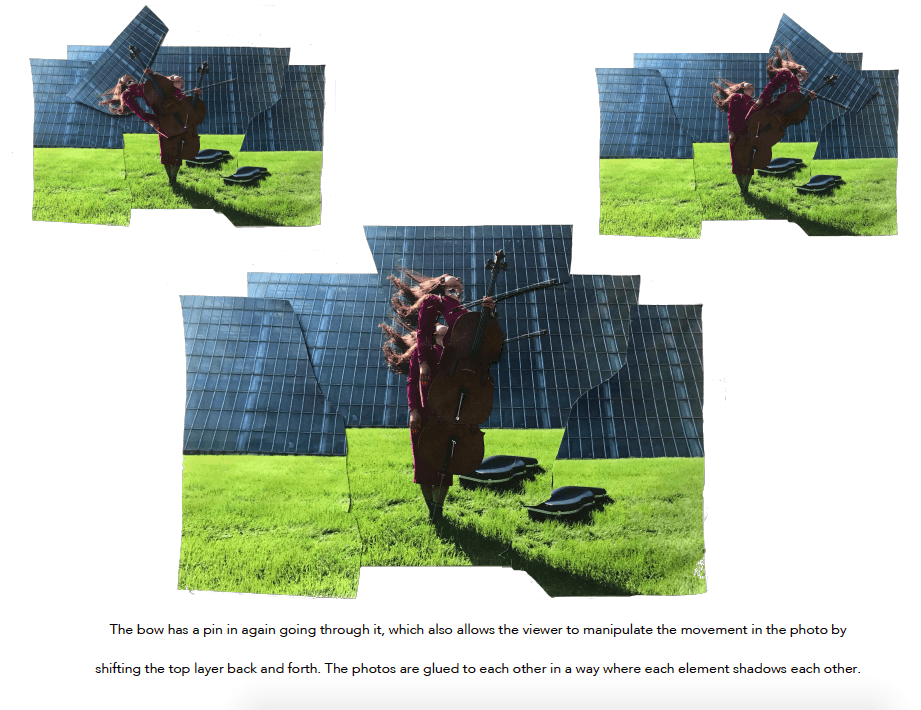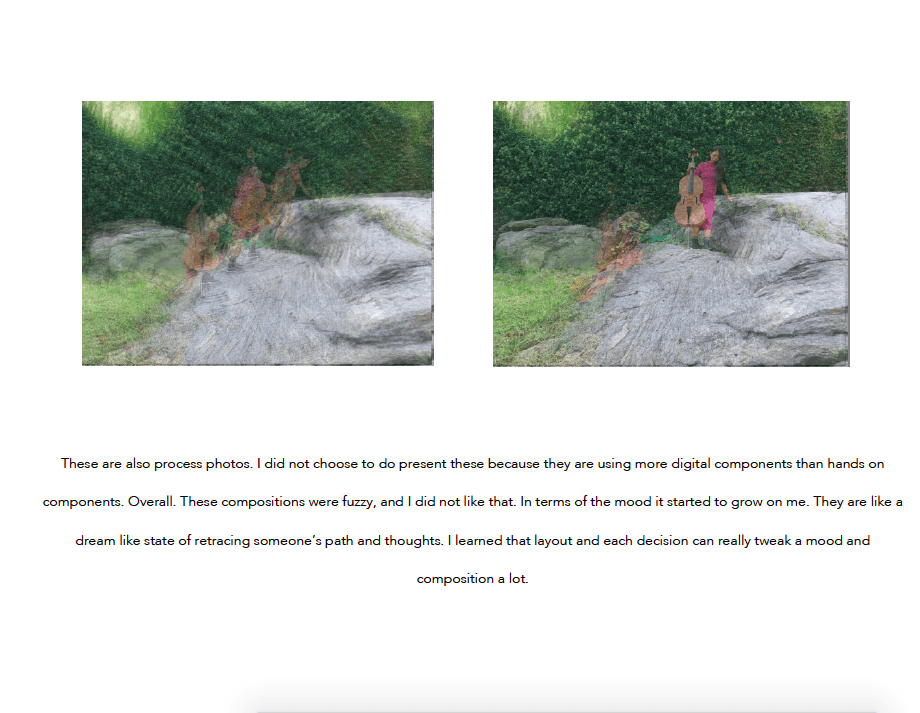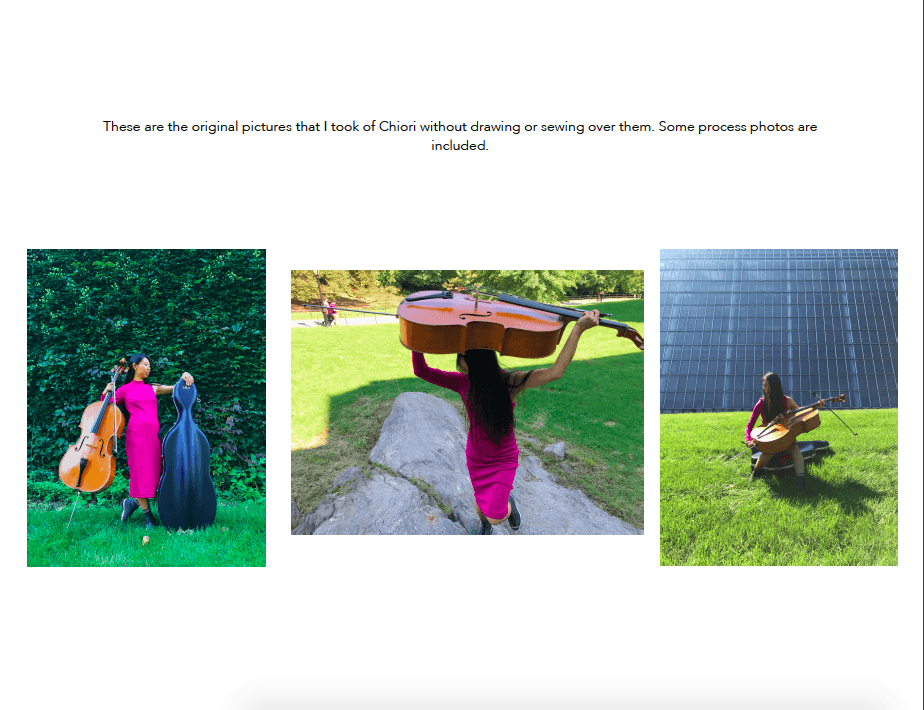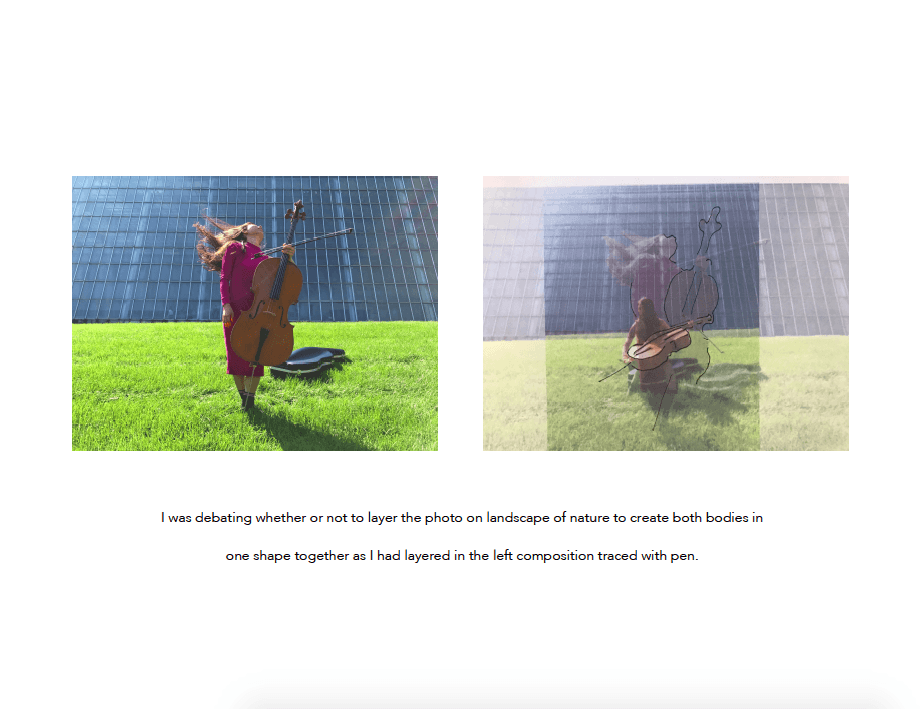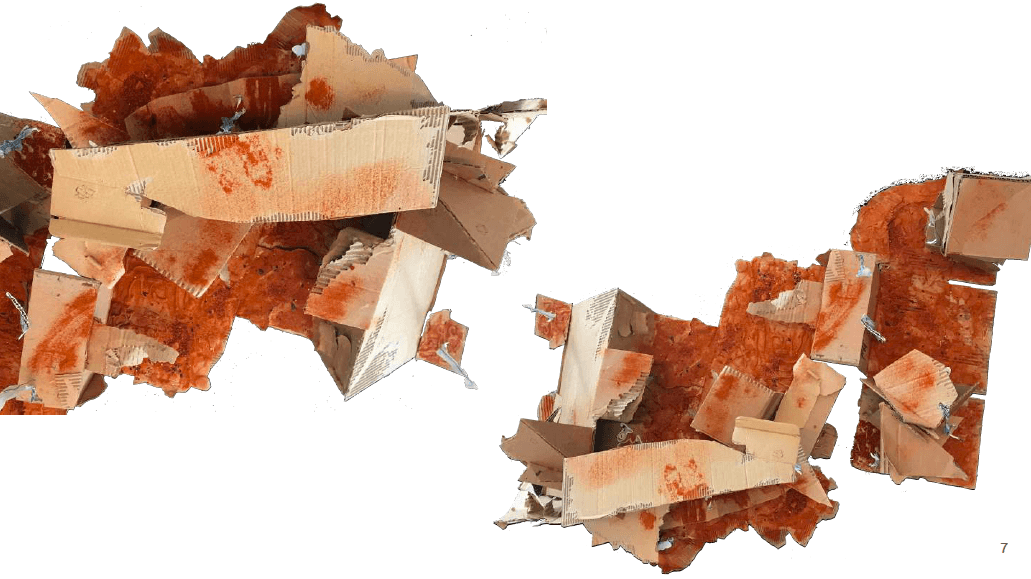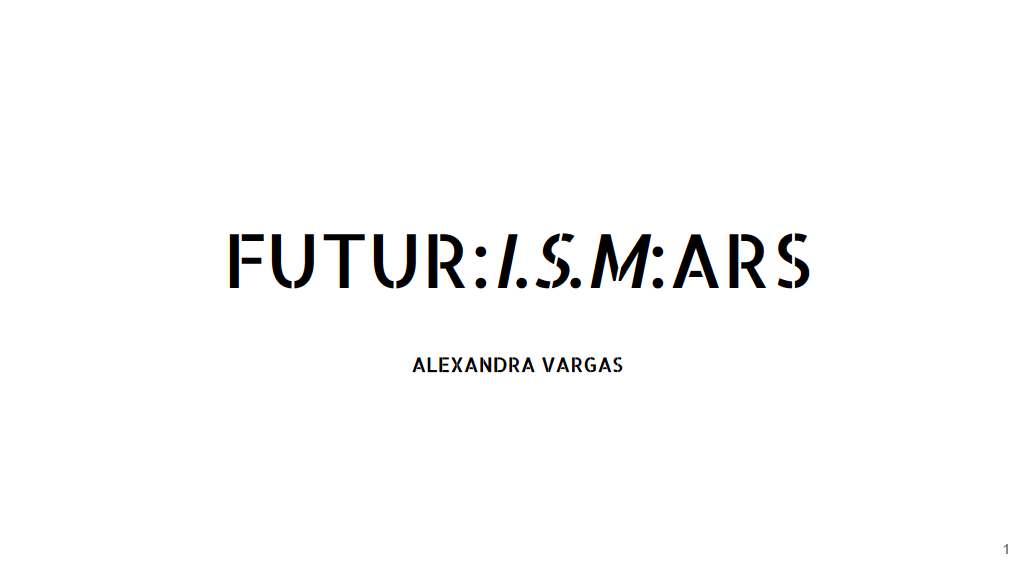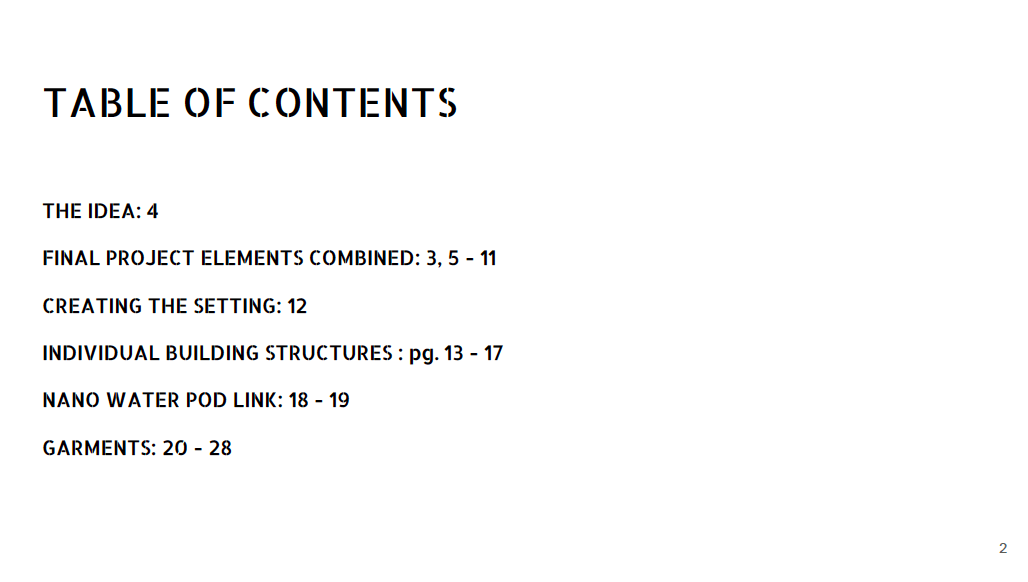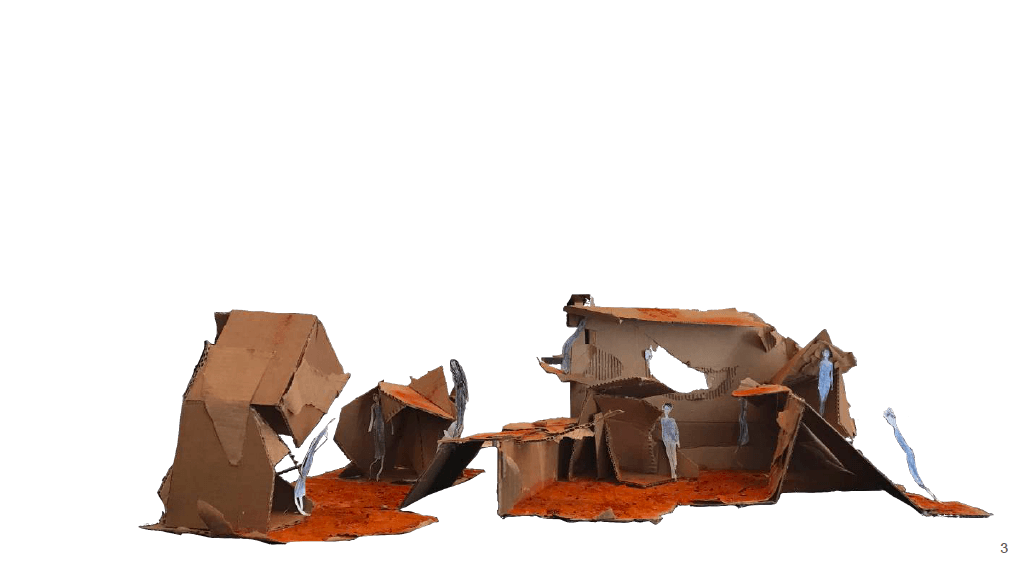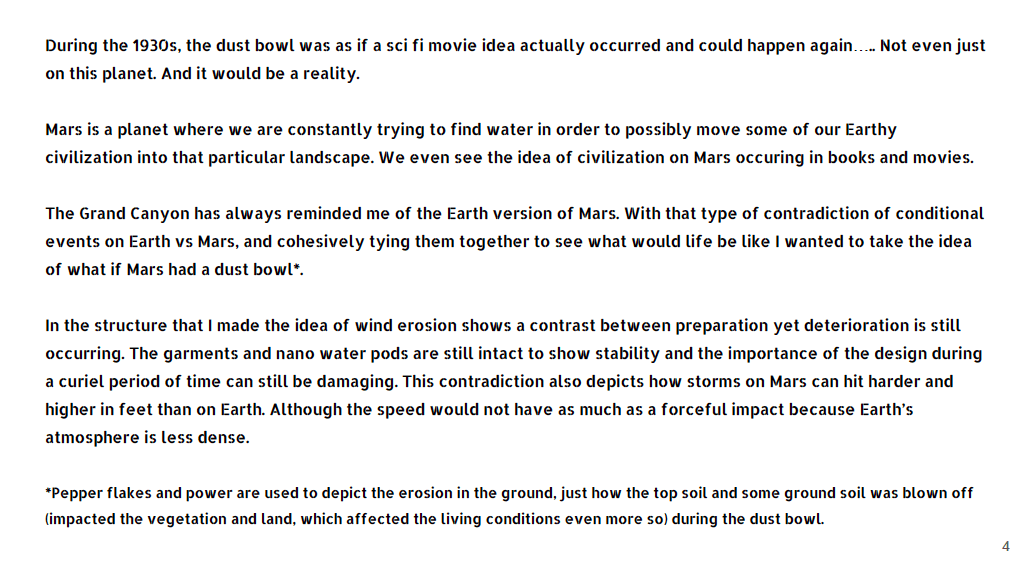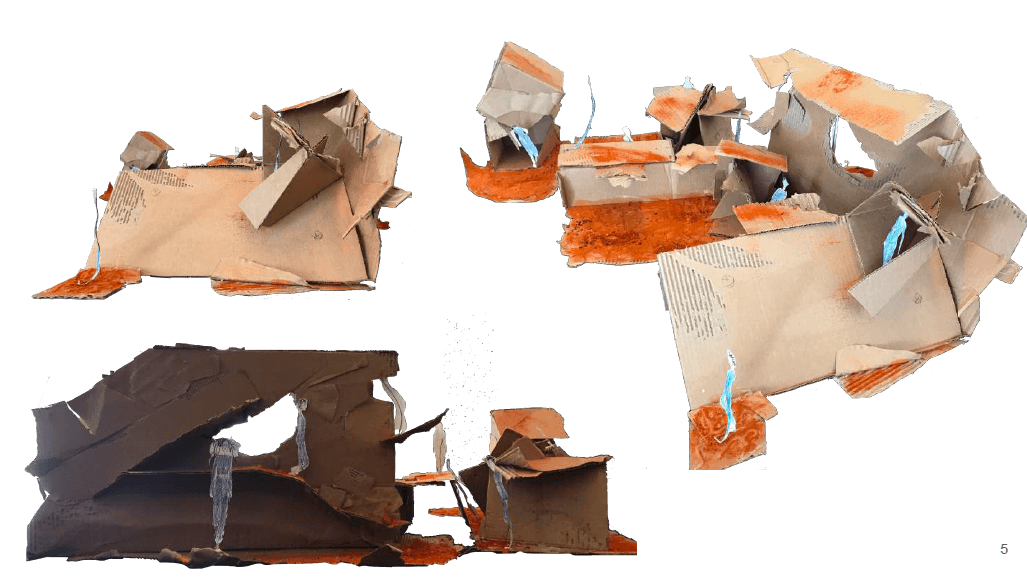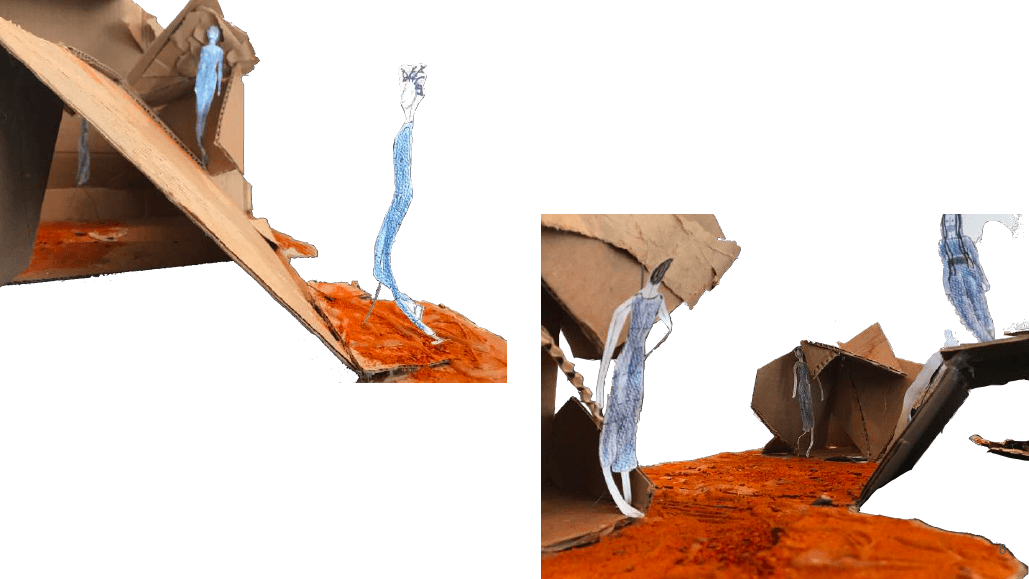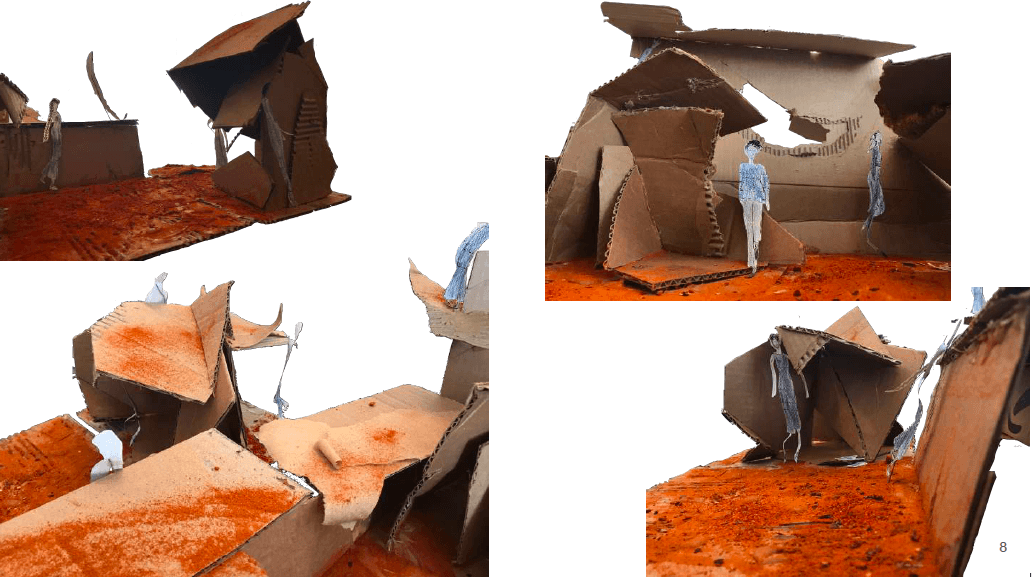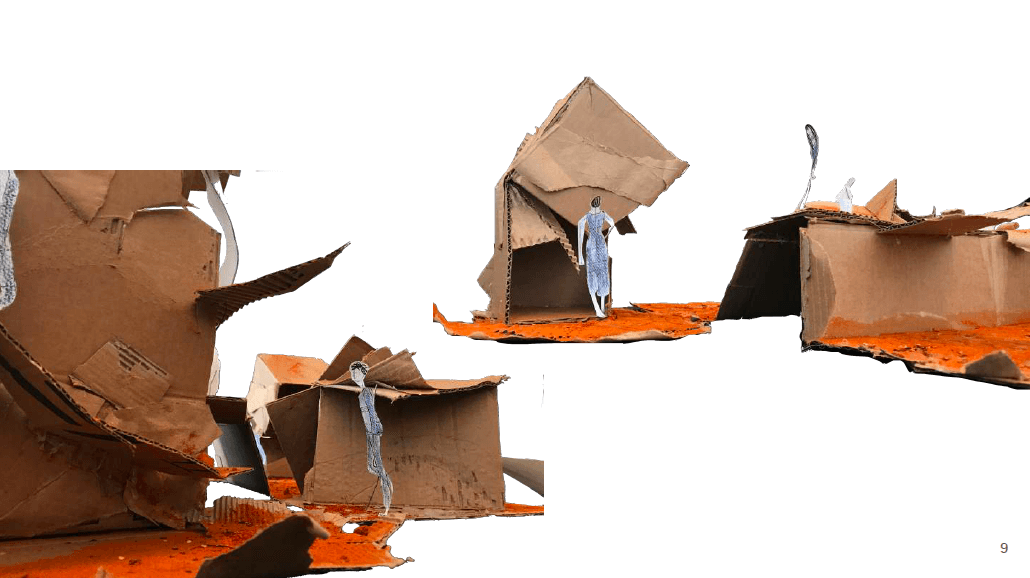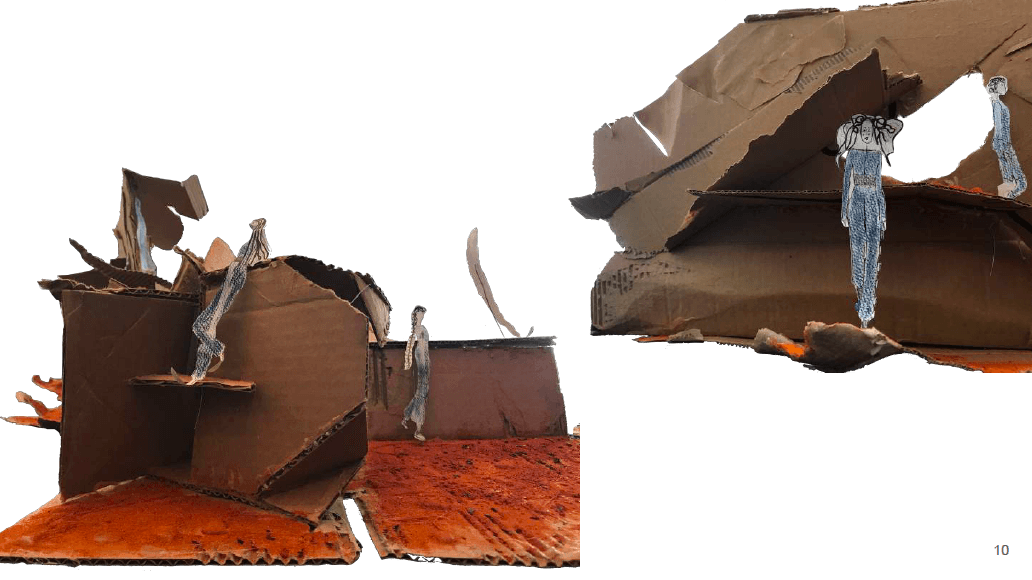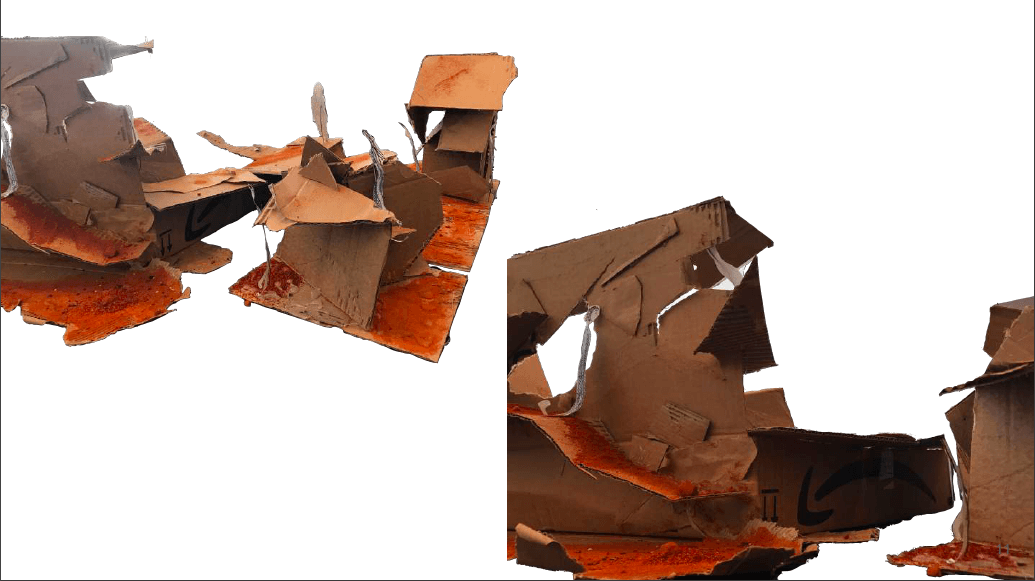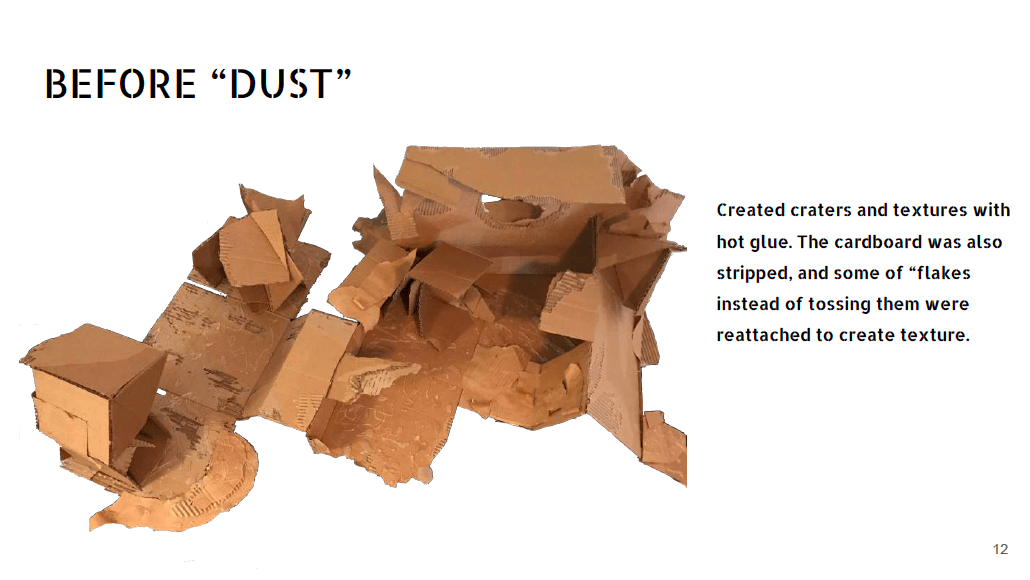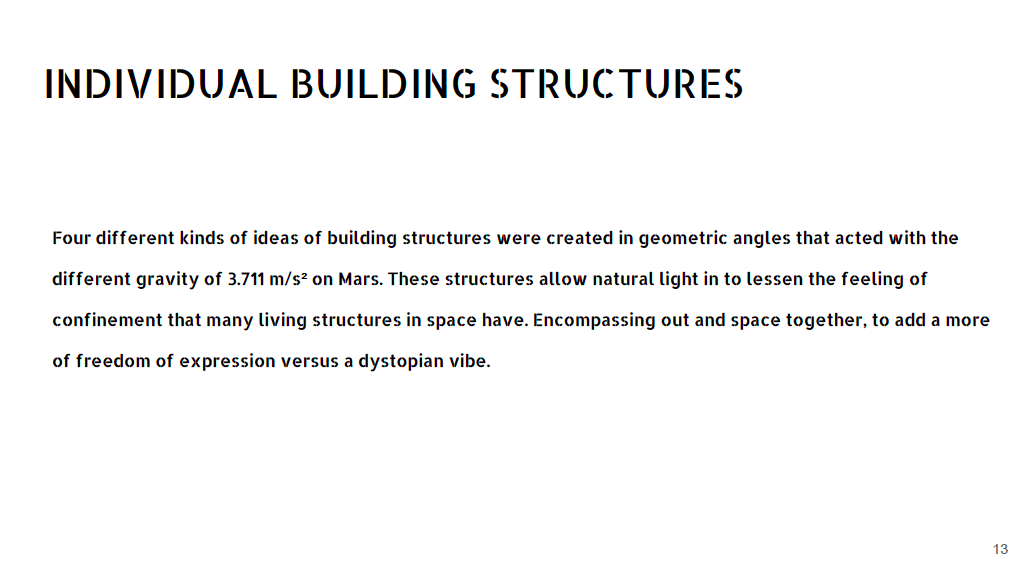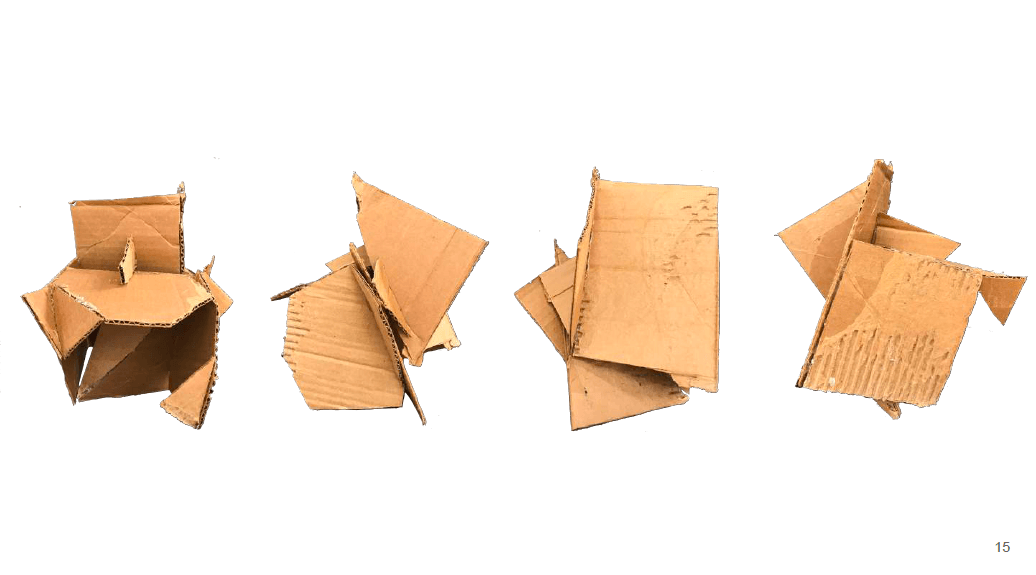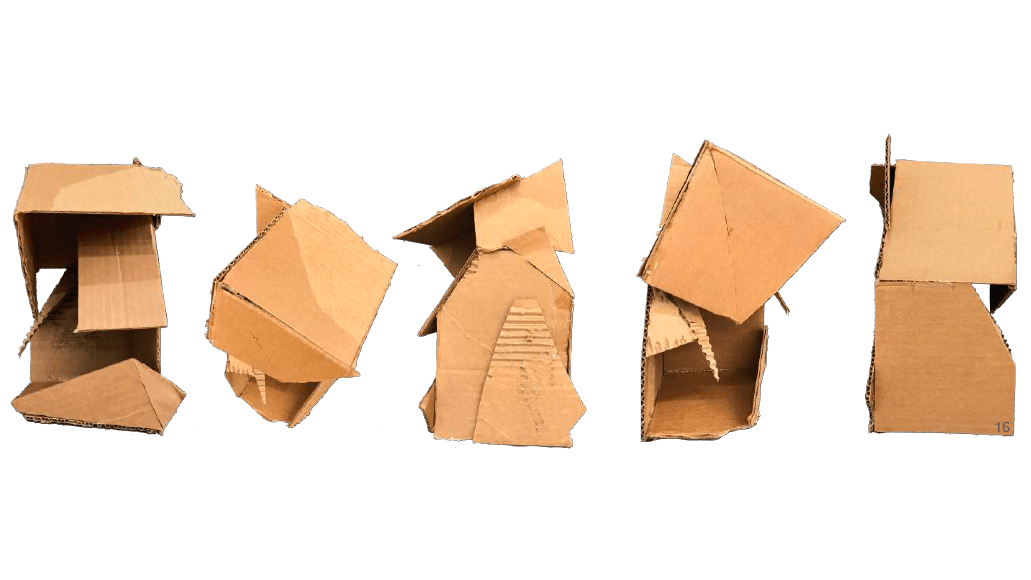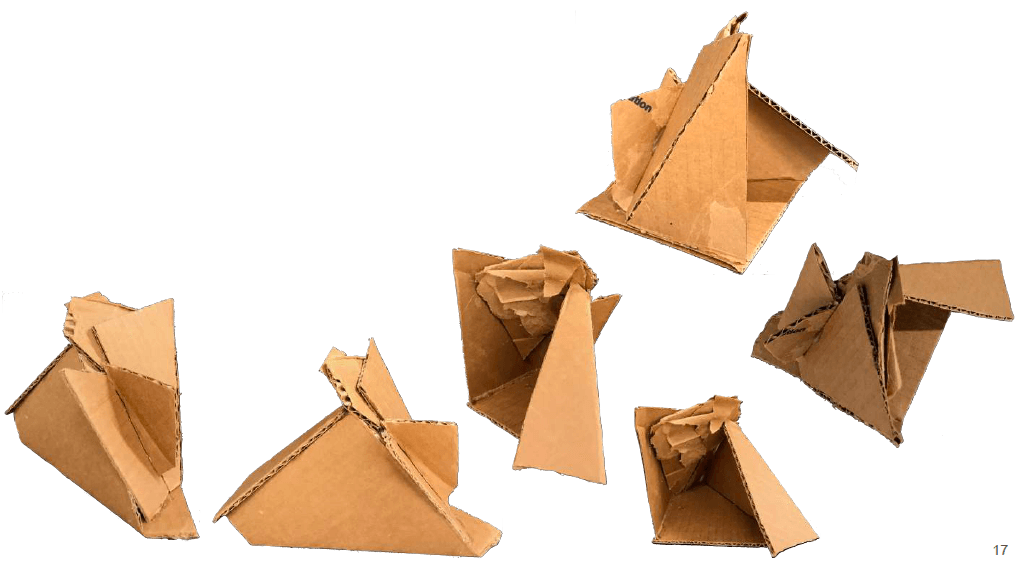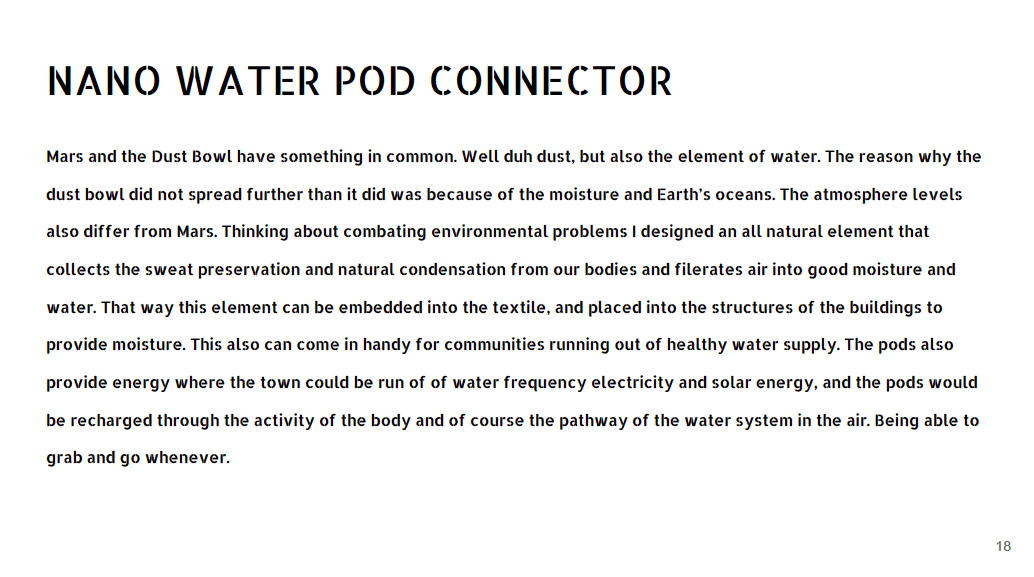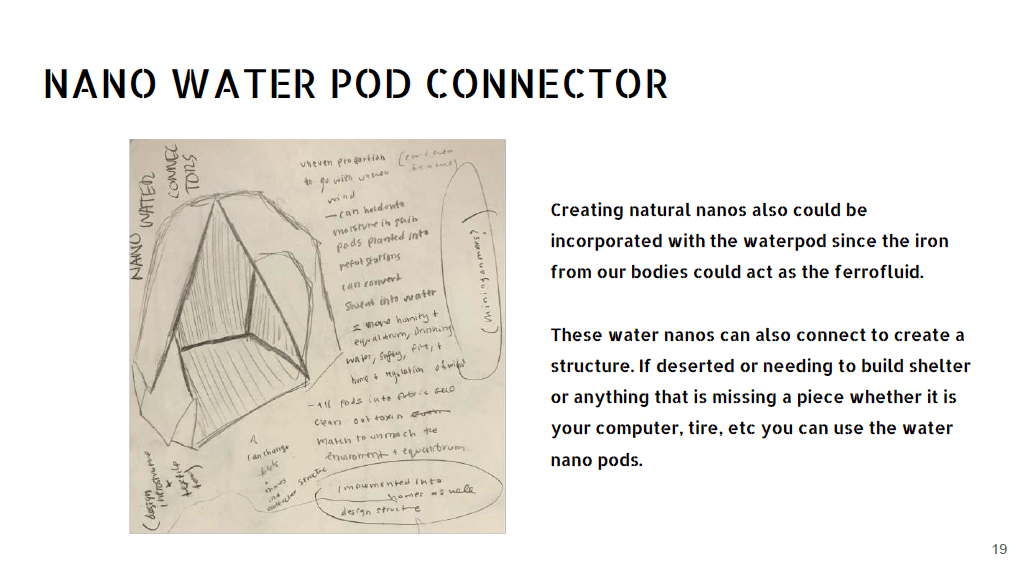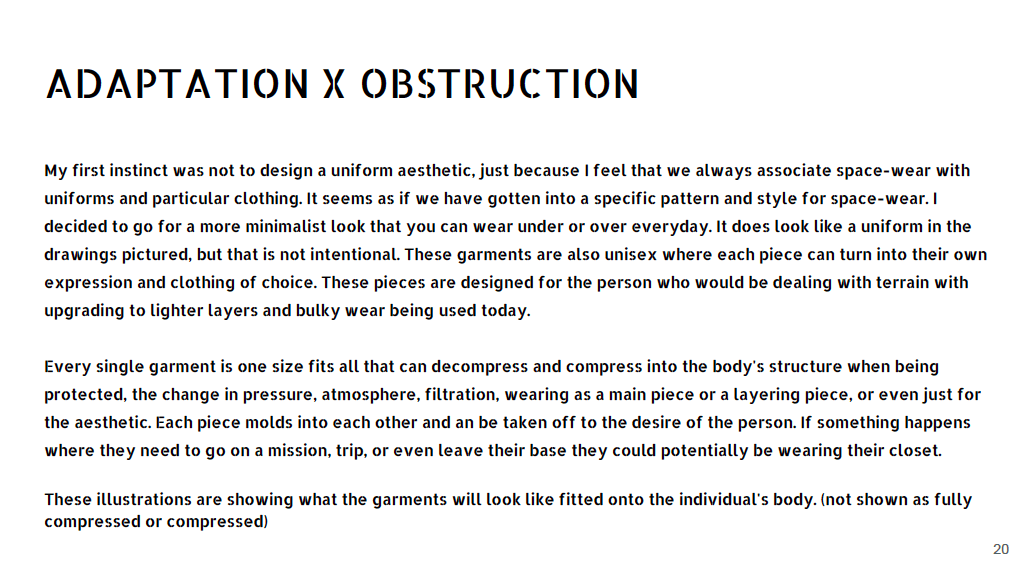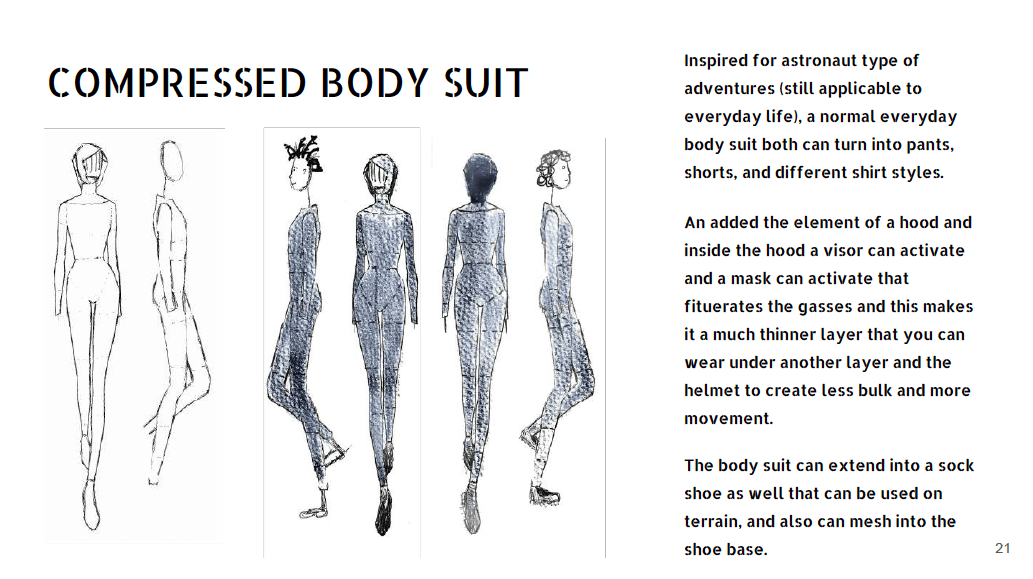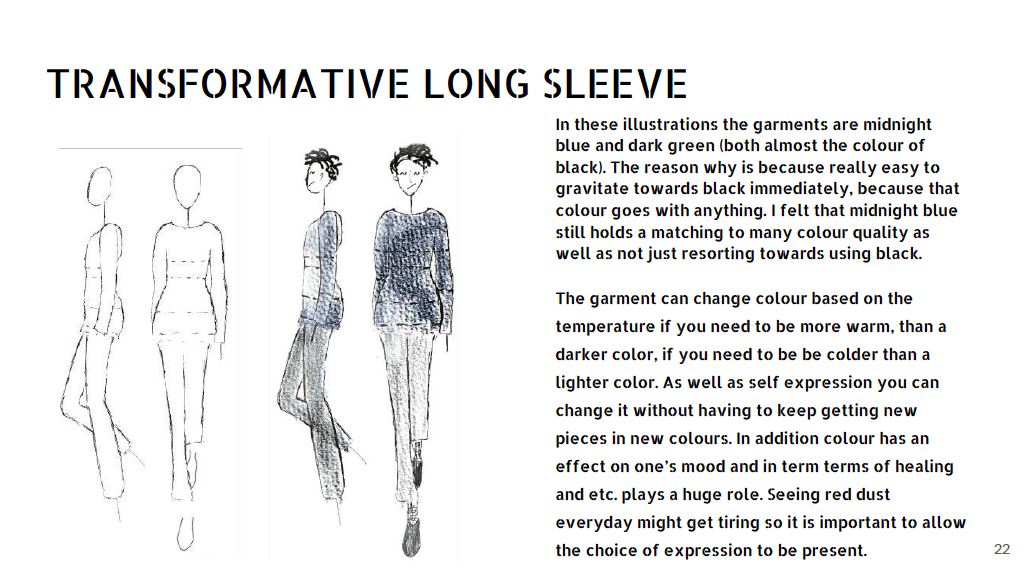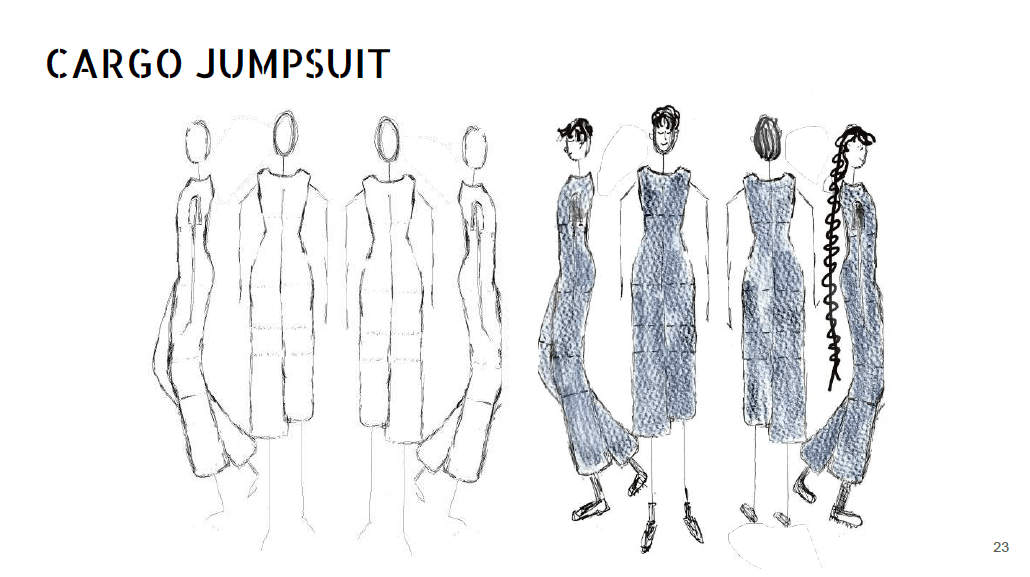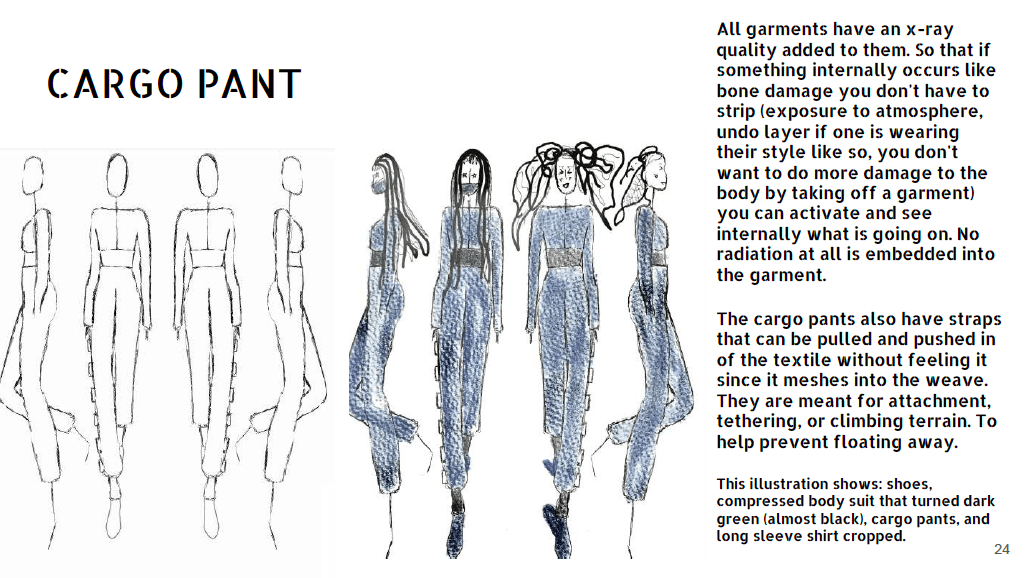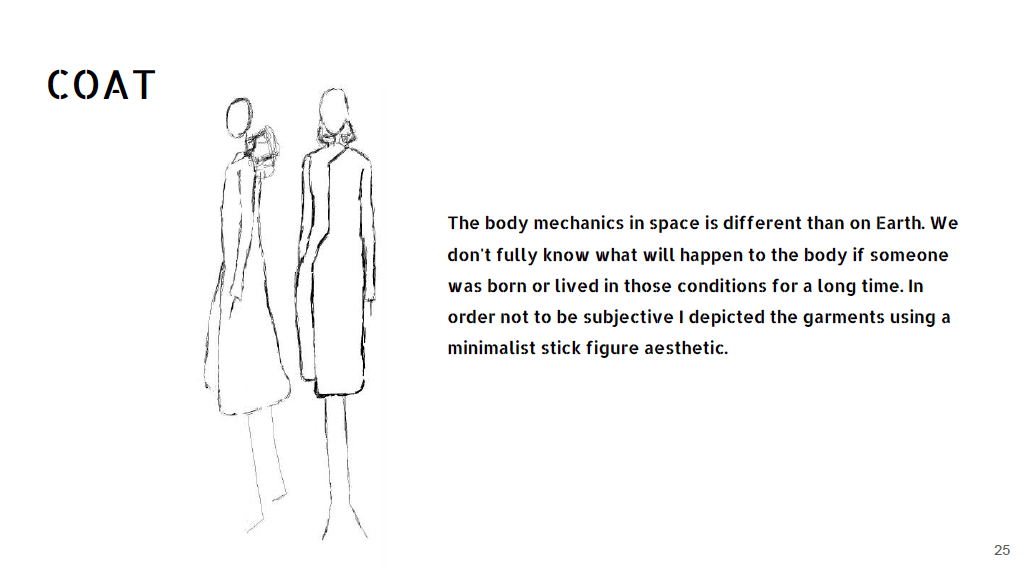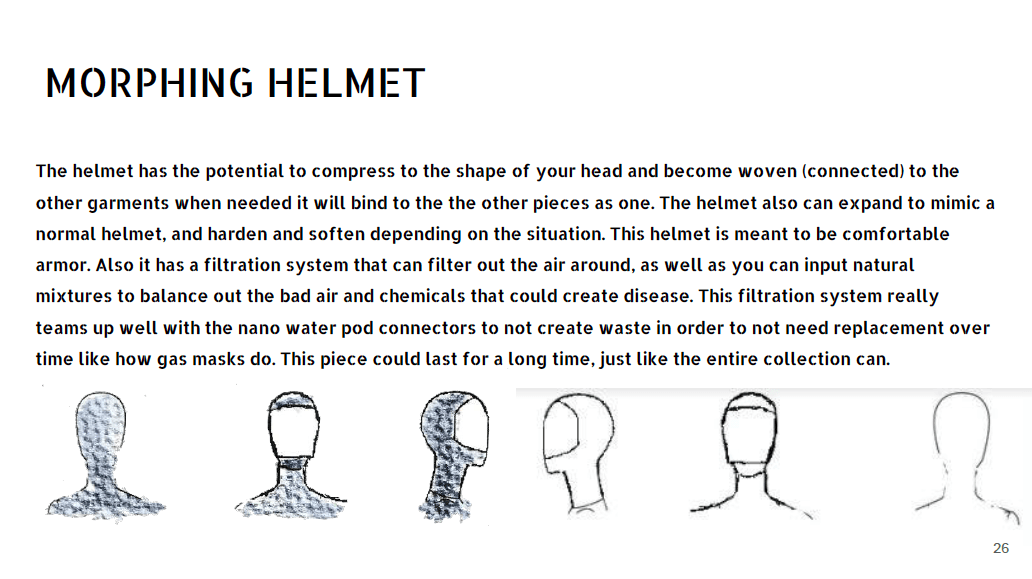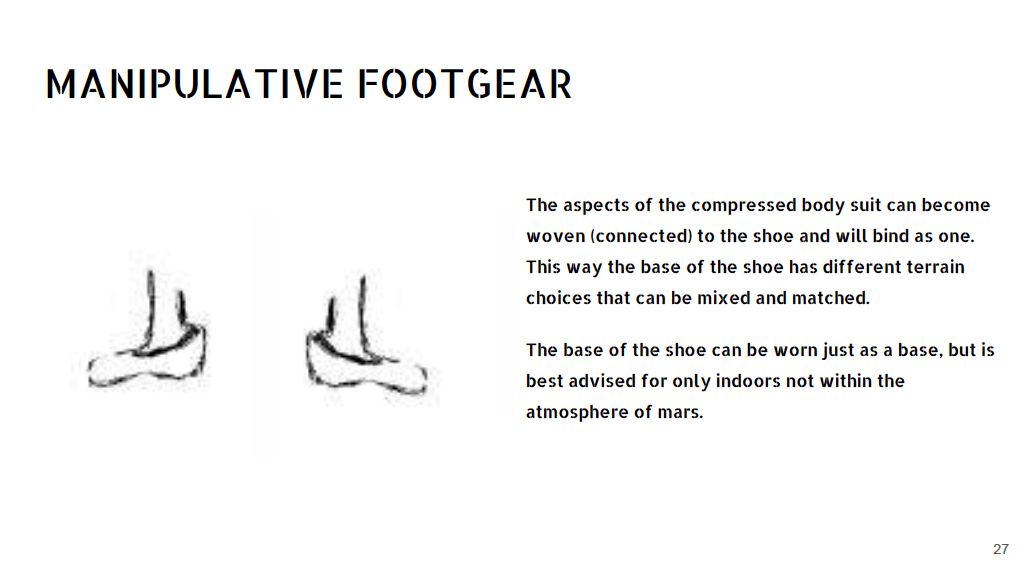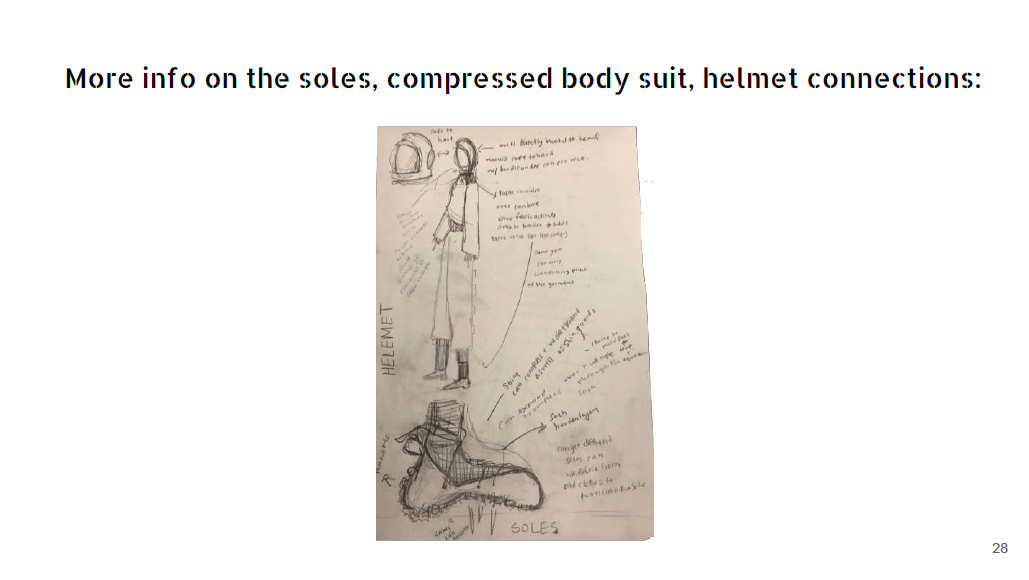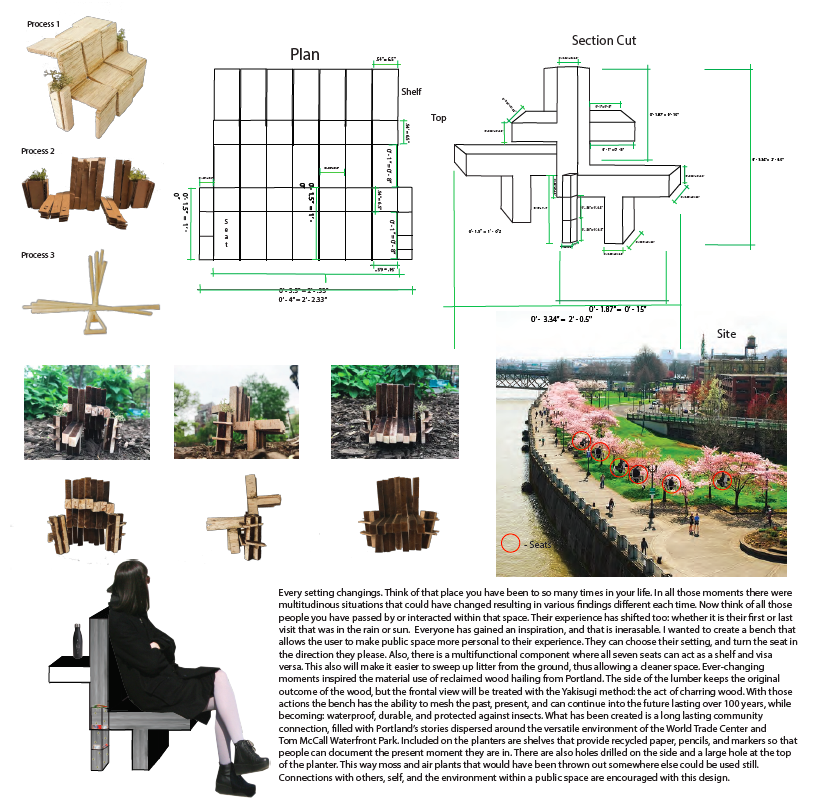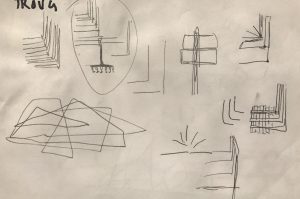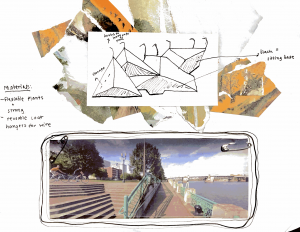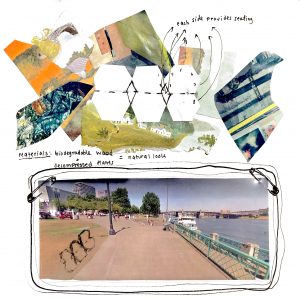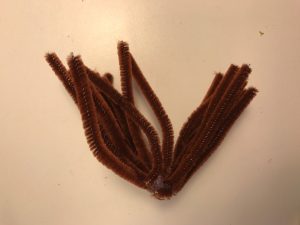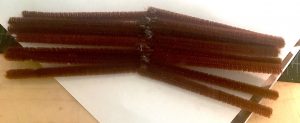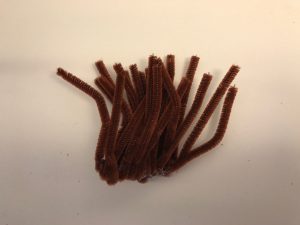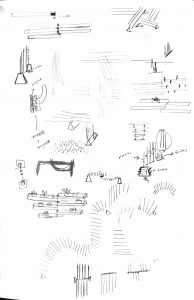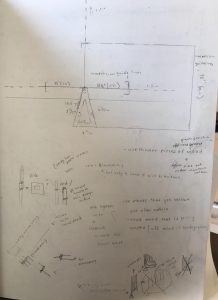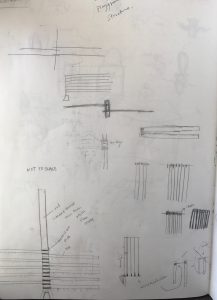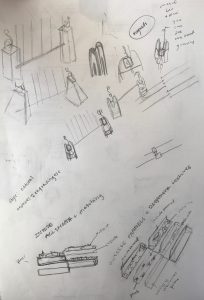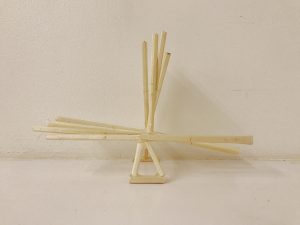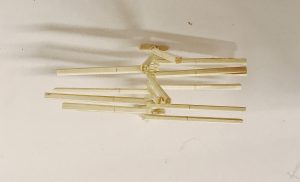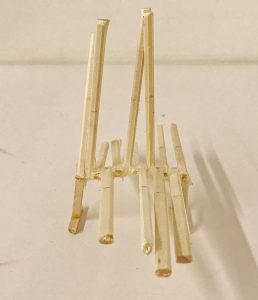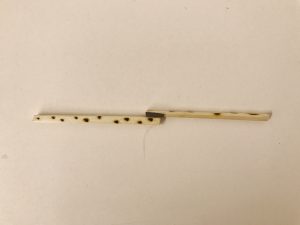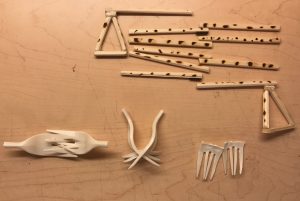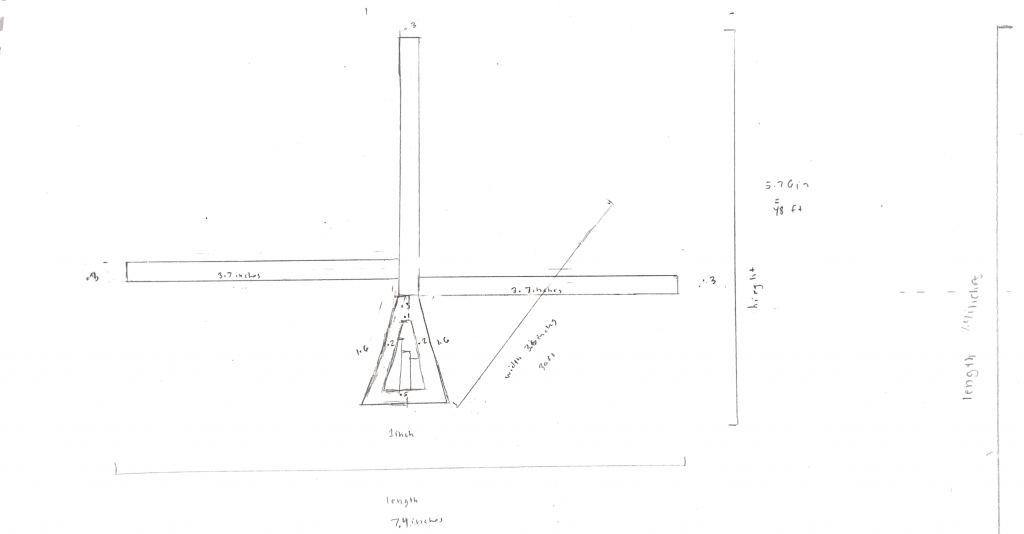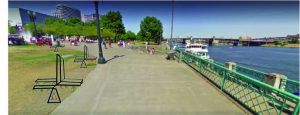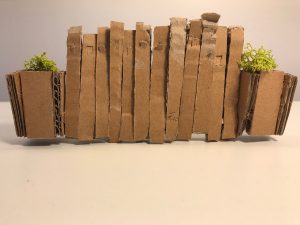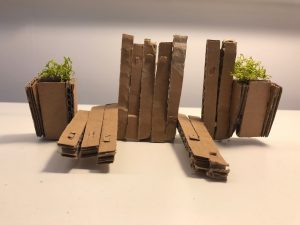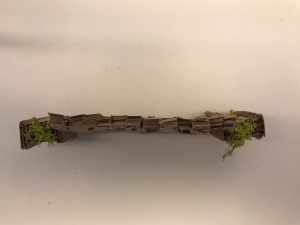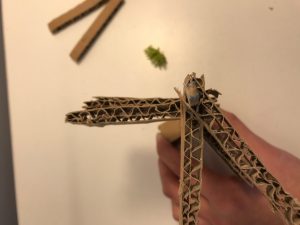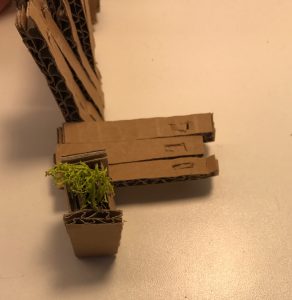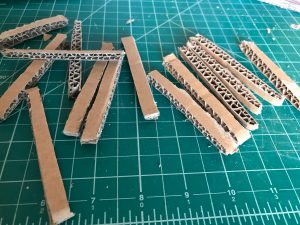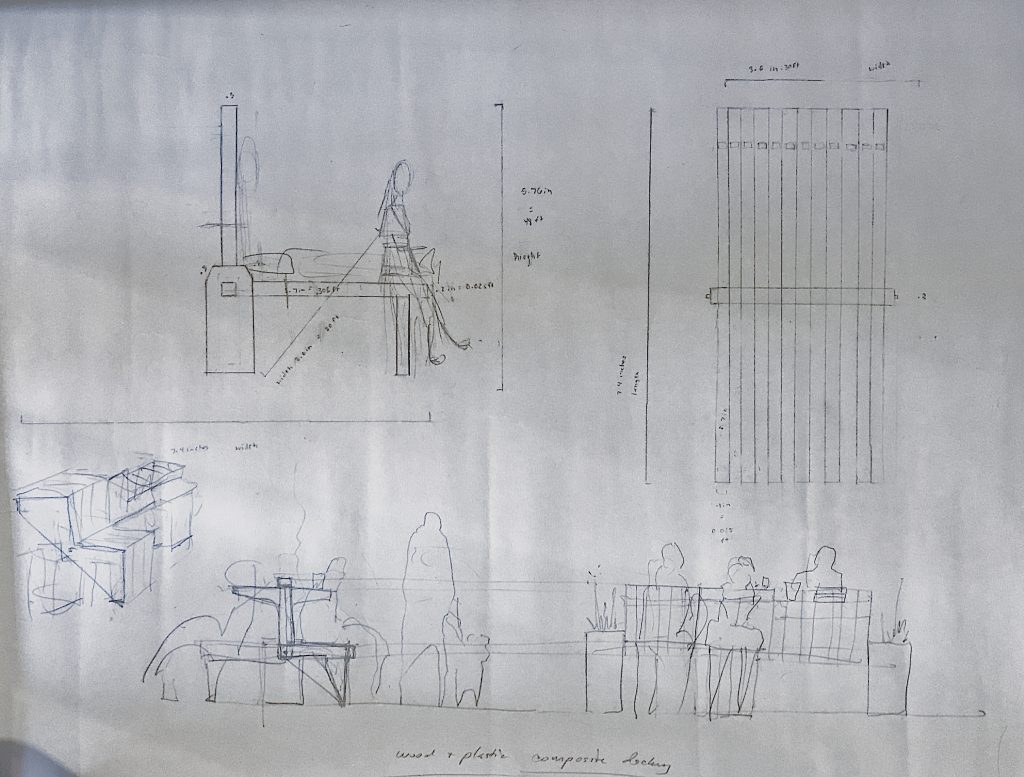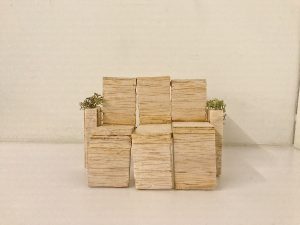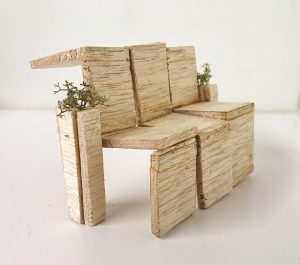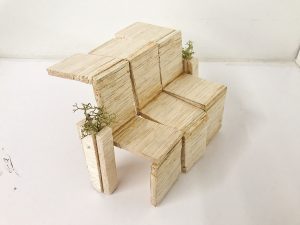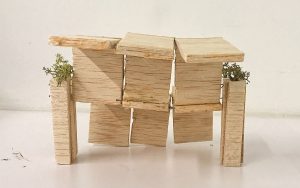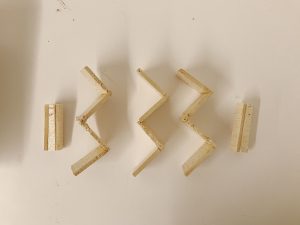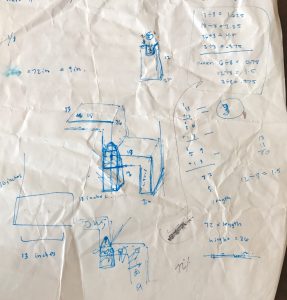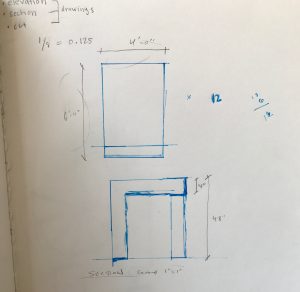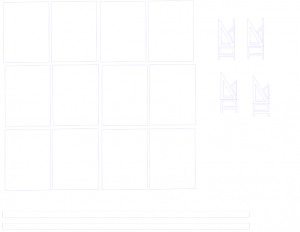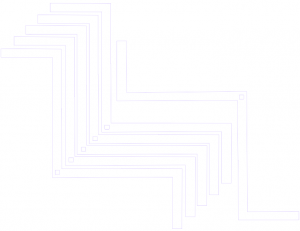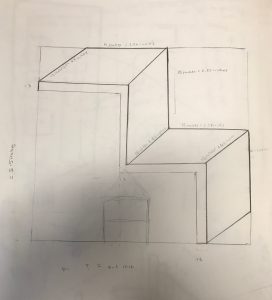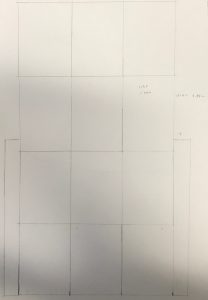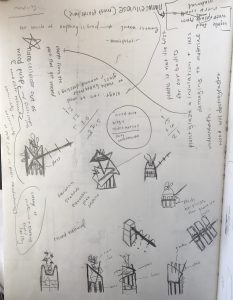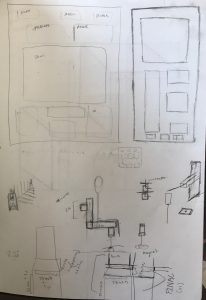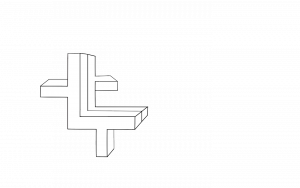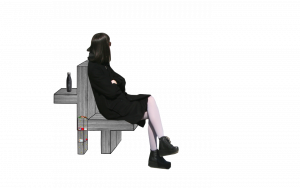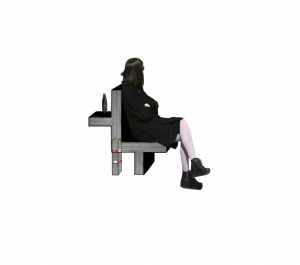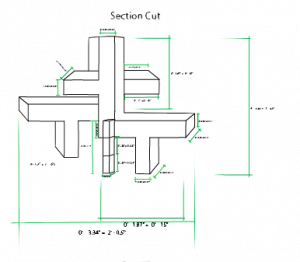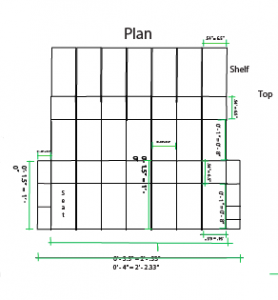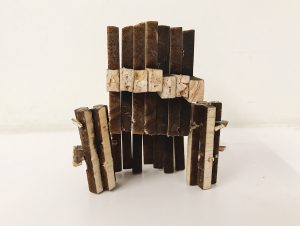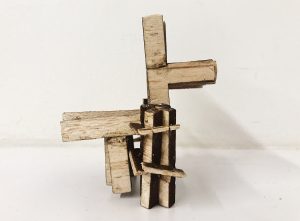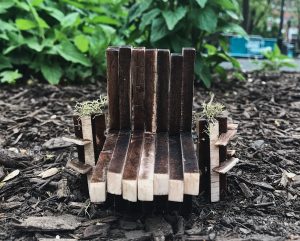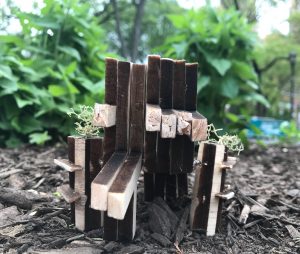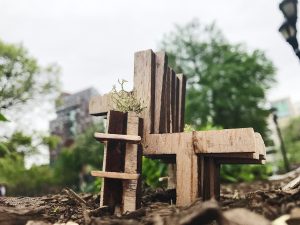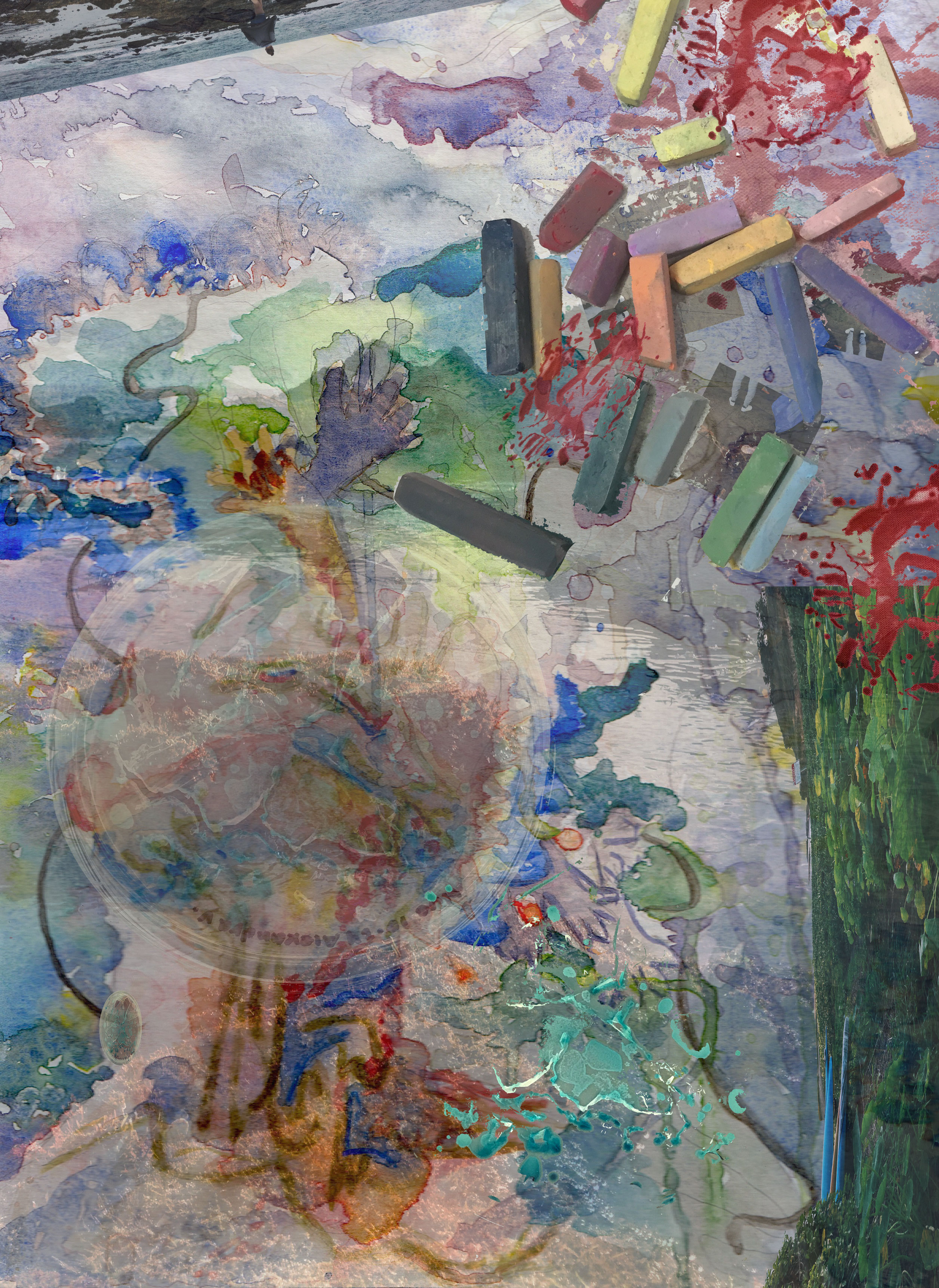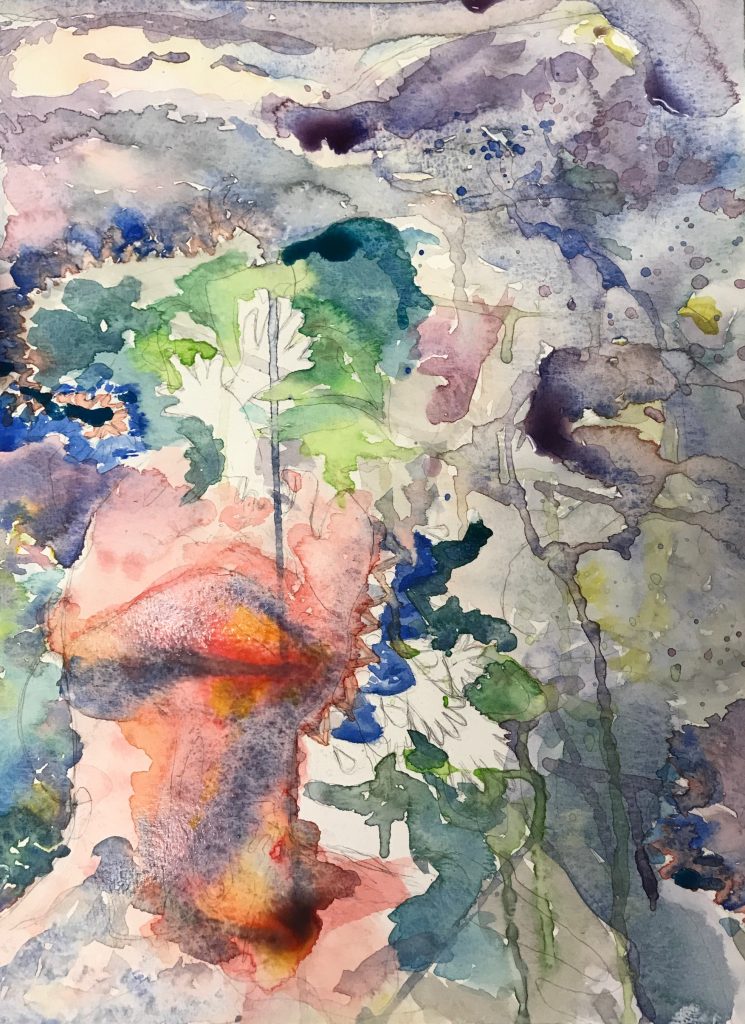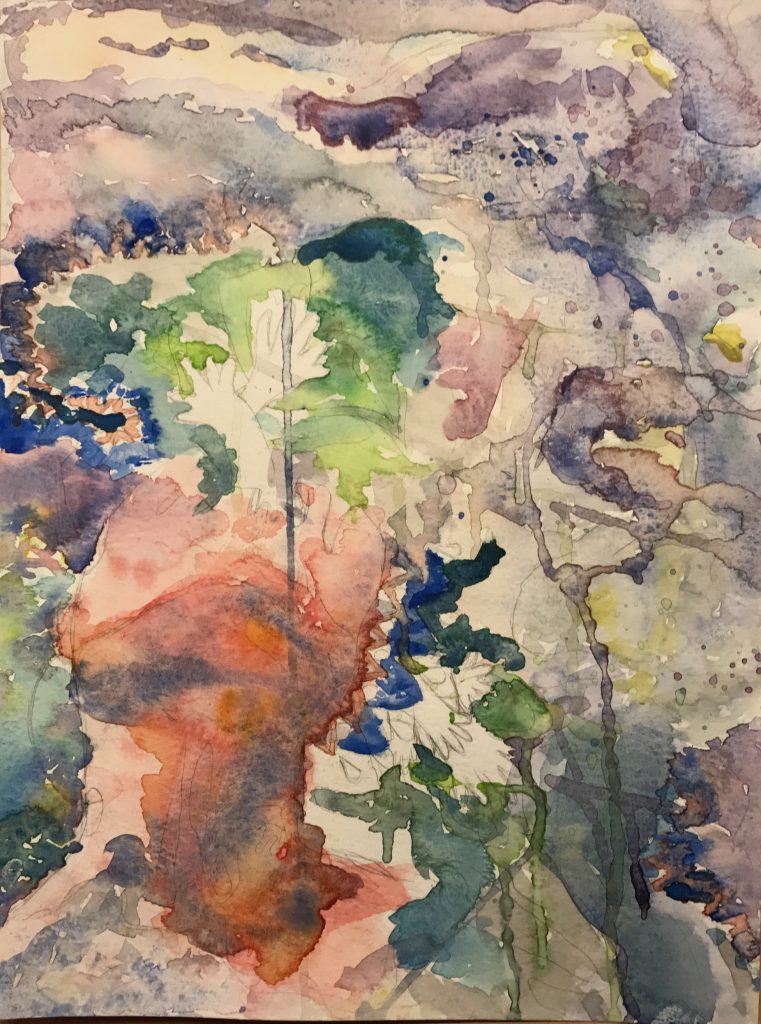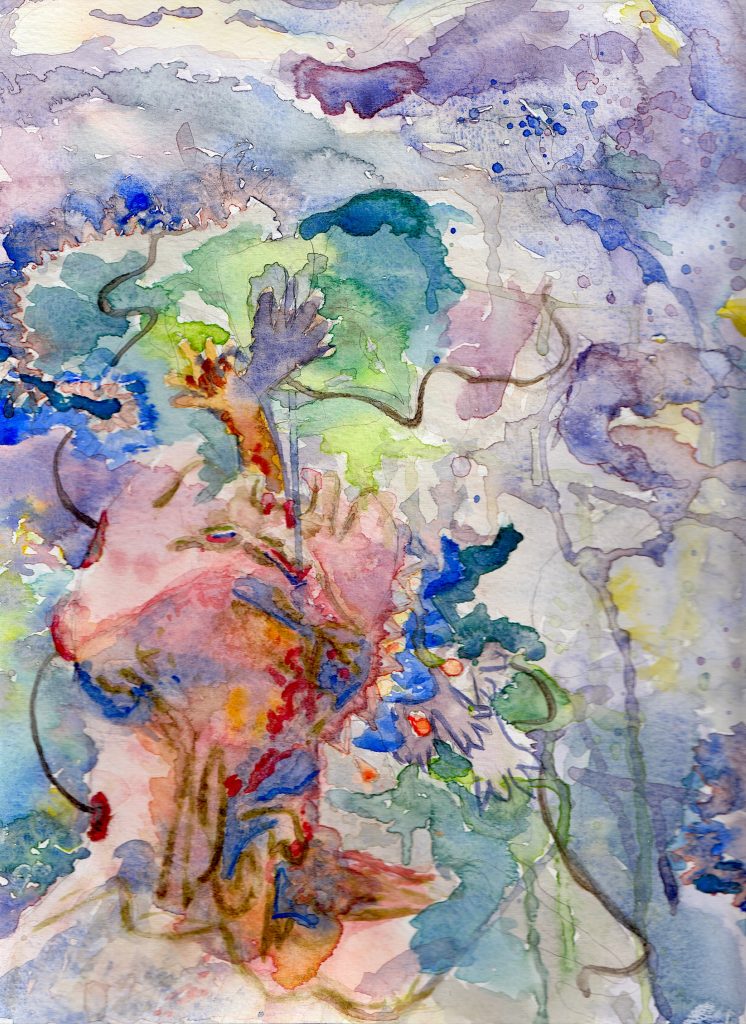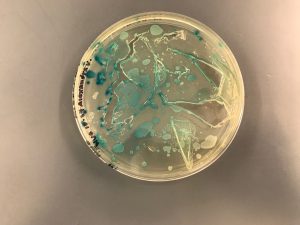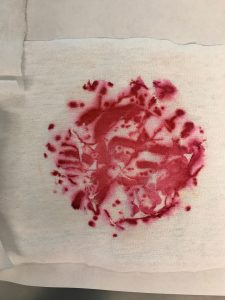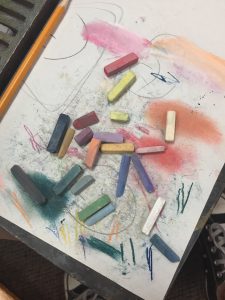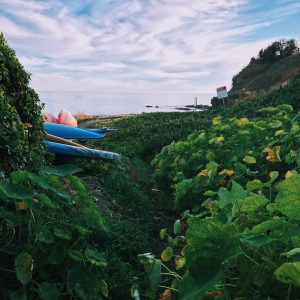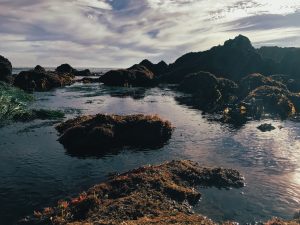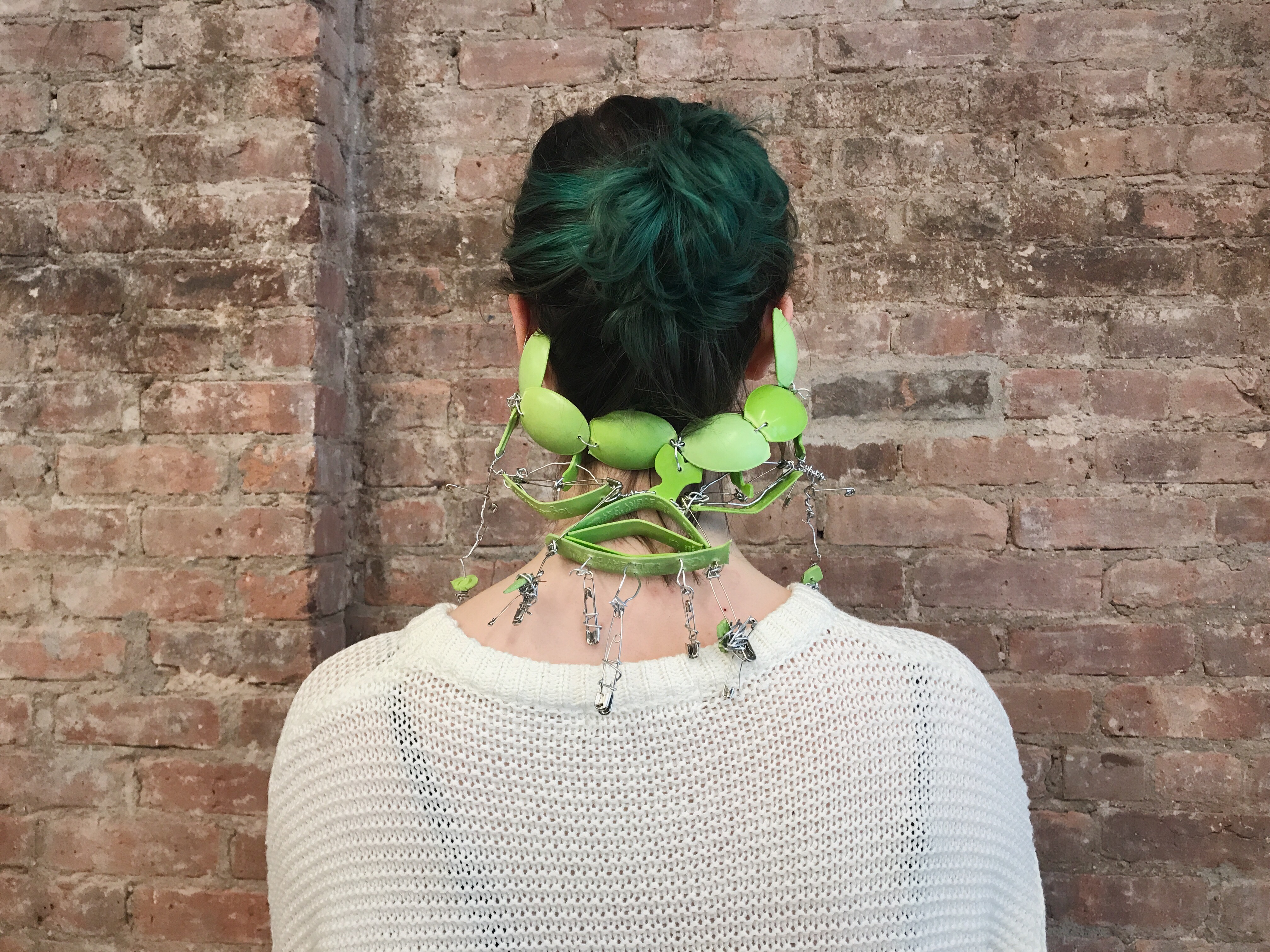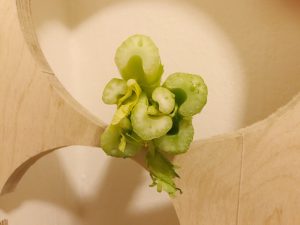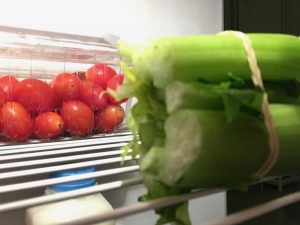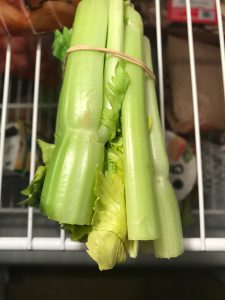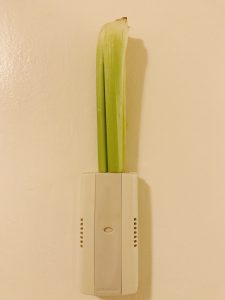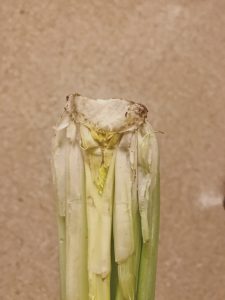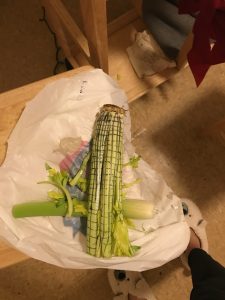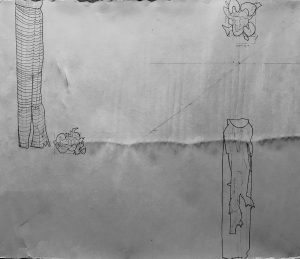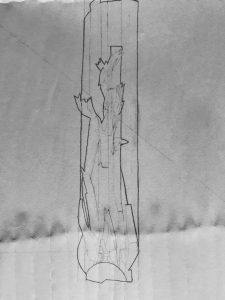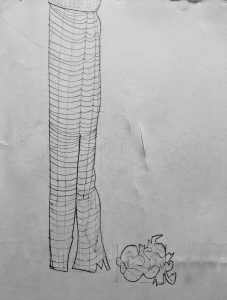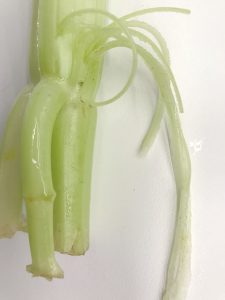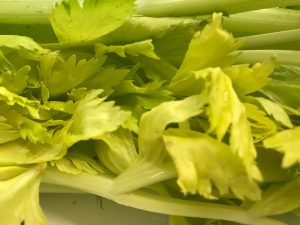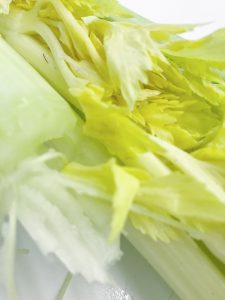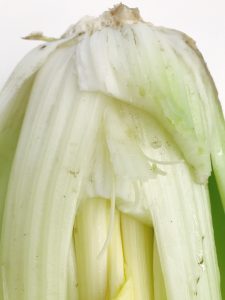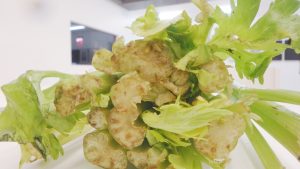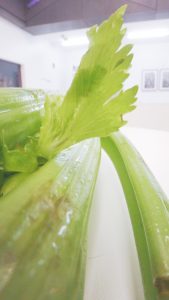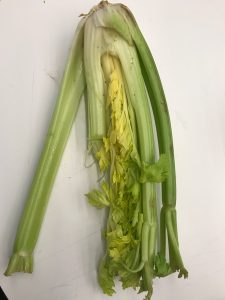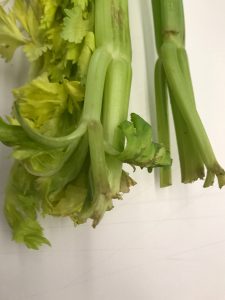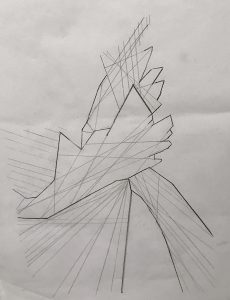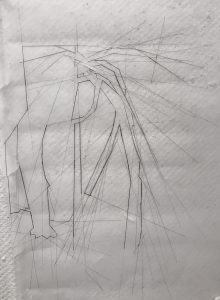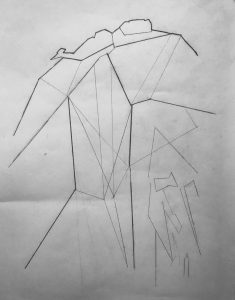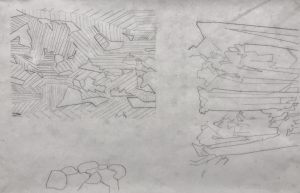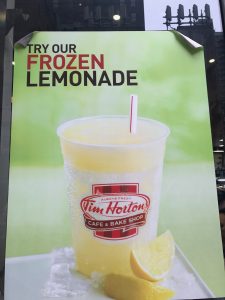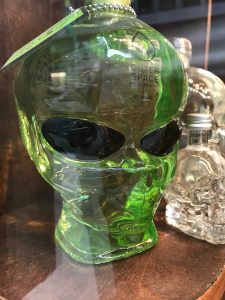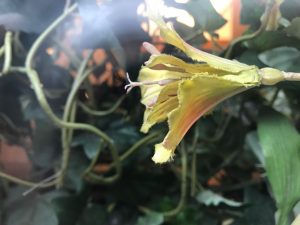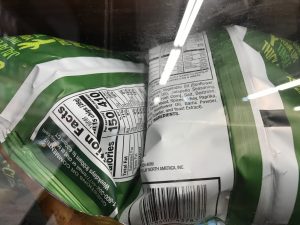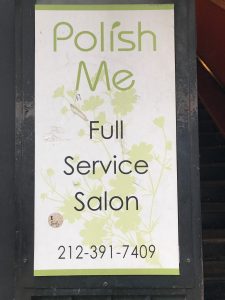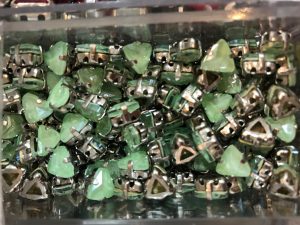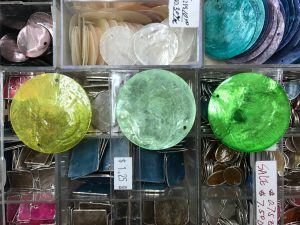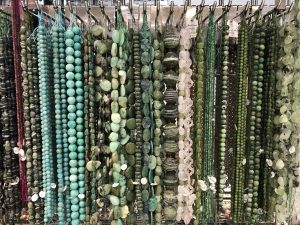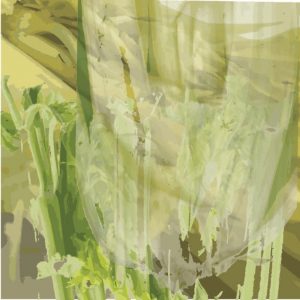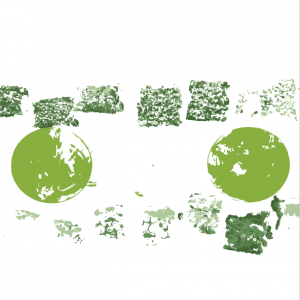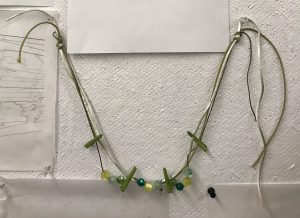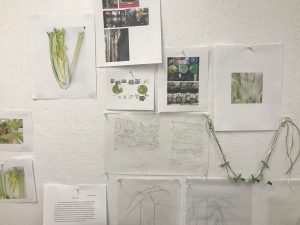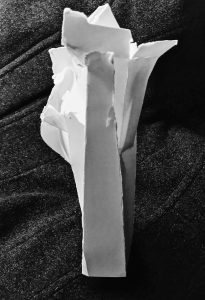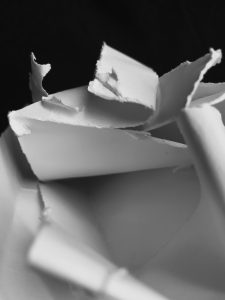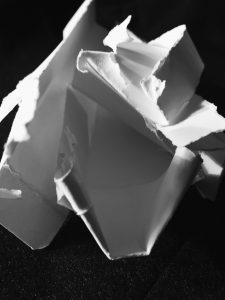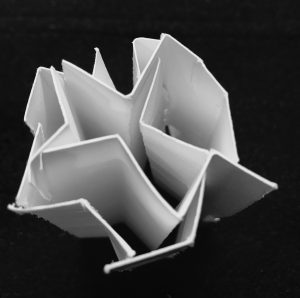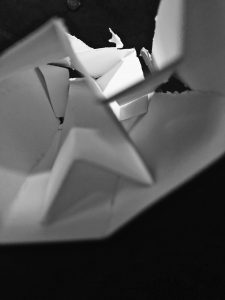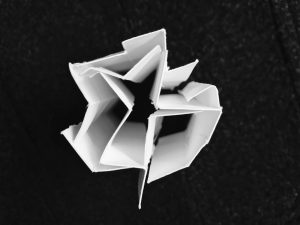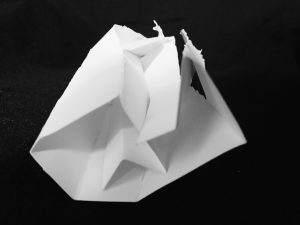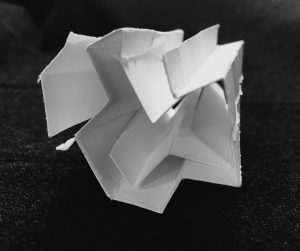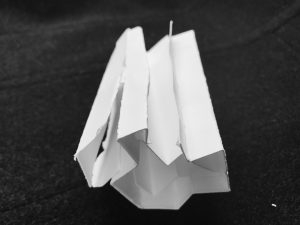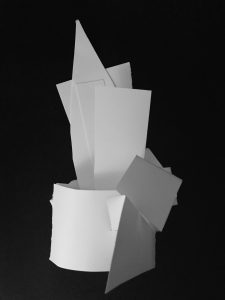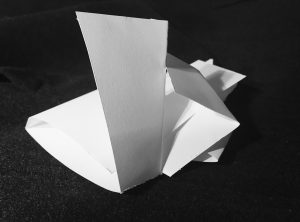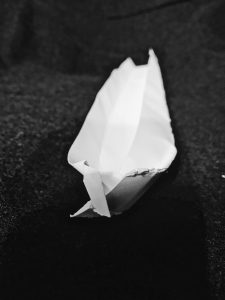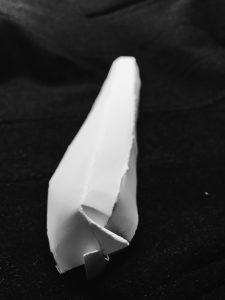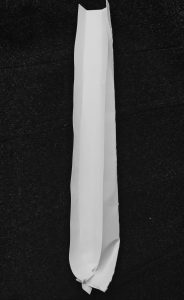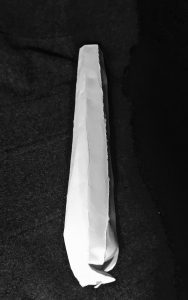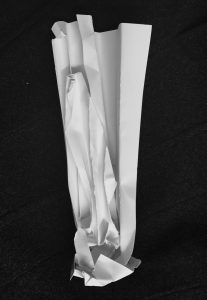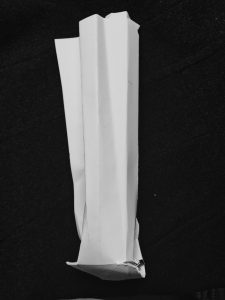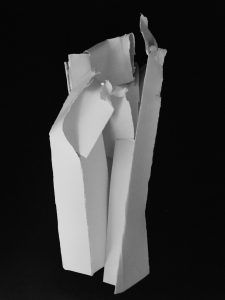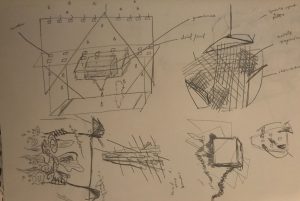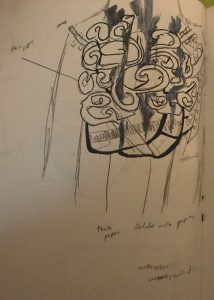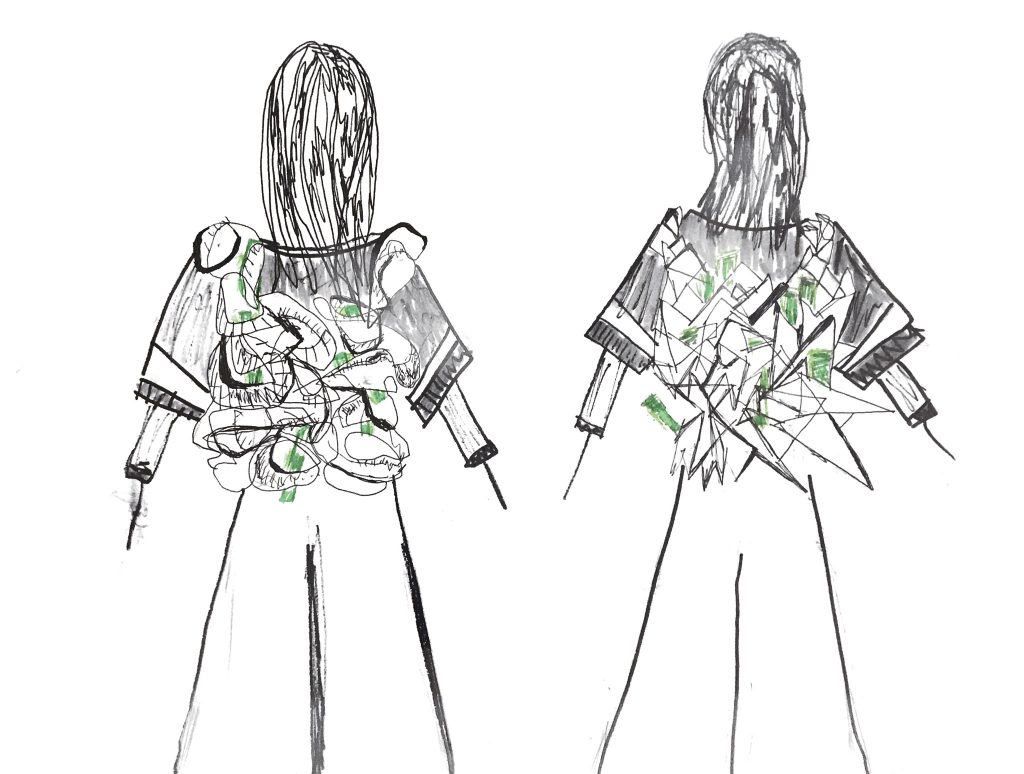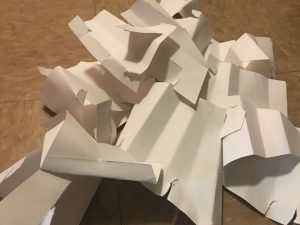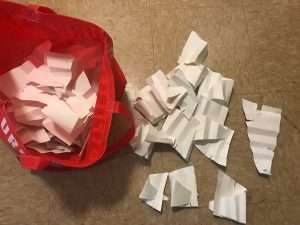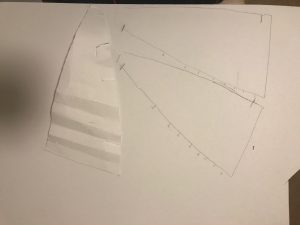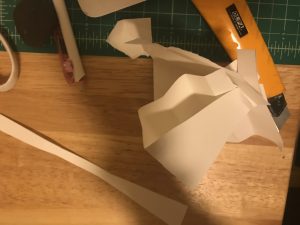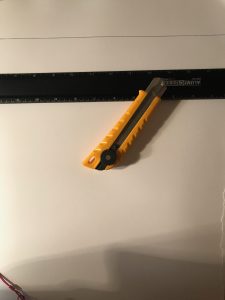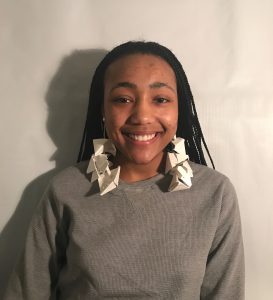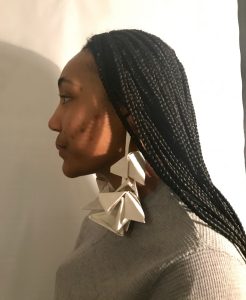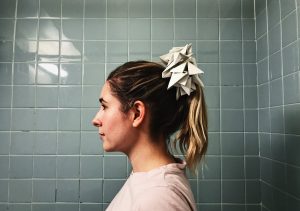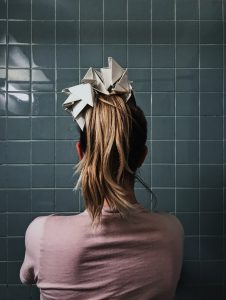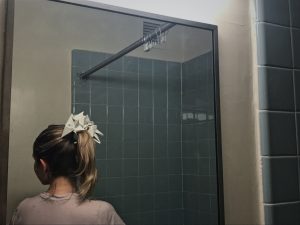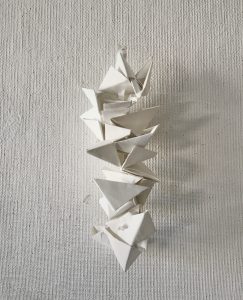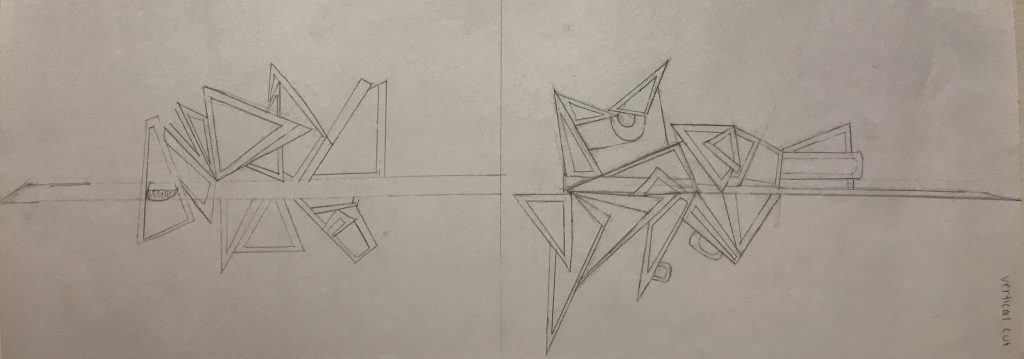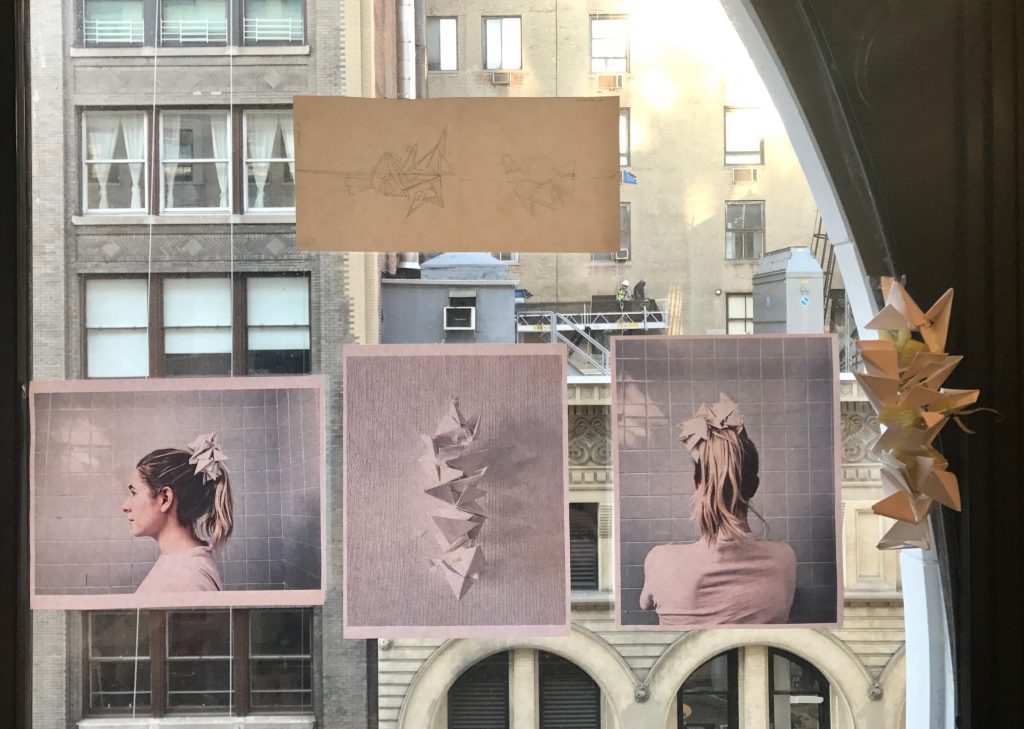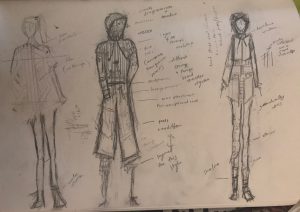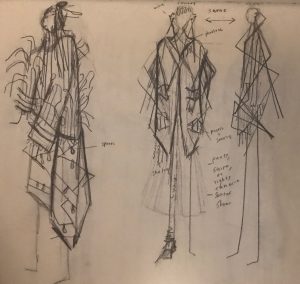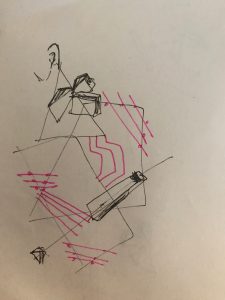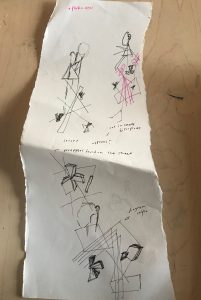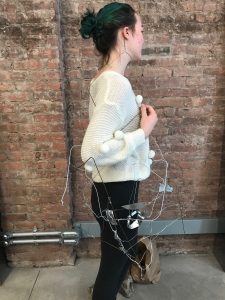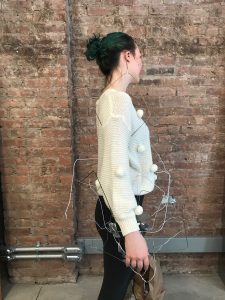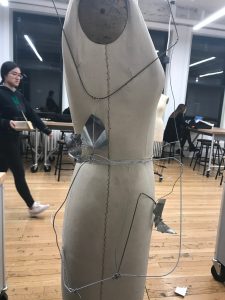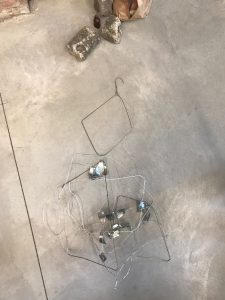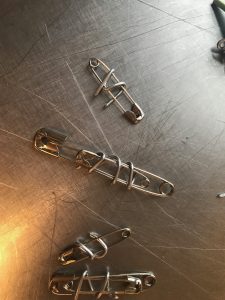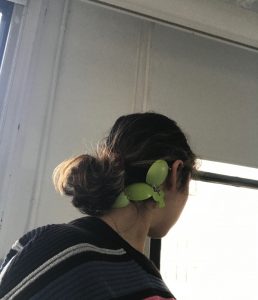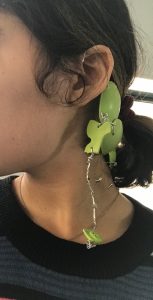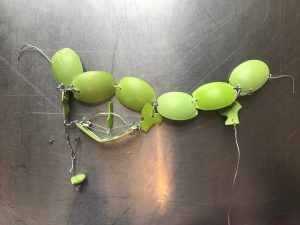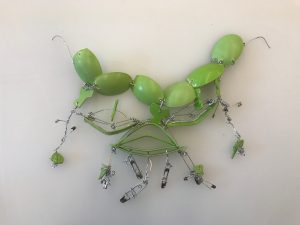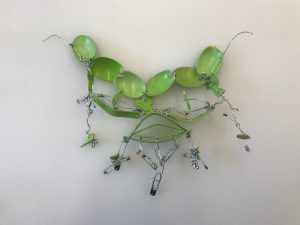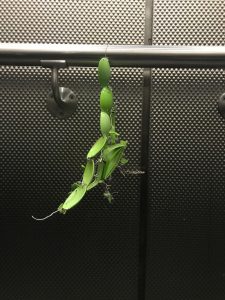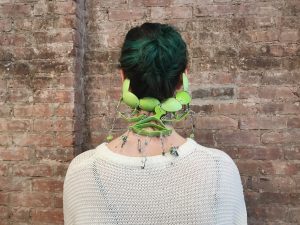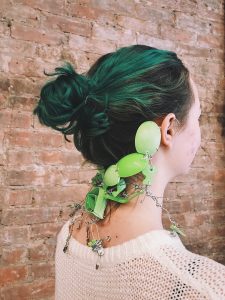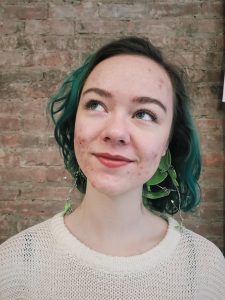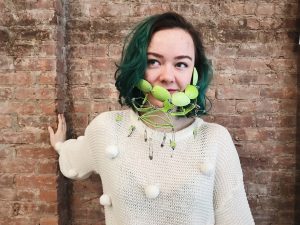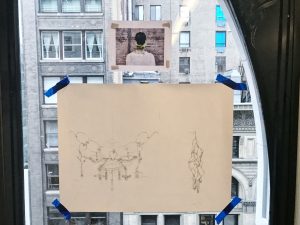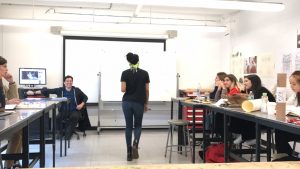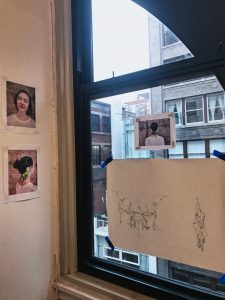drawing
Violoncello Indumento ~ 2nd Year
FUTUR:I.S.M:ARS ~ 2nd year
Intertextus ~ 1st Year
What makes something a certain something within that category?
Personally I feel that the term bench has been put into a category that when thinking of ideas that fit what a bench is, what does that really mean? The idea of design that can be used to help others is to rethink and continue to refine. So when thinking of designing a bench, I tried to wipe out the idea of what makes a bench a bench and instead was trying to solve a problem I noticed in public spaces.
In everywhere we go we are passing so many stories in motion. Some of these stories we hear and others we don’t. With this in mind everyone is different, especially with the way they interact with the way they see the world, and feel comfortable in certain situations. Within all the designs I had in mind was this idea of making a place for most people’s comfort levels, and the piece being sustainable (in material and helping the environment as it was in place).
The three ideas I had was:
- creating a foldable hexagon on two sides so that it could fit as many people as possible, but there could be a rest for the back if there were less people who wanted to sit for that moment.
- a canopy on the rails: something that would integrate the water while transporting the viewer
- customizable sitting space that can fold both ways
The design I decided to pick was #3. This idea came almost immediately to me. A bench that can come together but the user can decide for themselves where they want to face, how much they want length to add to thier bench, and it not taking to much space. Therefore the person can fold it, this can change form thus a new look of sculpture each time, and and it is easy to pick up the trash and keep the environment clean. The idea of making something shared your own, but doing it as a community at the same time.
I wanted to put this design to the test beyond school, so when Nick mentioned that there was a seat seats completion in Portland I thought that was a good opportunity to see if this could help people and the environment in a public setting. Getting feedback of not making it to any round would tell me to keep refining and thinking of ways to better the design is helpful to me.
The streat seats competition is to create a sustainable bench for the area around the World Trade Center in Portland, Oregon.
I am from the West Coast, and also know a couple of people in the area of Portland. The lifestyle is super laid back and merging with so many new kinds of ideas. As well as the environment being a major factor of thoughts. When I saw the park and water this gave me the idea to want to use biodegradable wood as a material with a plant glaze to protect the wood, release toxins away and bring more oxygen. The glaze could go on every year with the plants that are getting tossed out when there were done with decoration in the World Trade Center. I also wanted to incorporate air plants into the planter attached to the bench that way there would be less watering to be done. Especially since it rains a lot in Portland, therefore saving energy, resources, and money. Water conservation is something we take really seriously on the West Coast.
In terms of drafting and making models.I first found pictures of the site and put a piece of plastic and drew my idea over the plastic. That way the viewer can flip back and forth for what the site will look like with and without the bench. Also there are drawings to show the attachments, and colors that evoke and designate with an earthy and West Coast feel.
- brainstorming ideas: a flexible structure that has pockets on the sides so that people can place their stuff there. This would hang on the rails. Including the rails right on the water.
- brainstorming ideas: an octagon that can fold up and down. Each side provides seating, thus being able to provide space for many.

it is hard to see since this was scanned but, the bench is in the middle of the circle of flowers
Model 1)
I first started to construct a model with pipe cleaners. That was not smart. I thought since they could bend this material would work to show the way the user could manipulate the bench. This did not work at all and it doesn’t even look like a bench. It looks more like a shaven puppet mustache. I chose the color brown to show that the material is wood, and the pipe cleaners where glued together.
Model 2 + 3)
- brainstorming ways that elements to the bench could change shape and more seats could be added onto the original design
- thinking of ways to connect the wood without a bar or any element becoming visible
- drawings of planters and the wood to think of how to incorporate plants and personal marks from the people of Portland
Model 2 is connected by glue to start drafting how upright the bench would stay and start to rotate. The triangle that stays the same in both models would hold books and work as part of what keeps the bench upright. Actually the idea that the planter would help keep the bench upright stayed the same throughout the whole process, just the way it looked changed. Model three was connected by magnets. The magnets that I had used where not strong enough, but I know it would work if I had bought stronger ones. Also, just a note, but nanos might work as an alternative binding system. This way I can achieve my goal of having no pin, or rod showing and going between, to really make the entire bench look vertical. As well as people adding to the bench more easily. Nanos are small pieces of iron that are in the fluid form called ferrofluid. Model 3 also has my idea of adding carvings and texture/patterns from local artists while being able to hold airplants where model 2 does not.
- side
- top view
- front
- This was a repeated sequence that would replicate the model above. All the pieces were tossed before documenting. The base also was the same to the other model. The only difference in this model is that I burned the sides and used magnets.
- I also experienced with forks to learn how the bench could pivot and potentially work as a puzzle piece. I cut the fork ends: some pieces were quite long, and others shorter from the rest. I found that they held different forms as well.
add other drawings here
- side
- front
Models 2 and 3 use the same scale and format. 1 inch = 1 foot
These are the collages with the drawings of the bench and Tom McCall Waterfront park.
Model 4)
I decided to make a sketch model to get ready to use the wood with the cardboard. I created 12 strips of cardboard and connected them with a wood stick within the space the cardboard had. I did not need to use any glue for this piece. I thought that the holes could do the same thing the magnet bench could do which was the ability to add more seats, and the seating to be moveable to different locations. The holes could also act as a space for storing small art plants to incorporate into the piece. Also there is a flap on both sides of the strips that fold down as a shelf for the user to have if they want to set something down. The design of the planters were to generic for me, but this shape worked as a base.
- top drawings are mine and the bottom drawing are Nick’s (professor). Nick helped give input and shared his inspirations to help the design be able to interact with the user.
Model 5)
For my next design I was going to use the laser cutter but it was all booked. I instead choose to use balsa wood, but was not crazy about having to use it as a material because of how soft the wood was. The reason why I chose it was because I had not had a wood shop orientation so I thought I would have to exacto and ulfa knife the model. Also, I thought it would be easer to stick wire and pins through. I did half of it in ulfa and exacto knife till I realized that maybe they would let me use the hand tools. They did! I also learned about the direction and grain of the wood. I am glad that I spent over 6 hours gluing and cutting this time because I learned new techniques and about patience in a new way.
I used gorella glue, pins, and wood to construct this one.
- contemplating measurements: I was inspired by the everyday chairs we sit in.
- hard to see because it is in the format made to be ready to cut
- hard to see because it is in the format made to be ready to cut
I did so many Illustrator variations of how to get this piece cut out in one slice. This took me full days and hours, but I finally figured it out. Those drawings are not here because they kept being altered.
- rethinking the material of wood and how to rethink the way a planter can work
- poster layout ideas and ways for the bench to stay up right and supported
As mentioned I started to rethink the idea of using wood into creating a whole new material. But because of time for the project deadline and research I did not have time to do so, but for the future I think this would an interesting concept: the use of algae in a mixture with wood pulp, reused plants, and maybe even food waste.
Algae can be used to make bulletproof glass and is used in would dressings. This is a really strong natural material which contains nanocellose. Nanocellose is also found in food waste, most plants, and wood pulp. Wood pulp is wood fiber that has been reduced chemically or non chemically into pulp (used in paper manufacturing). Using the non chemical method would be beneficial to our health and also to the environment: when producing the bench, as well as when it is in it’s place. The reason why I want to stray away from plastic, even recycled is because of it’s toxicity and if someone touches it and puts their hands into their mouth, thus digesting it, that is dangerous. Also because it is sitting on the skin, or even when its being produced the pollution seaping, it is not safe. Making a glaze and healthy material is where we can start to combat this, and through plants they decrease toxins and release lots of oxygen. What if making production and something being in use can double up and start to help make positive impact in multiple ways?
Model 6)
I went to laser cut with my file and drawings to cut the wood in the desired shape that I wanted. I had a more elaborate idea for the planter but it had too many details and caught on fire… There fore I altered the look of my planter and added shelves to the sides since I was limited on making it longer and wider due to competition restrictions.
These are my final plans, elevations, an drawings:
- all reclaimed wood with no Yakisugi method
- with the Yakisugi method applied to the front parts of the wood, the sides of the wood do not have the method applied
The Final Model:
The Poster:
My video:
Final right up t0 describe the bench for the competition:
Every setting changings. Think of that place you have been to so many times in your life. In all those moments there were multitudinous situations that could have changed resulting in various findings different each time. Now think of all those people you have passed by or interacted within that space. Their experience has shifted too: whether it is their first or last visit that was in the rain or sun. Everyone has gained an inspiration, and that is inerasable. I wanted to create a bench that allows the user to make public space more personal to their experience. They can choose their setting, and turn the seat in the direction they please. Also, there is a multifunctional component where all seven seats can act as a shelf and visa versa. This also will make it easier to sweep up litter from the ground, thus allowing a cleaner space. Ever-changing moments inspired the material use of reclaimed wood hailing from Portland. The side of the lumber keeps the original outcome of the wood, but the frontal view will be treated with the Yakisugi method: the act of charring wood. With those actions the bench has the ability to mesh the past, present, and can continue into the future lasting over 100 years, while becoming: waterproof, durable, and protected against insects. What has been created is a long lasting community connection, filled with Portland’s stories dispersed around the versatile environment of the World Trade Center and Tom McCall Waterfront Park. Included on the planters are shelves that provide recycled paper, pencils, and markers so that people can document the present moment they are in. There are also holes drilled on the side and a large hole at the top of the planter. This way moss and air plants that would have been thrown out somewhere else could be used still. Connections with others, self, and the environment within a public space are encouraged with this design.
Describing the design process for the competition:
It is crucial to incorporate and research multiple subject lines from many resources when trying to solve a problem, instead of just fully relying on ourselves as an individual. For little over a month, two days a week I would ask classmates from various disciplines and professor who is an architect to give me feedback on my design. I also read many books to learn what factors can make materials and catalysts within chemical reactions dangerous. Through this I started to see how we can implement sustainable methods that can help better the environment as well benefit design. Woodshop technicians, people educated in sustainability, a wide range of the public, chemists, fellow students, florists, and various professors I spoke to. I learned some materials that are sustainable, how design can help people, and how to feel connected to an experience within an ecosystem I have learned a lot about patience too. The first idea you have may not be the best answer to solving the problem. It can help become a starting point inspiration, but there are many factors when formulating that idea. Lots of trial and error occurred. So many models and drawing for measurements, ascetics, and sustainability was being thought out. Also, for plants I was thinking of what can decrease toxins from the air, good at insulating, release a large amount of oxygen, do not need soil, and can thrive in a moist and hot climate. I found that thick air plants and moss fit those criteria. I also tested different materials: chopsticks, cardboard, and balsawood planks. Figuring out a way to get the bench to rotate, and work as a shelf and seat took some time. In the beginning, my designs had no shelves included, but the idea of bench being manipulated in two directions stayed the same. Towards the end, I realized that I could cut out the seating/shelf panels and planter panels into one piece each so that each individual section can be bound by pins to connect the bench. In total there are three shapes: shelving on the planter, pieces that make up the bench, and the planter. This realization came when I figured out my final drawing and laser cut it out. I feel that this can make it easier to waste less material when using reclaimed wood. More of those panels of the bench can be added or eliminated from the existing design to create more or less space for an area. As well different shapes in layout the bench can take start to create different shapes then just being in a straight line, depending on the area and need for the design. The way the pieces are designed do not even need written directions because the image is speaks for itself so that it can be universally understandable to figure out how to construct the bench. That also relates to the idea of how public space raises senses to see intertextus within an ecosystem.
Reflection:
This entire project was a challenge for me. When it comes to technical 3D making it is not my most brushed up skill. This process taught me to be more patient, to learn how to measure more, and disciplined me in another way to make a 3D form. Installations is something that I love, but I wanted to challenge myself in learning how to make a bench. Not just making a bench but something that can serve an simple everyday function in a public space (functional in public space). Function and usage can spread messages and is another way of reaching out to others (whether they know it or not). I think it is easy to overlook fonts, that is one for example, or in this case stereotypical seats in a park. The idea of not creating a stereotypical bench, can also teach me how key into another realm of design that is functional. Because if there is ever something I want to showcase that might be best done that way it is important to be educated in it. I also figured, since our professor Nick is in architecture I thought the bench would be a good way of learning more different techniques from him and to see design as a whole in a new way. The competition was a plus because it gives the chance for the design to help others within a physical reality standpoint. The process of talking to the class and showing our designs was a new experience and cool to see how everyone formulated their ideas and kept building throughout the weeks. Awareness about how people interact in public space in terms of design feel like I cannot go back to looking at public space/design the way I did before. Its been cool to build ideas from other subjects and mesh them into this one to create a design that helps the ecosystem and environment. Overall a good experience.
Links of Correlations ~ 1st Year
I was so excited to be able to paint what I heard. Usually I just listen to a song and paint the everything I hear in terms of colors I feel and see, and frequencies. But this time I went for more of a realistic picture I saw in my head. The song I listened to was “La Baie” covered by Clara Luciani. I saw a scene at night in France where it was dark with glimmers of random lights of purple and yellow where a girl had her head into titled up at an odd angle. My watercolor ended up becoming more abstract, but I will talk more about that later.
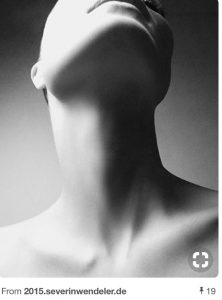
When drawing the composition: I used this neck as a reference to draw the girl looking up. I did not draw the entire face and started to fracksome of it off as if she was dissolving into the errie and mysterious lights floating around her. I had hands that were like flower petals and leaves come out of her, as if there was something in her that was releasing into the air but also connecting her which is why there are holes with stuff coming out of her
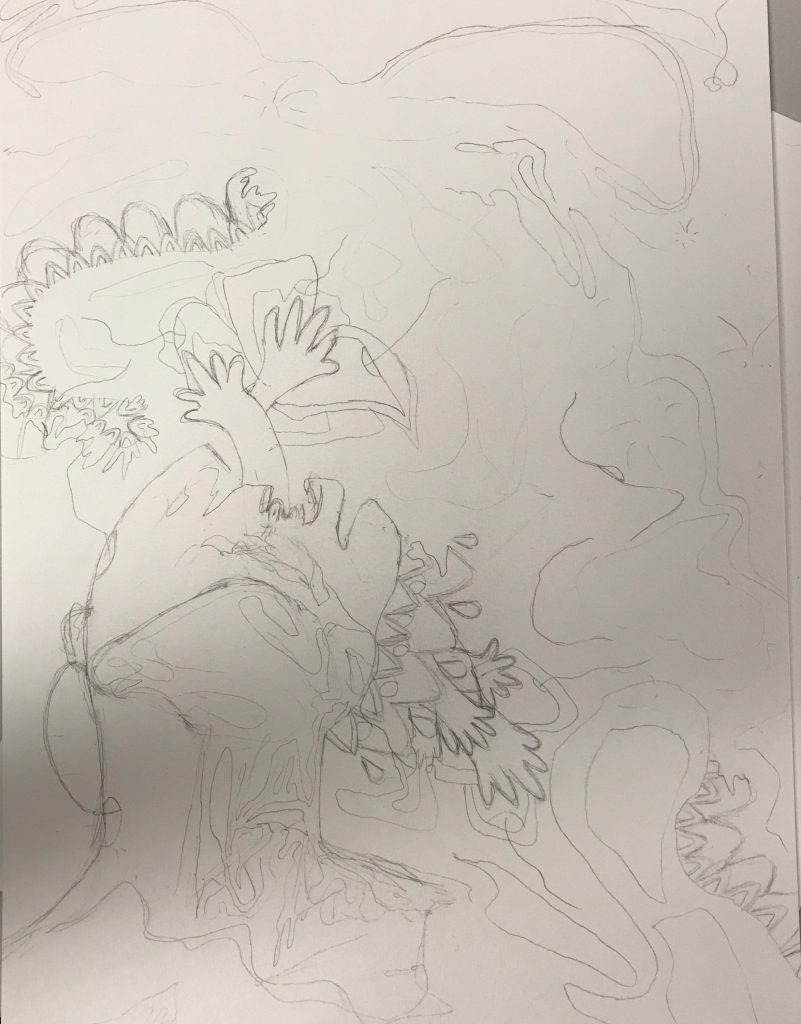
When doing the watercolor I tried to depict the colors and let them flow a lot by using the wet on wet technique. I used greens and blues to contrast the yellow and purple too. The yellow in the purple represents the lights, the green is like more of an organic plant feel, and the red and gold is like intoxication and danger in a way.
I was going to go over some parts with a micron pen to make more of the features realistic, but then I thought that would take a way from the free flowing affect. It would of created another affect too, and I would of liked it, but now when have adding the photos I am glad I choose to experiment without relying on the micron lines to paint more of the picture. My roommates said they say various things, and not a face.We were joking that the piece was like a mishmash of inkblot tests. They saw different things from each other, and its cool cause we all feel different connections. We all interpret uniquely, and that is special!
- final watercolor
. . .
Contact sheet: all these photos I took and I thought that these colors and application of textures would mesh well with the watercolor’s aesthetic.
All these photos I took, and I wanted to keep it that way to create a personal making element instead of using other people’s pictures from the internet.
- bacteria I painted
- bacteria on fabric after I painted it
- pastels from when I was using them
- the greenery of plants at the ocean
- tide pools full from a high tide several hours before
The feet on the street:
- I used the fill and opaque settings to manipulate how much the color would show through.
- This fit the theme of a night in urban France that I imagined and I wanted it to be hidden swirling in the back of her mind. That is why it looks hidden.
The ocean/tidepool pictures:
- For this layer I cut out the background and sky for two of the pictures.
- I used the fill and opaque settings to manipulate how much the color would show through.
- The water and rock formation texture can add an interesting effect of the idea of dried watercolor but wet water combining. Also, the one of my friend creates a paradoxical world element and the grass creates a juxtaposition. I did not realize till when trying to find an example of the song, that it was a cover song. The original song was done by Metronomy titled: “The Bay”. In this video it has a lot of the ocean, and I already knew the song had to do with the bay but it was just a coincidence because I did not add the ocean pictures for that reason. Also when seeing the video it reminded me of some of the beaches where I live. The pictures I took of the beach add an element of home to me, but these beaches don’t fully remind me of the beach in the video.
Pastels:
- For this layer I cut out the background.
-
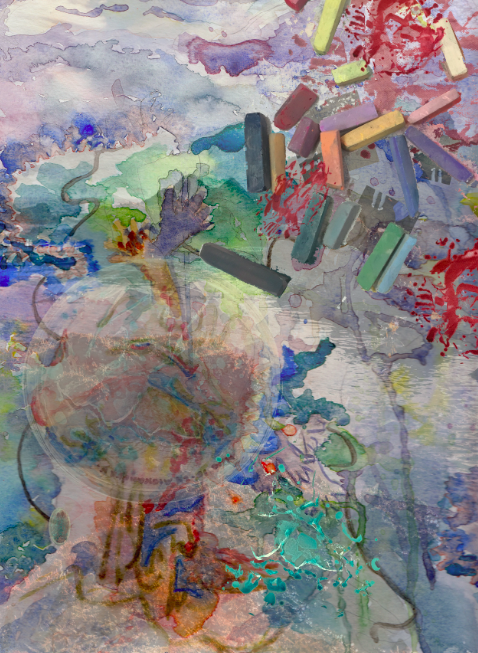
How I was going to complete the piece, but then did not because Alaiyo challenged me add more.
I wanted to created a cool texture and effect as if they were laid on top of the picture and someone was creating and working on the composition. Showing how the mind continuously works, and the frequencies of sound is everywhere whether we can or cannot hear it or feel it.
Bacteria:
- For this layer I cut out the background and some elements.
- I used the fill and opaque settings to manipulate how much the color would show through.
- These pictures are from bacteria I painted last semester. It reminded me of the effect of the splatters I did when water coloring. I thought it would be cool to add into the piece since it was like something was overtaking the girl and the girl was contributing to that. Bacteria does that same thing. We contribute, but it also gets a grasp on to us, and can spread. The red bacteria was transferred onto a cloth, and I thought that texture was cool to add. I overlaid it on the holes I made on the girl, with the blue petri dish on top. I also put it in the corner of the composition and on top of the pastels to create the spreading effect. Pastels hold into the skin and spread as well. Therefore I thought it was fitting. The blue bacteria was while Iwas in the process of painting it. I thought it would be cool to show the idea of containment, breaking, spreading, and moving. I overlaid the dish on top of the girl’s face, and positioned it so that some of the things coming out of her looked like it was coming out of some of the cracks in the goo within the dish. I also eliminated the dish and just had the blue bacteria to show it fully out onto the collarbone of the skin and not in the dish anymore.
The final piece:
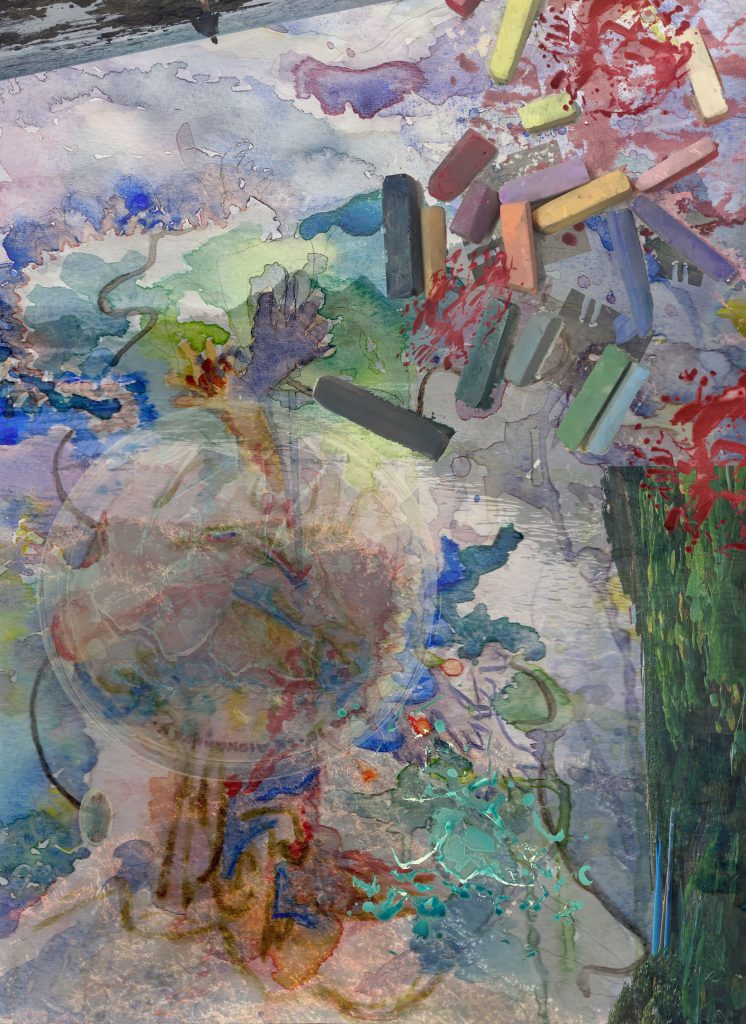
I enjoyed this project a lot it was really fun and a good way how to use layers and the tools on Photoshop. I wish Photoshop had more of a command Z usage like Illustrator does, but it is personally good to learn to not get used to the luxury of command Z to become more patient with technological applications. I tried and desired between using or not to use to the fill and brush tools, but I realized that because I wanted the composition to blend together instead of look like a more obvious collage that it needed to be minimalist. I am glad I got to blend an imaginary vision that somehow altered to fit some of my personal connections to the ocean.
Comprehending Celery Through Different Art Forms ~ 1st Year
Over the course of the past few weeks I have been studying celery. I think this ties in a lot with the idea of patience. When taking the time to look , more than the average minute or even few hours you can discover a lot of context you would have realized was never there. Some characteristics of celery I noticed: many different tones of greens that contrast, but at the same time blend together. I thought that the celery would turn brown quickly but it did not, it remains green for a while. There are many intersecting lines, as well as curves. The celery is quite moist when taken out of the fridge, but after 10 minutes it becomes dry on the outside, but is still wet on the inside. The leaves on celery have very small ridges that are straight, but still contain some curves just like the body of celery. When breaking apart the vegetable, sometimes it comes off whole, or some strings and strands peel off because each piece is bound together well. Overall celery has many different measurements and inconsistent by contrasting and sometimes making that a similarity.
I have not so far in my life been a big fan of eating celery, but now starting to really appreciate its form out of many other vegetables. It does not rot fast, it holds water, and acts like a vessel, the way it is constructed can lead to other findings of how to construct stuff. I think it would be useful for space thiea of boiling water in a structure and even the models of how it combines.
First set of pictures:
These are my first set of photos, I wanted to document the celery in a creative way showcasing the body and certain sections of it in the way of still knowing that it was celery. The lighting was quite poor where I took these and it effected some of the coloration of how the vegetable looks. I learned what drastic difference lighting can make on this vegetable.
Measurements and drawing:
For the measurements, I measured each section of the celery. I did a planar cut, transverse cut, and did a planar drawing on the vegetable. After that I measured out all the angles and lines of the celery stock. Its hard to see but there are more lines, they just came out light in the image below:
Planar: I noticed how much negative and positive space celery holds. The leaves fill in gaps, or other parts of the celery stock shade in the holes. There are small little circles in the planar view of the celery and a gap. The size of the celery which is kind f shaped like a bean, stays similar in size but all individual pieces are not the same.
Transverse: The leaves almost have shorter measurements and ridges, and the celery has small ridges in the stock. (two drawings were done for this cut)

Plane: This was difficult at first because I felt that the celery would have more curvature, it ended up being quite slight instead of drastic change. More of the curves and twists were at the bottom root area to the stock. Then where there divergence occurs it changes a tiny bit, but stays still at a constant distance pattern.
- The right drawing is the plane drawing, and the left drawing is one of the transverse cuts.
These are my second set of photos, I gathered the comments given in class, and decided to retake them.
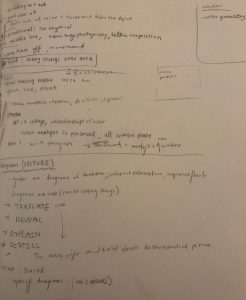
Better lighting was important, so I choose a location with white walls, tables, and floors, so that the lighting could bounce off and make it more of a natural lighting effect.I zoomed in more and broke the celery. In doing so, I learned that the celery when broken can get stringy, and is easy and hard to break it depends. This inspired to diagram the drawings with more of that kind of effect.
Turning Celery into a Diagram:
When drawing the diagram of celery, I found that this vegetable actually holds lots of straight edges. Those slight curves at a glance make such a difference making the shape seem so much more rounded. It is a lot of straight slight lines that occasional curve that make that illusion. Of course the top part looking at the planar cut is very rounded which is the interesting part. It was fun to learn in this way, and to be able to tie in abstract and realism in a creative form.
- 3 diagrams are in this picture
Color Wheel:
For the color wheel, being inspired by how celery holds many colors and textures I was curious to see how on the street if I could find those colors. It was extremely rare to find those colors, here is what I found in two hours of searching:
Then those stings inspired me to make a necklace, so at the bead store I looked for colors that matched.
Final color wheel:
- overlaid three pictures I took of the celery to see the different tones of color they hold
- overlaid beads from the pictures above that match the color scheme of celery
- necklace
Folding Celery Out of Paper:
Folding these structures was a challenge because it was hard to get the paper to stay still. It was fun to turn some of the diagrams into a three dimensional object.
For photographing these I wanted to how the light and the way that it hits the paper and the folds. That is why it is in black and white.I used my coat which has some texture and laid it on top and had one warm lightbulb slightly casted onto the paper.
1st diagram: entire stock of celery
2nd diagram: small round of celery that you see at the planar cut
3rd diagram: inspired by abstracted diagram drawing
4th diagram:one piece of the stock
- front
- back
- front
- back
5th diagram: stock of celery
- front
- back
6th diagram: stock of celery inspired by the diagram
- front
- back
7th diagram: small round of celery that you see at the planar cut
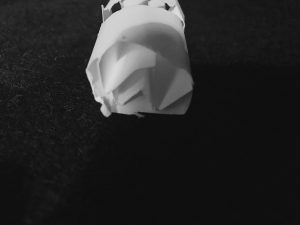
(all structures were held together only by paper, not by glue)
Folding a holder for the celery:
Brainstorming ideas of what to make:
I decided wanted to create a backpack. The final backpack after learning from this prototype would not be made out of paper ideally but out of a material that would be biodegradable. There is a lot of attention on reusing bags at the store, but not that many people talk about the vegetable bags. Also farmers and people on the go can use this product by quickly placing their item on the bag instead of it bumping together in the bag.
The first attempt I made right triangles and accordion folded them then unfolded them and cut on 3 parts of the triangle to connect that triangle that would connect to the duplicates made in an attempt to make a backpack. It worked, but then when placed down and then picked up, some parts would fall apart. I almost made the entire bag, I just had the straps left. But was this design ideal, not it was not. It was a study leading to another style of folding.
- binding some of the pieces together
- the bag holds more parts of the module
- measurements to cut
The second attempt I cut small rectangles and folded them into small triangles. I started to connect the triangles into a backpack. It was working, but once again parts of it would fall apart.
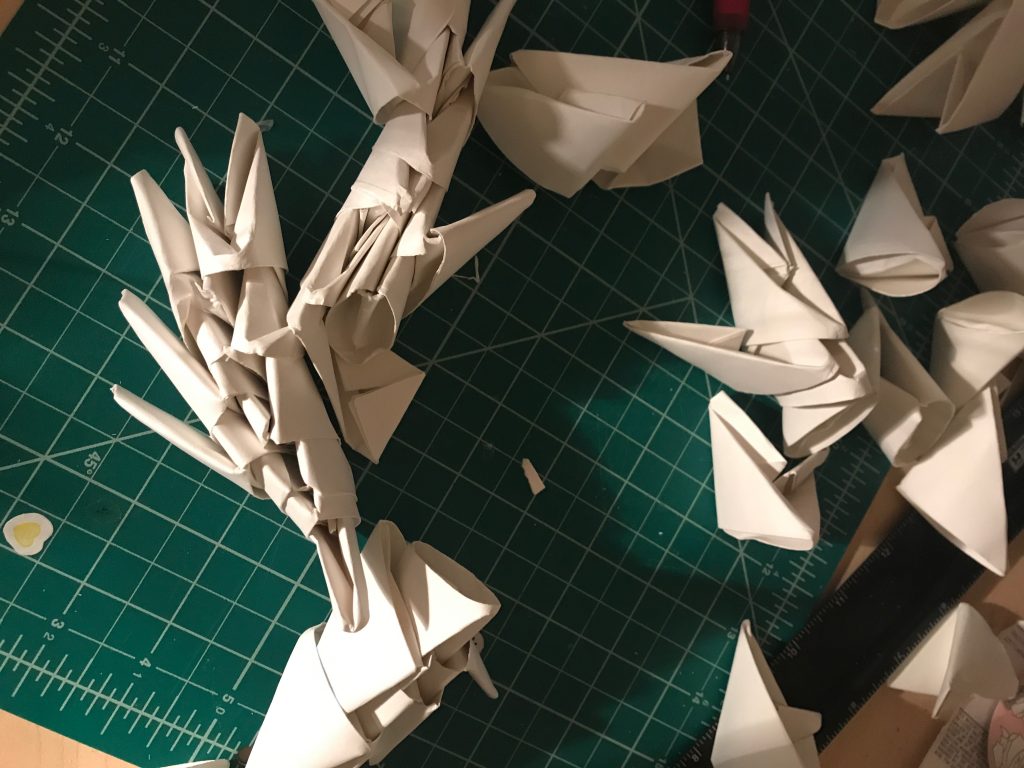
The third attempt I used that same triangle design but connected them differently. This time adding a strip of paper in-between as a chain link. I made them into earrings, and a srunchie that doubled as a holder. This structure I found when adding a strip can be manipulated into many different designs. Almost like the idea of how Legos can be build into many structures. Bur this is versatile in holding stuff as well as sculptural and taking on many helpful forms.
I also took more precise measurements to make sure that they would fit together and how many I would need to make:
- earrings can hold celery as well
- You can make the earrings as long and short as you want to by adding or subtracting triangles. Also, they can become wider by placing the triangles into each other without the stripe width-wise.
diagram folding of the celery holder:
(all attempts were held together only by paper, not by glue.
Armor + Wearable:
(all attempts were bound together by wire or held by its own pressure)
brainstorming:
- last two on the right I decided to create
First attempt:
I started to collect metal scraps and had clothes hangers that I had found a while ago to create a wearable that connected at the ears. This design was going to be based off of the lines and slight curves celery holds, and inspired by some of the diagrams I had made.
I got half of the wearable’s frame done and even made a second set of sketches to improve the base, but decided to scratch that idea for using used spoons.
- second set of sketches
- second set of sketches pink signifies the new parts
- Alex moved her arm upwards so the detail can be shown, this was longer but it folds too this is being shown as the short choice.
- the earpiece supports the piece on the body
- long full length version, this image cut off the full piece
- folded version: short choice
Second attempt:
Over the years I have been collecting spoons and reusing them, instead of throwing them away because that adds to waste. I was planning on using these spoons as a small part of my garment. It thought it would be interesting to only use the limited amount I had which was around 20 or less to make a piece. I ended up using way less than half of that amount. My goal was to make something that would connect to the ear so I kept that idea. I broke the spoons, put a hole in them with a alm and mallet, and then connected them with wire and close pins to create an earring accessory that can protect the back of the neck. This would be ideal for bicycle rider riders and their helmets since the back of the neck isn’t protected. Also this would be good for neck support when further developed. This is a prototype and I think there is a better placement than wire that could be used for this.
Making and Testing:
- less spoons where used than what is shown here.
- an attempt to take a picture so I could see how what sections to keep building on
Measurements and diagram of the armor:
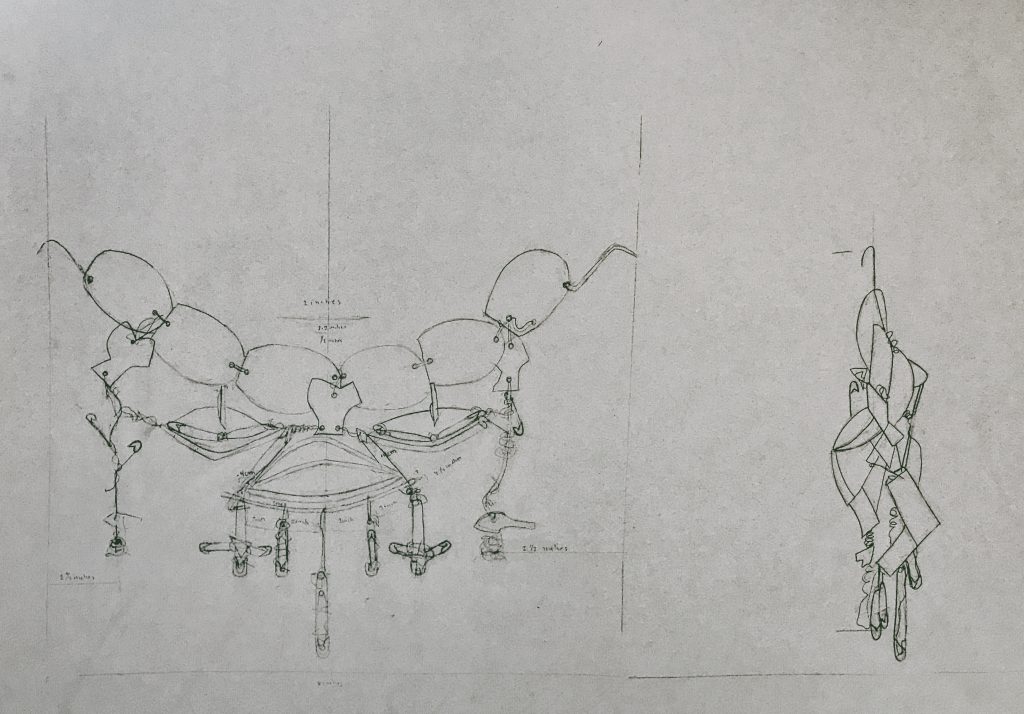
The drawing depicts the front and side view of the armor. The front’s measurements are similar the back side.
The piece:
- front
- back
- testing to see if it holds its own weight
- A subtle accessory and good if someone does want it to be noticed. Also it can be like earrings in the front.
- we also realized this could become a mask, this even has a potential to be a necklace (there is not picture of it like a necklace)
Class Presentation + “Fashion Show”:
- Jasmine models the accessory for the class
